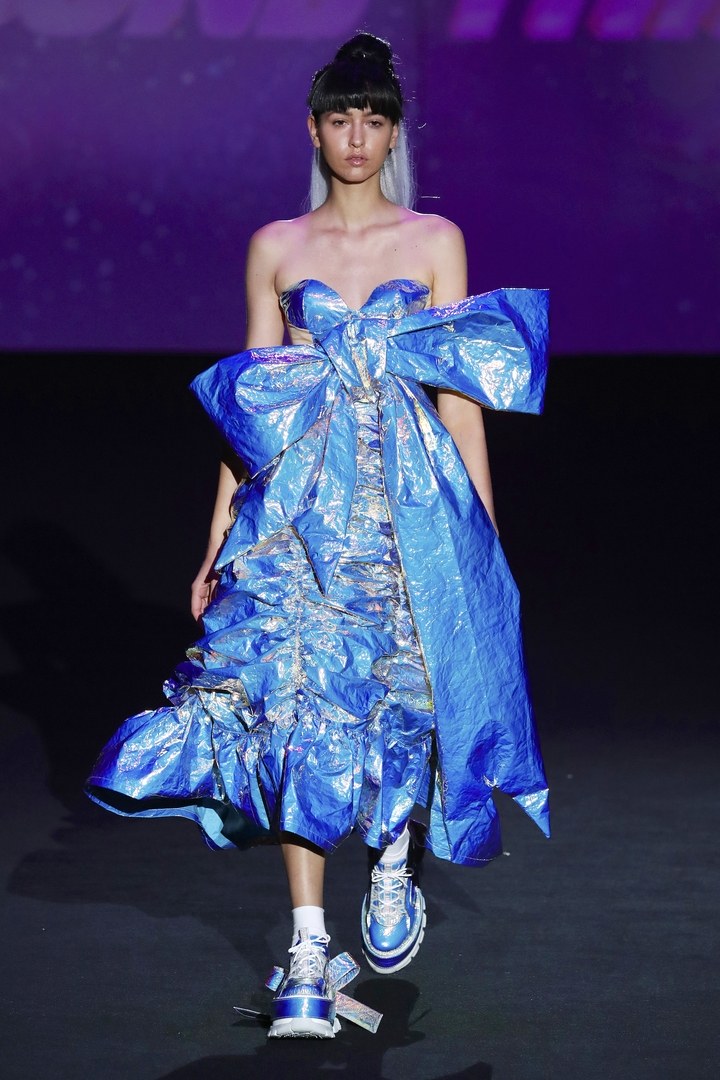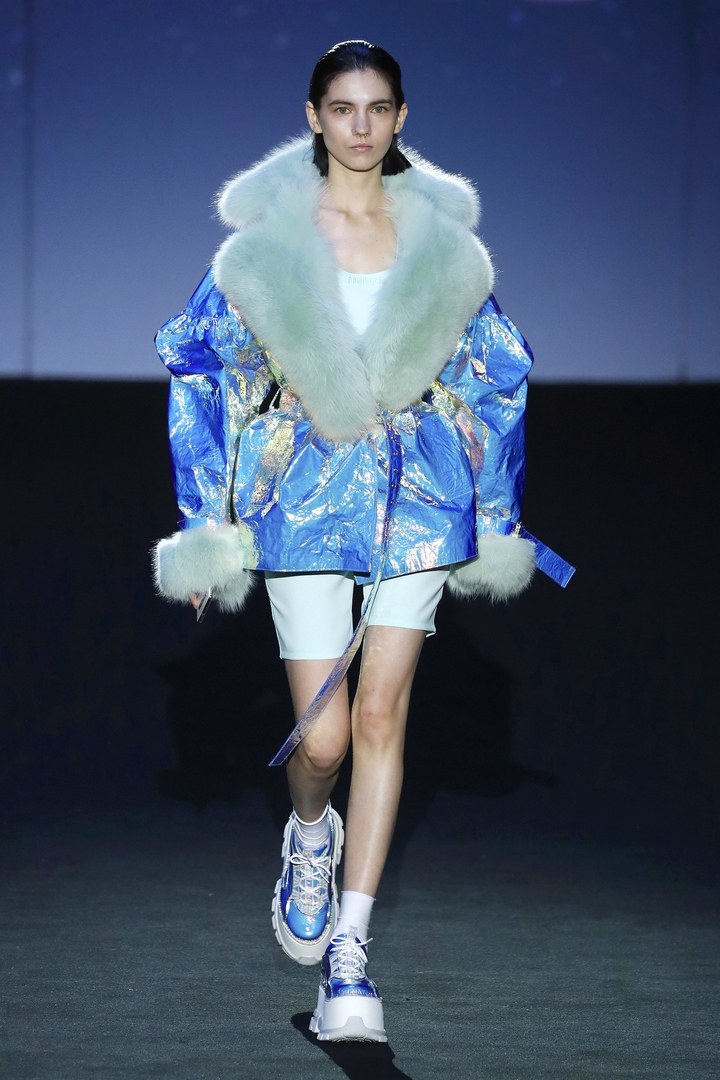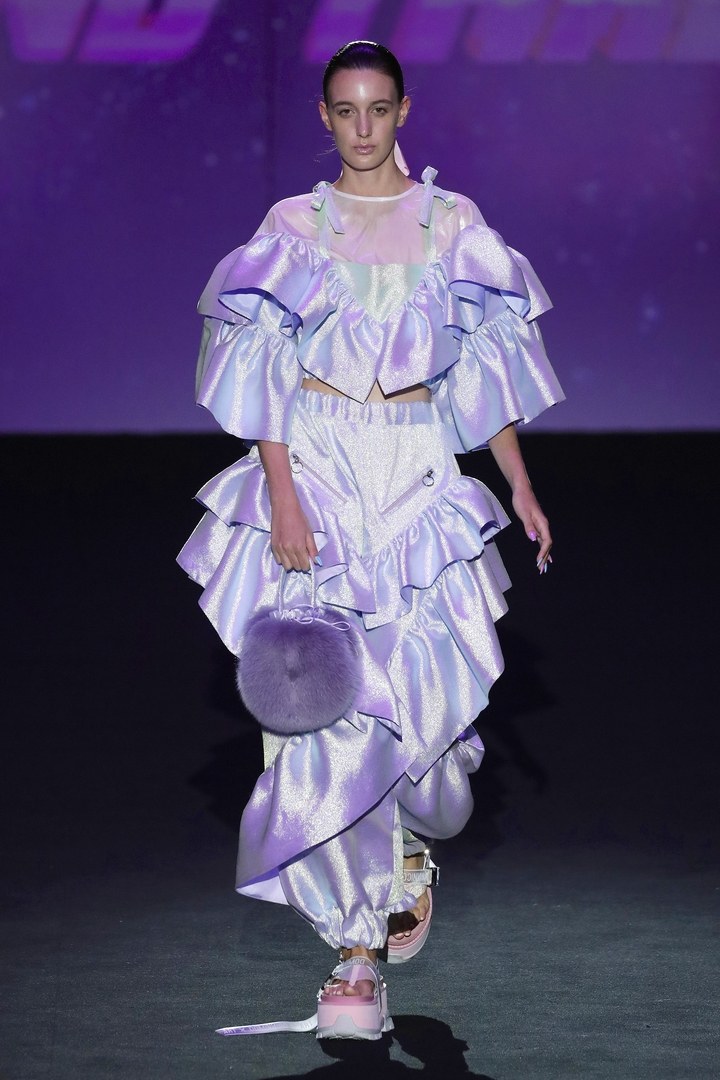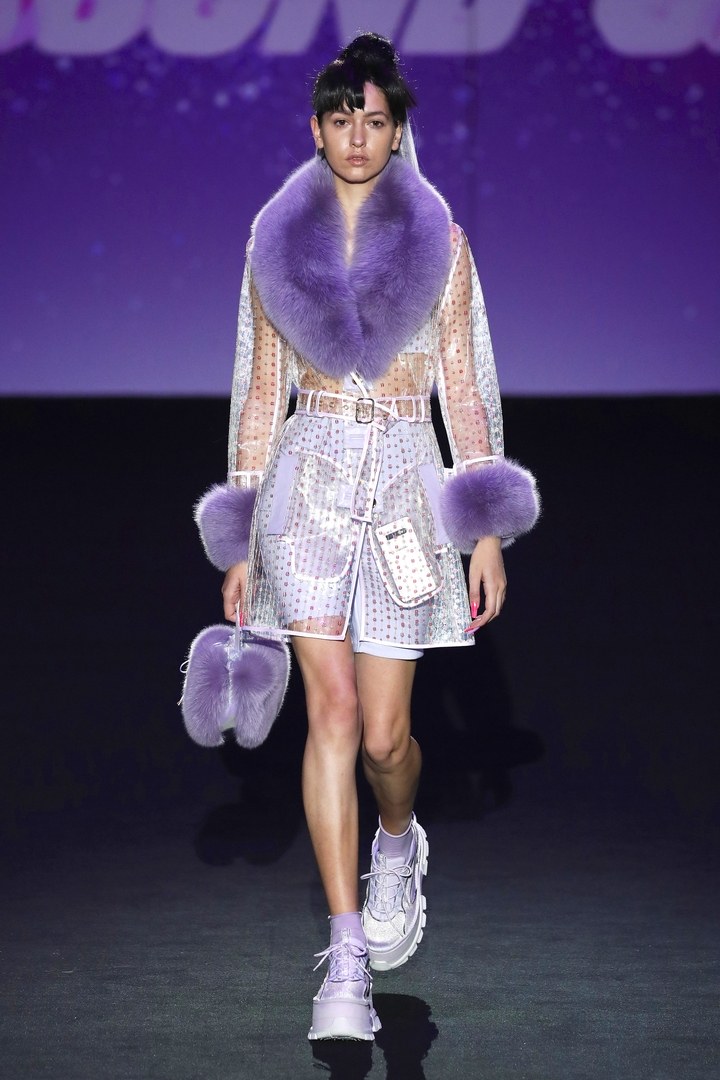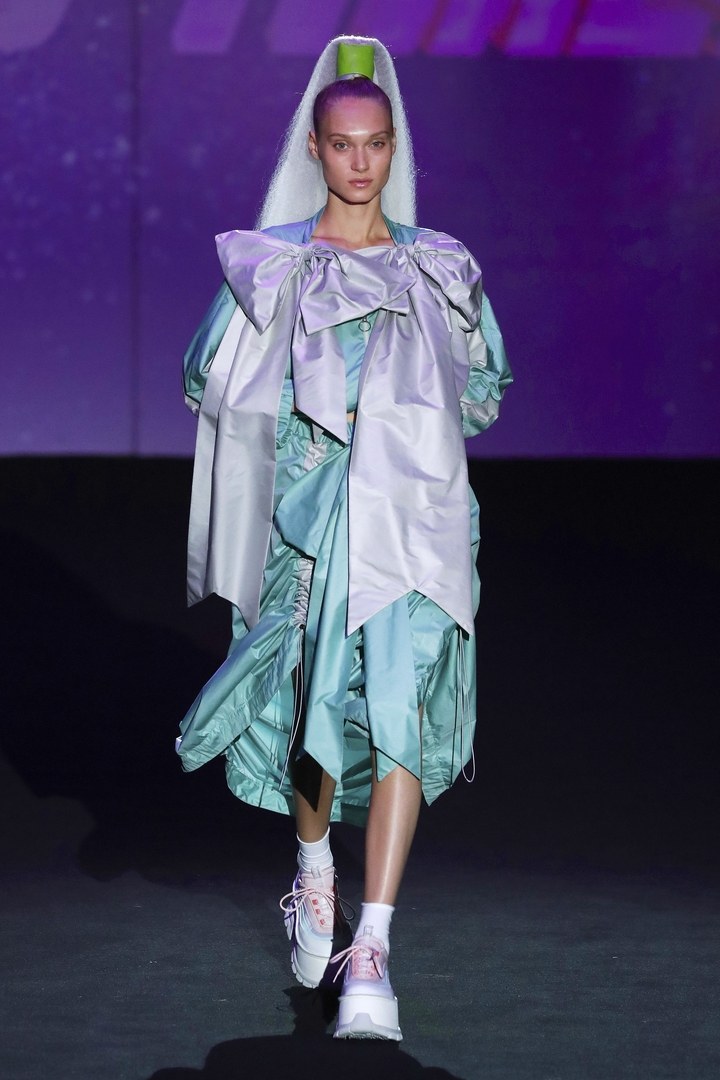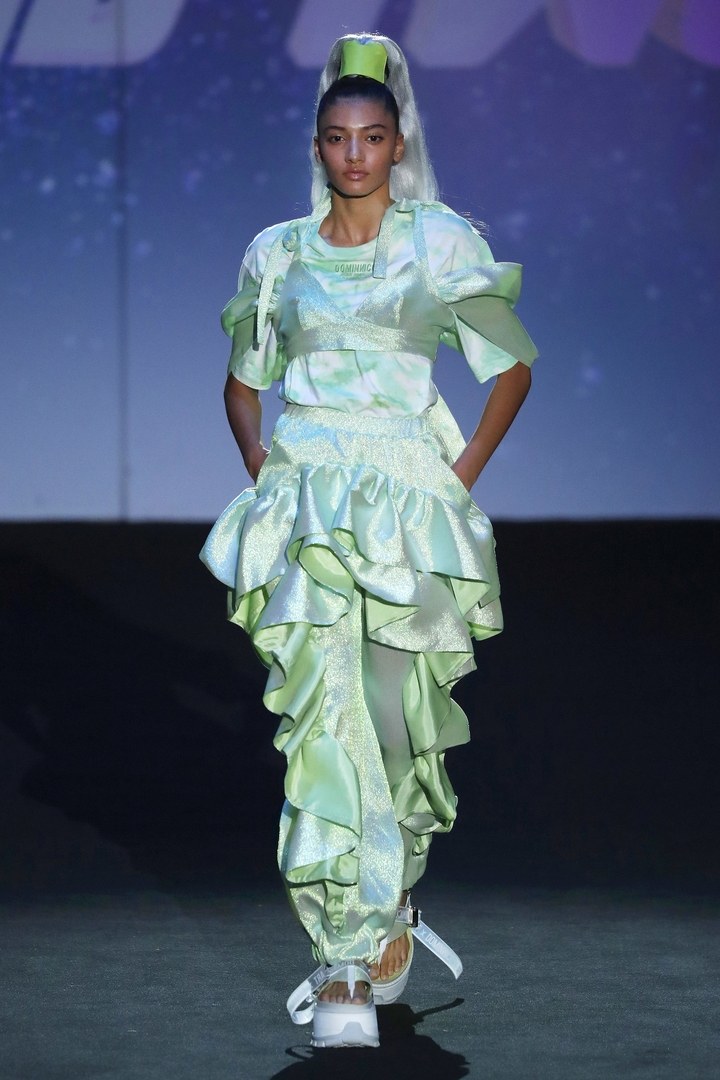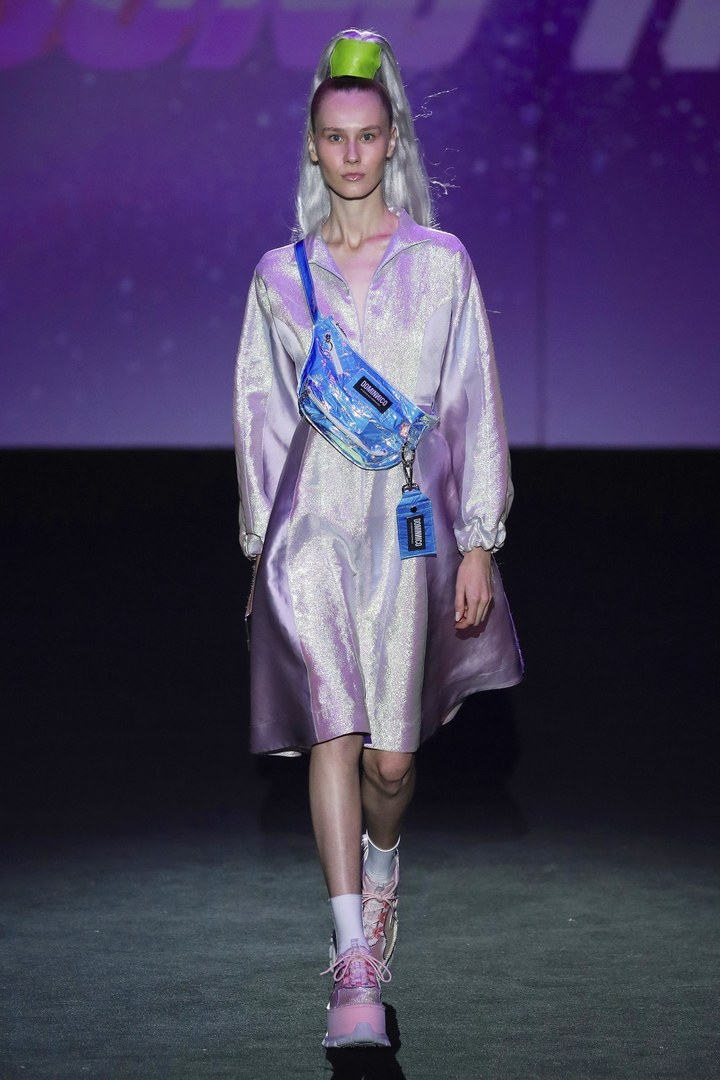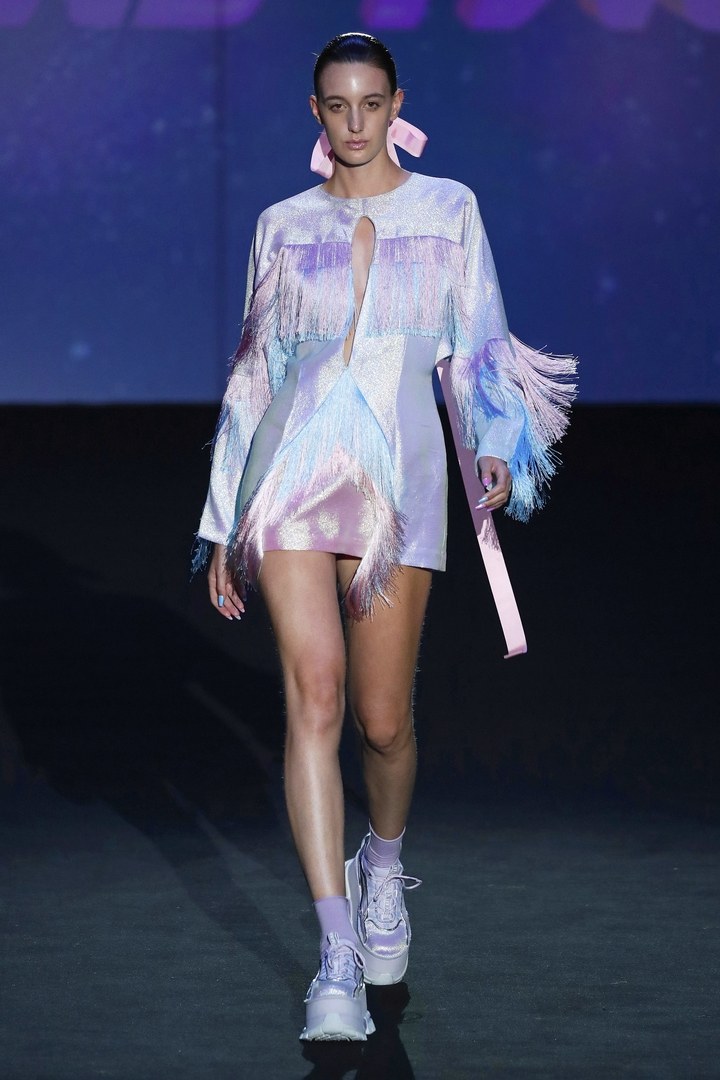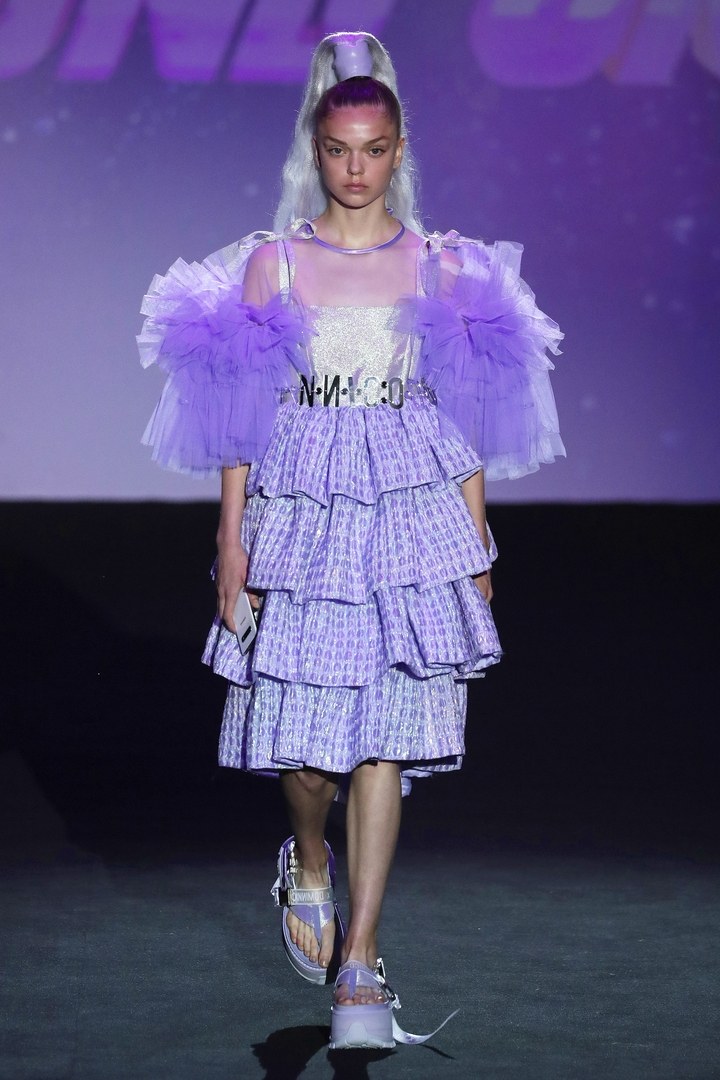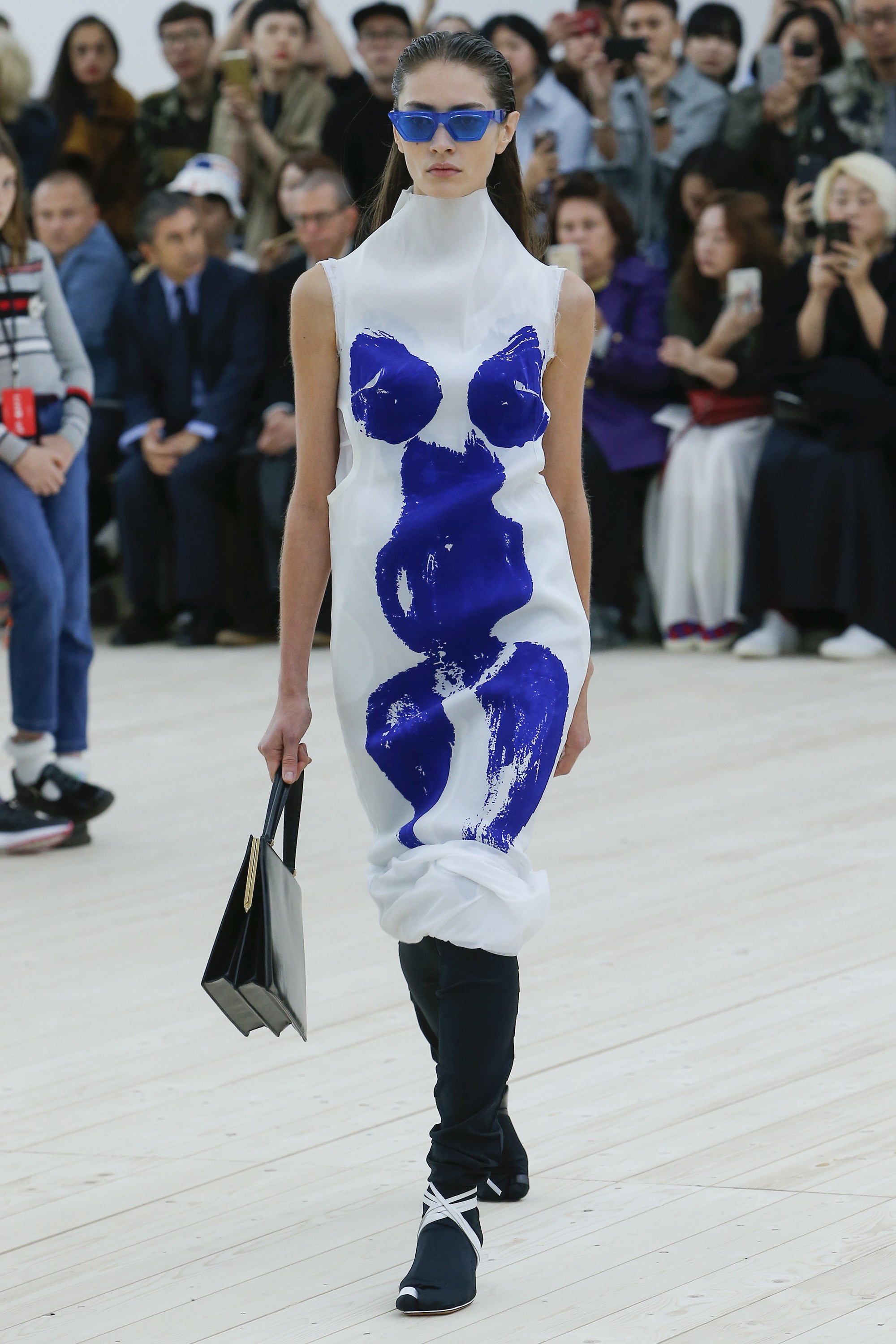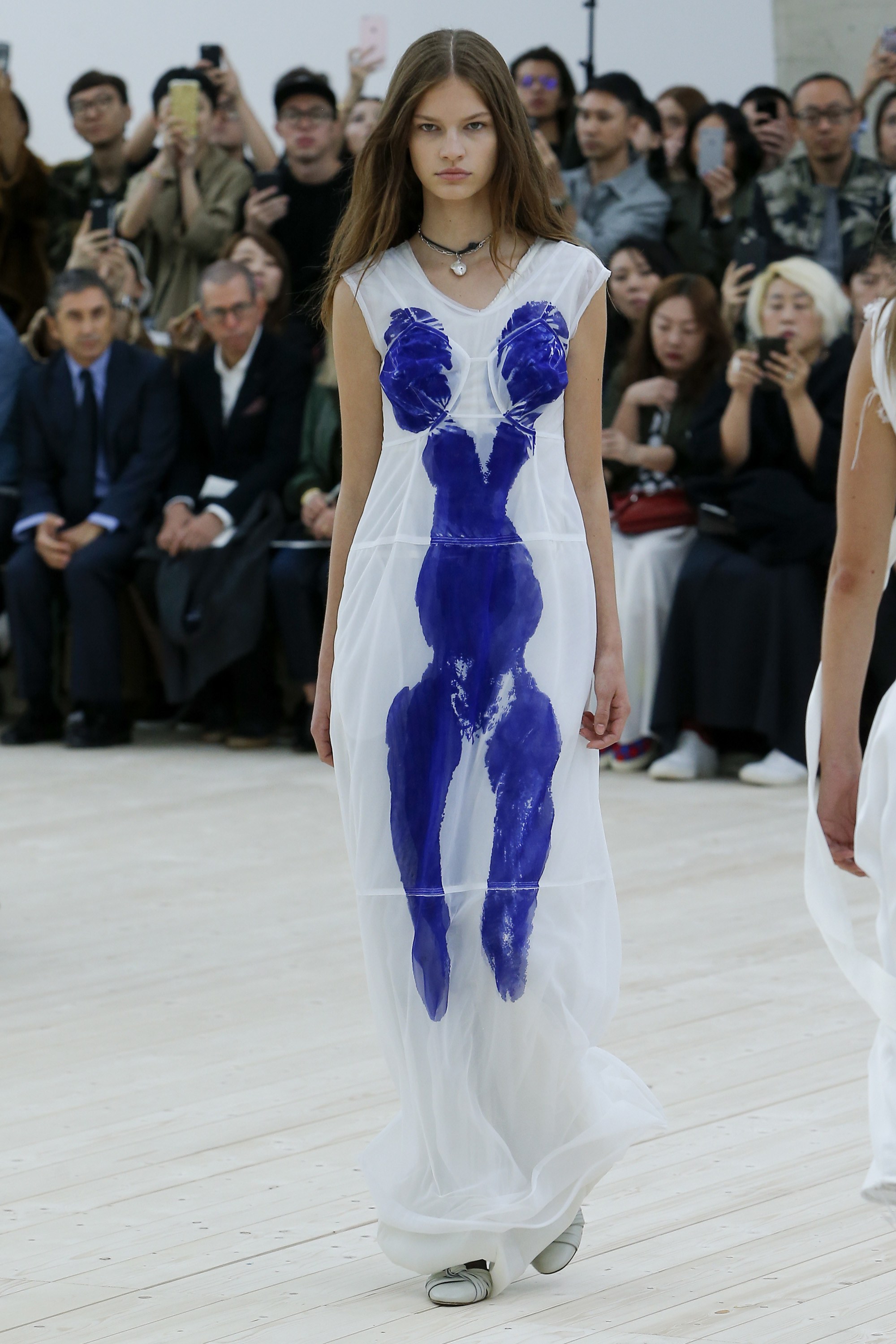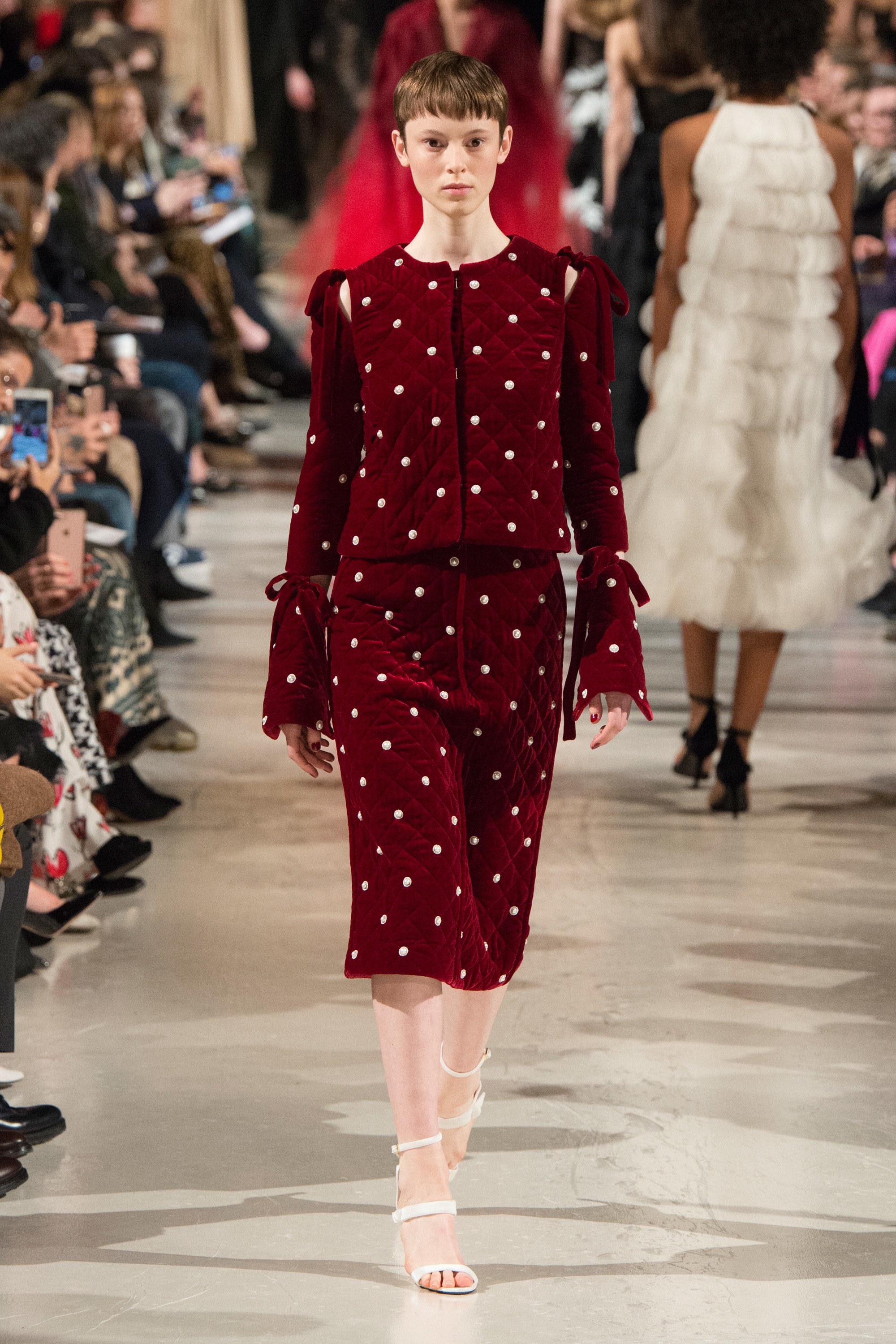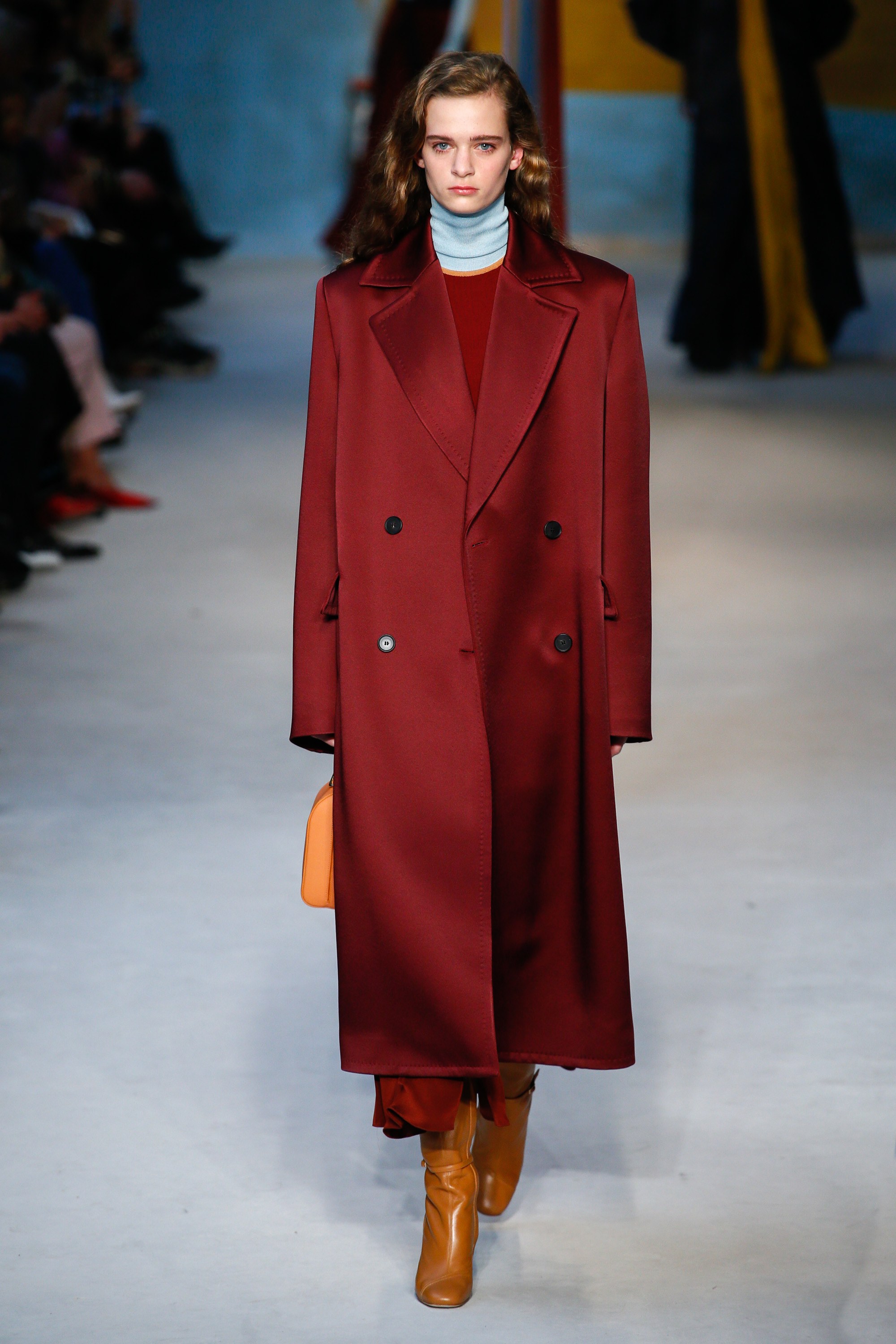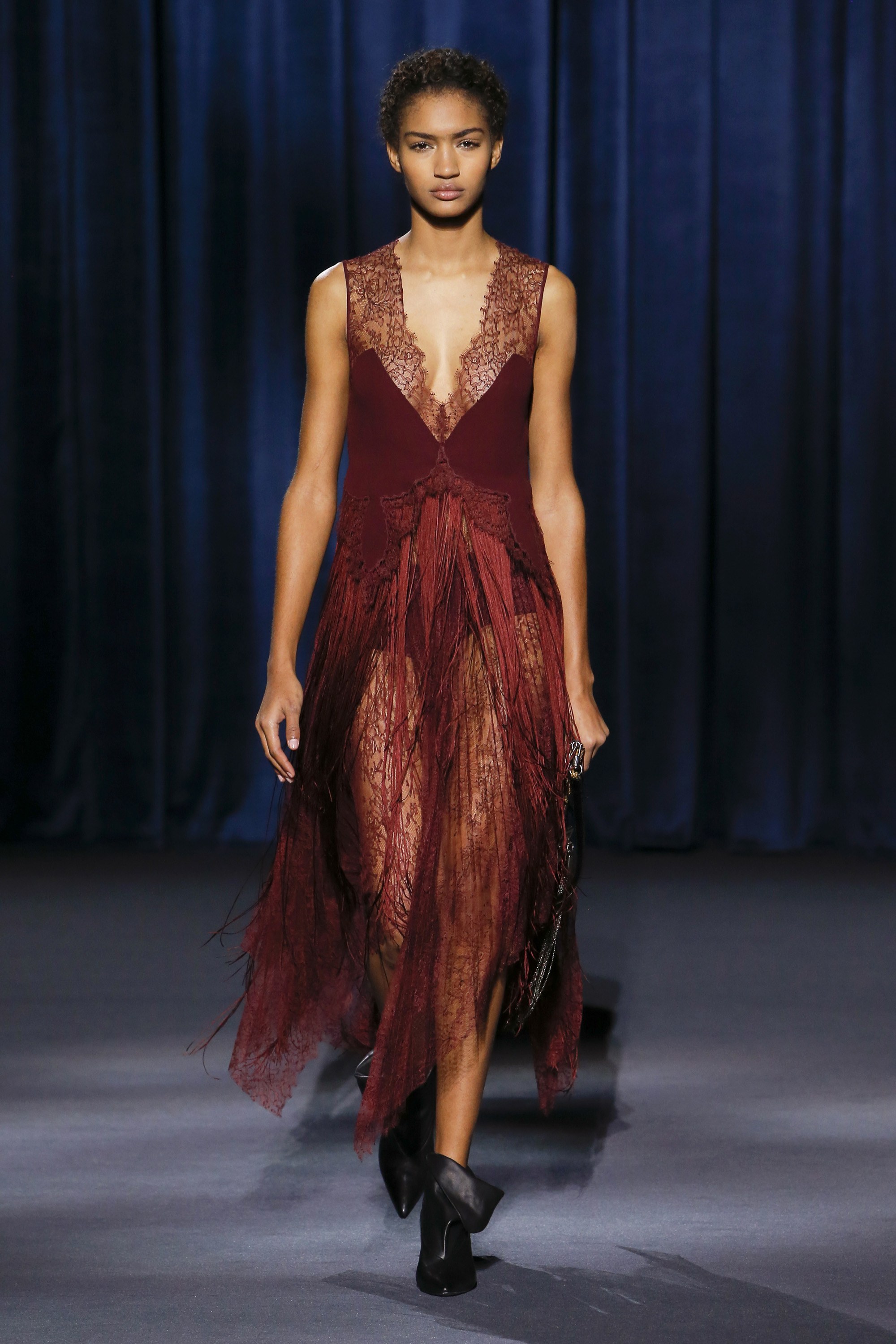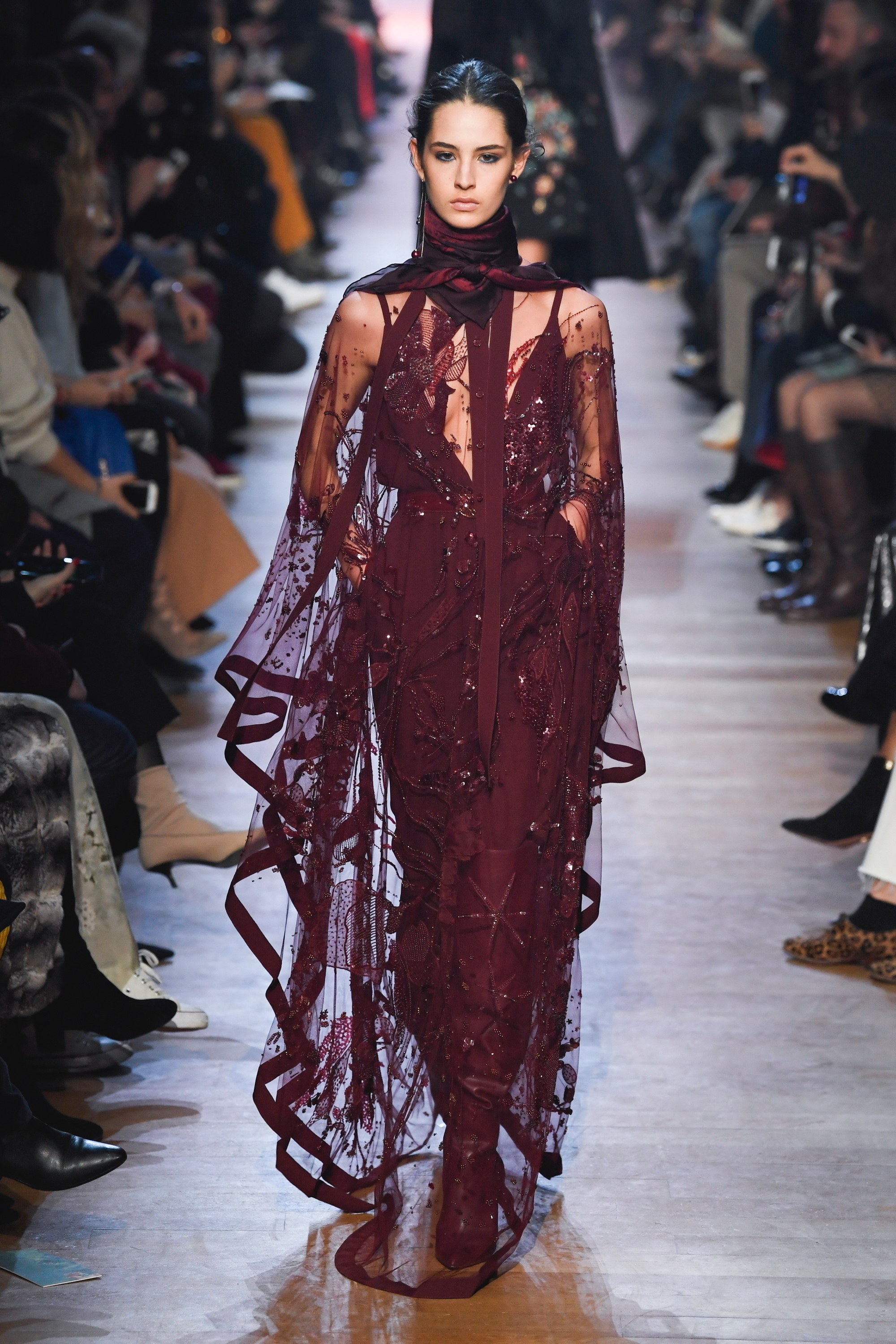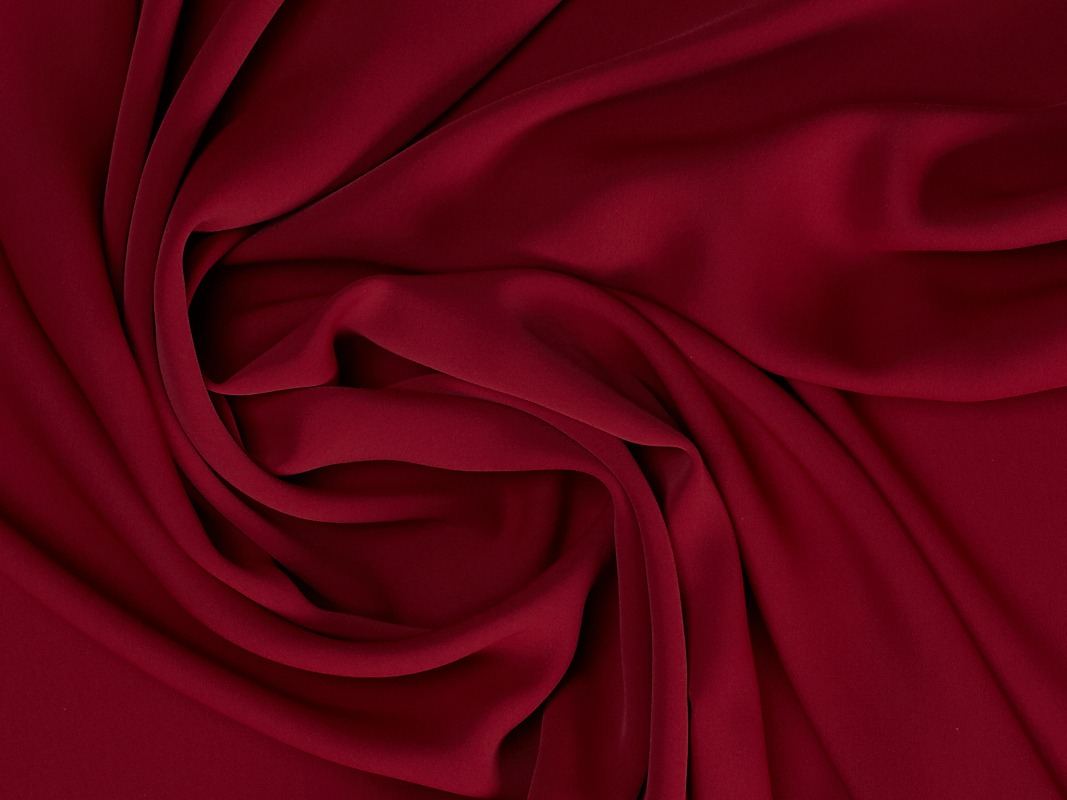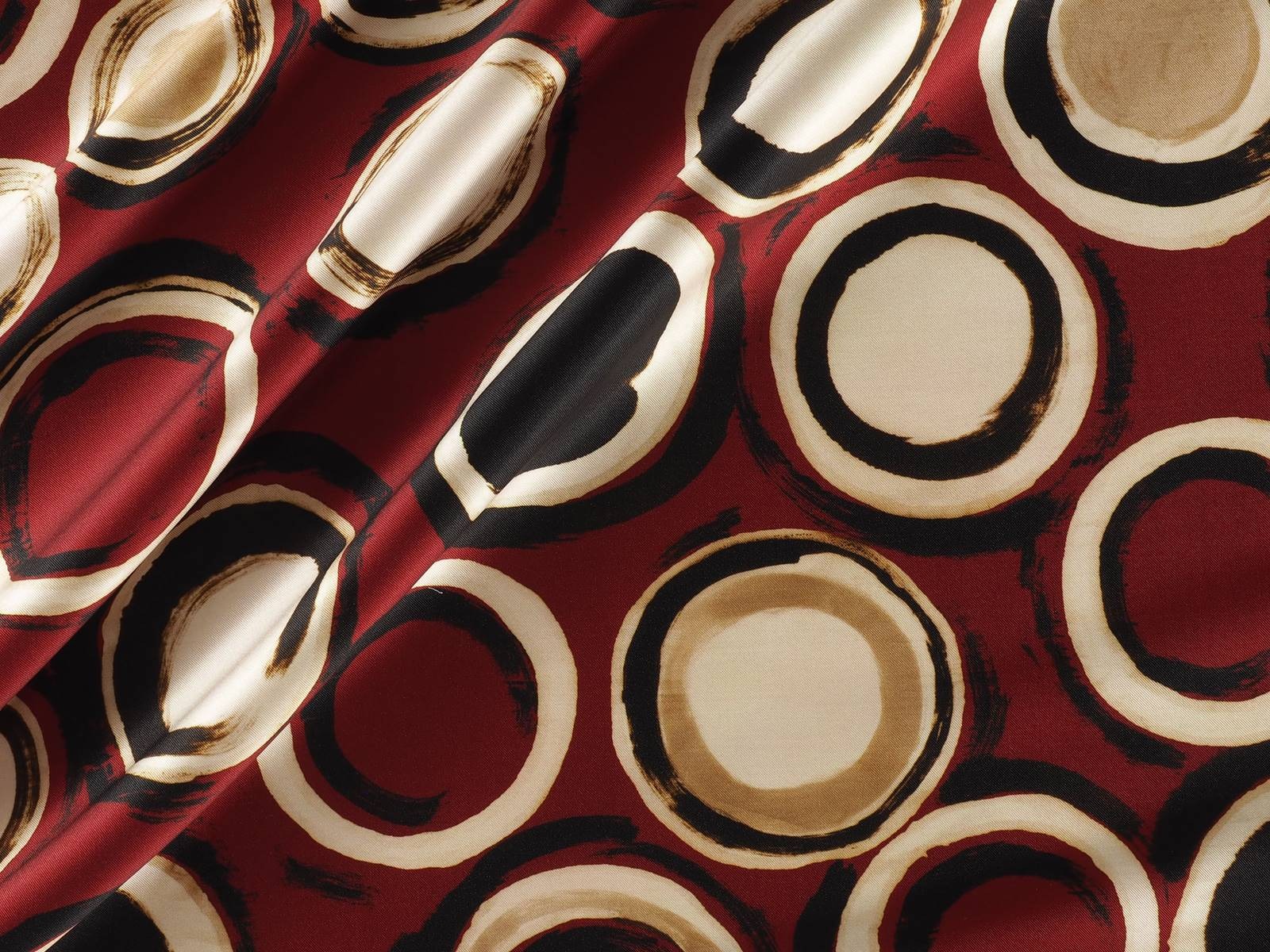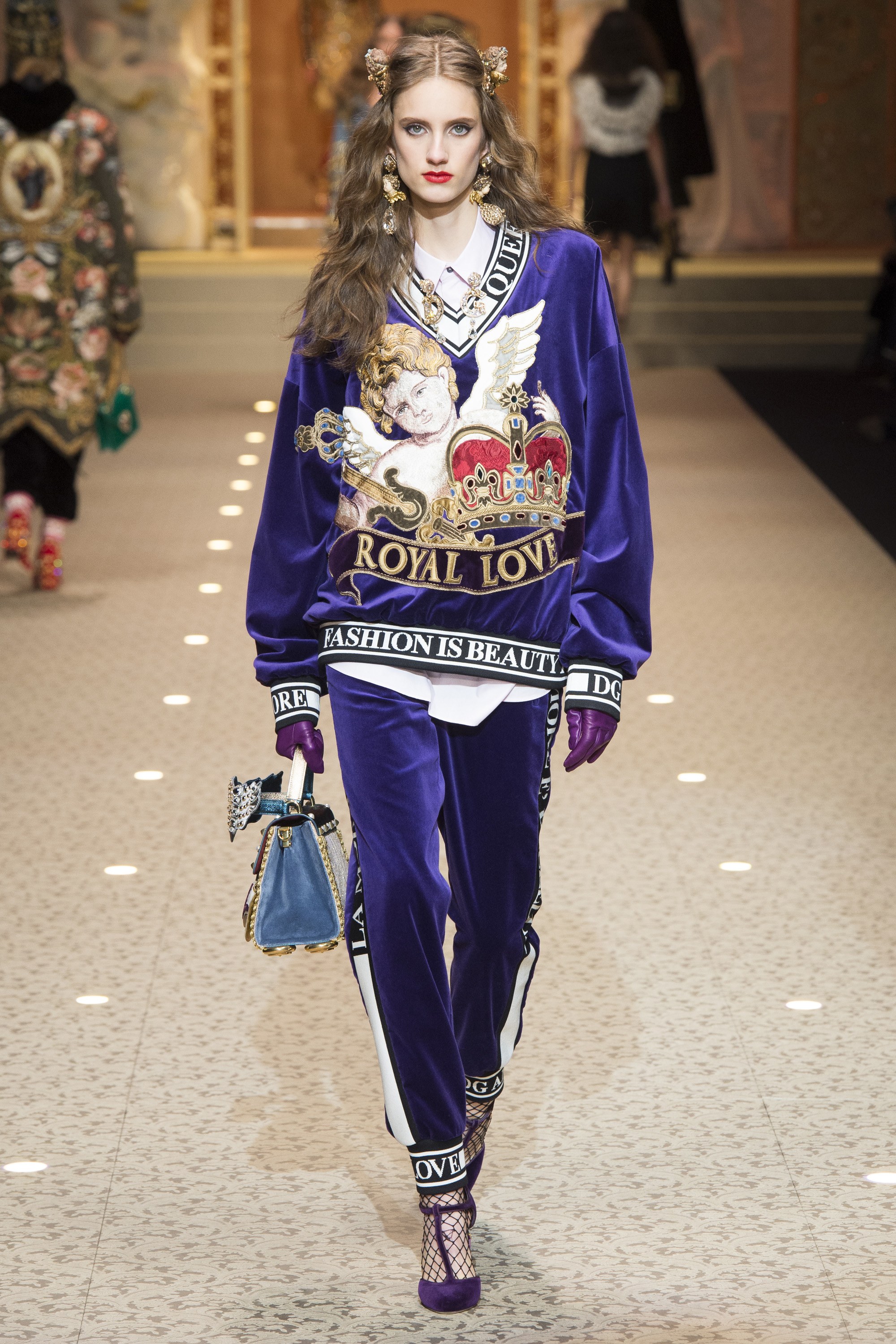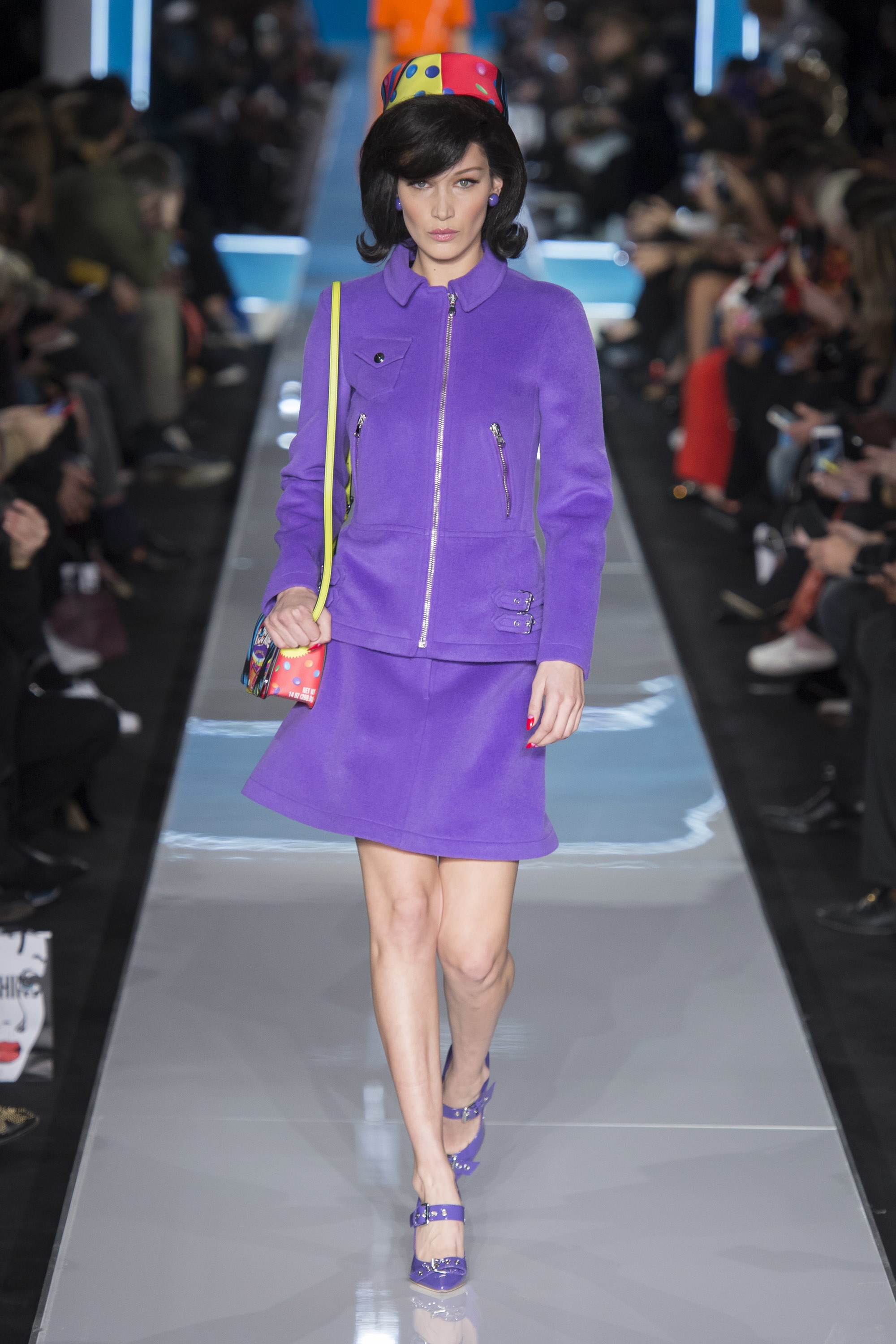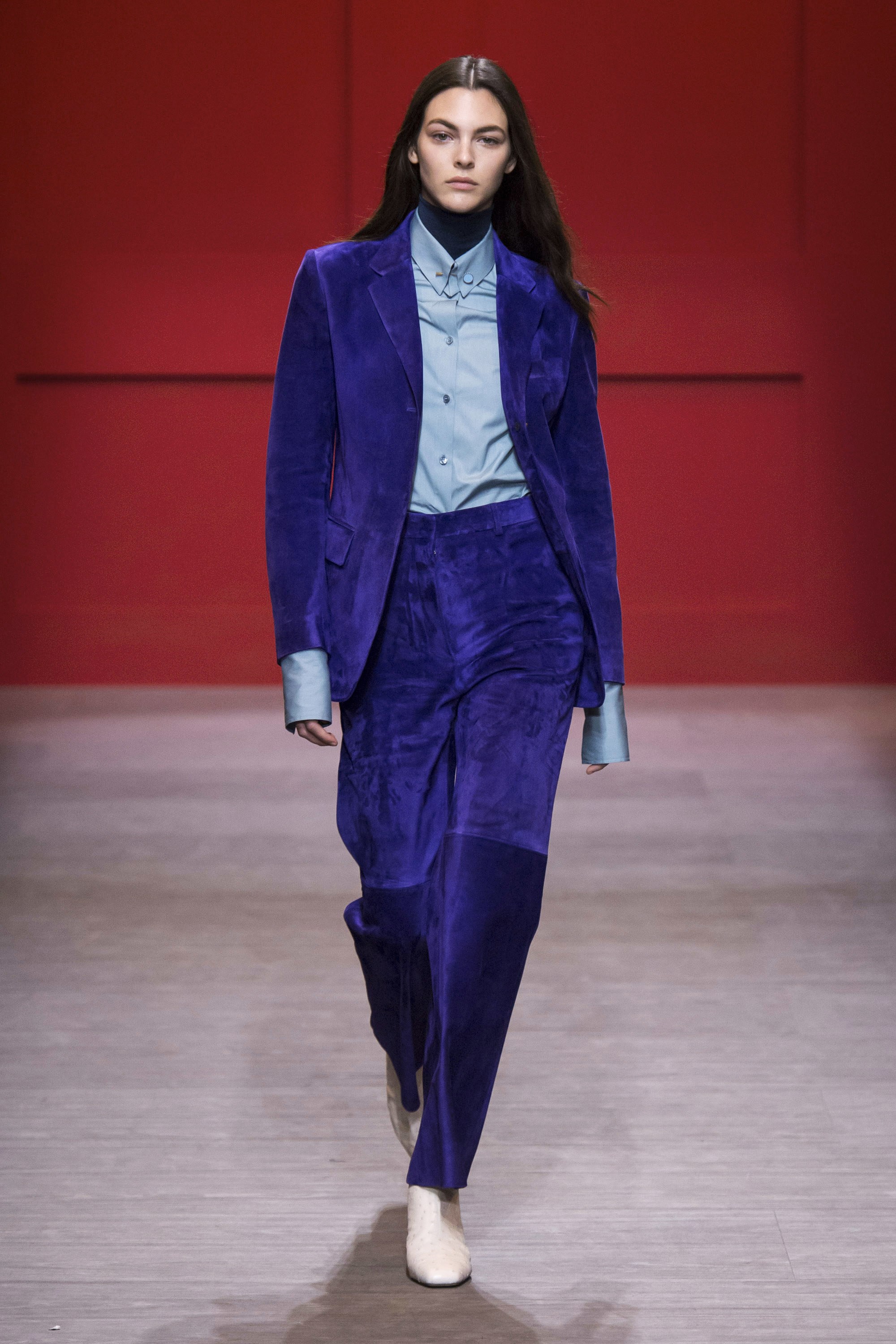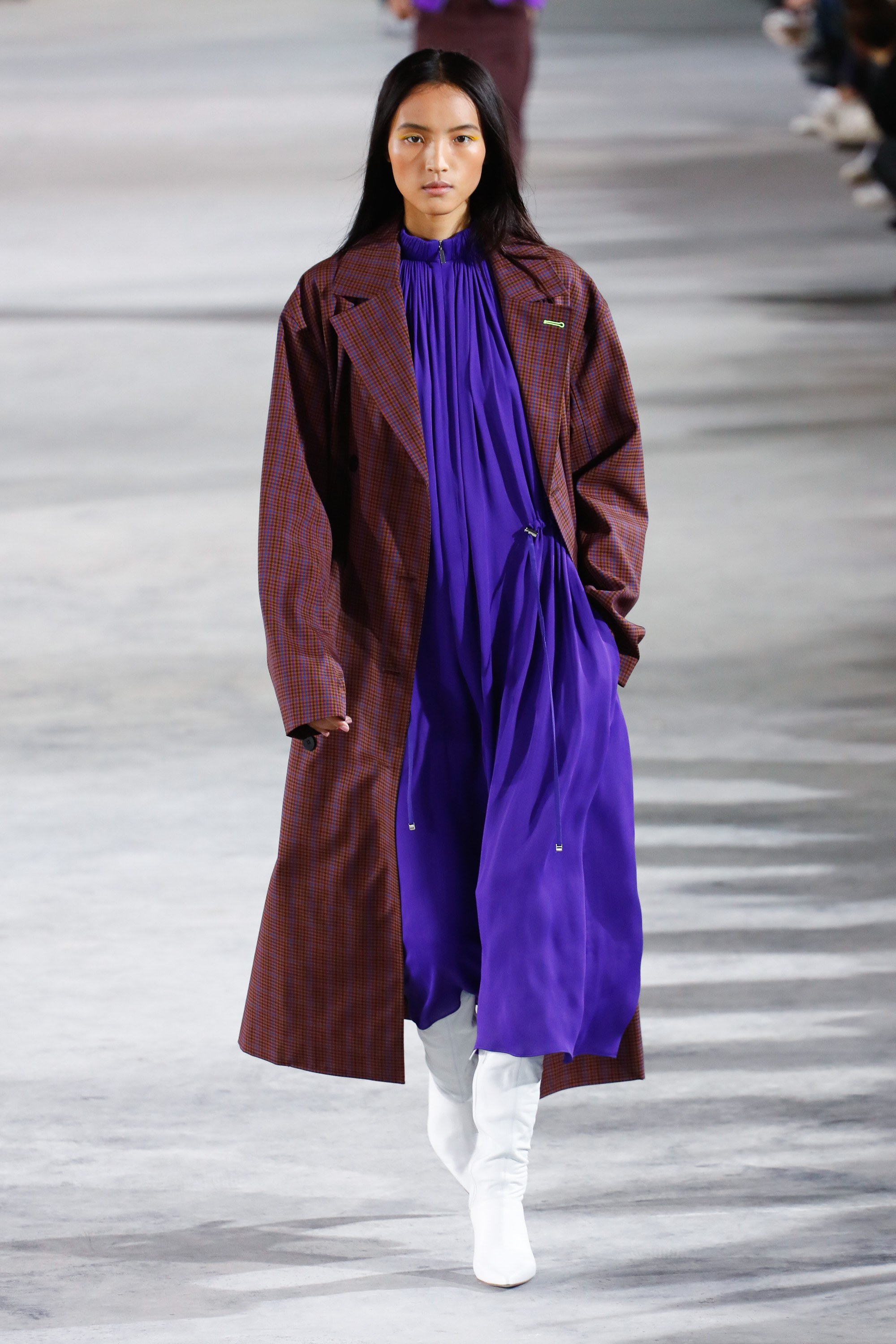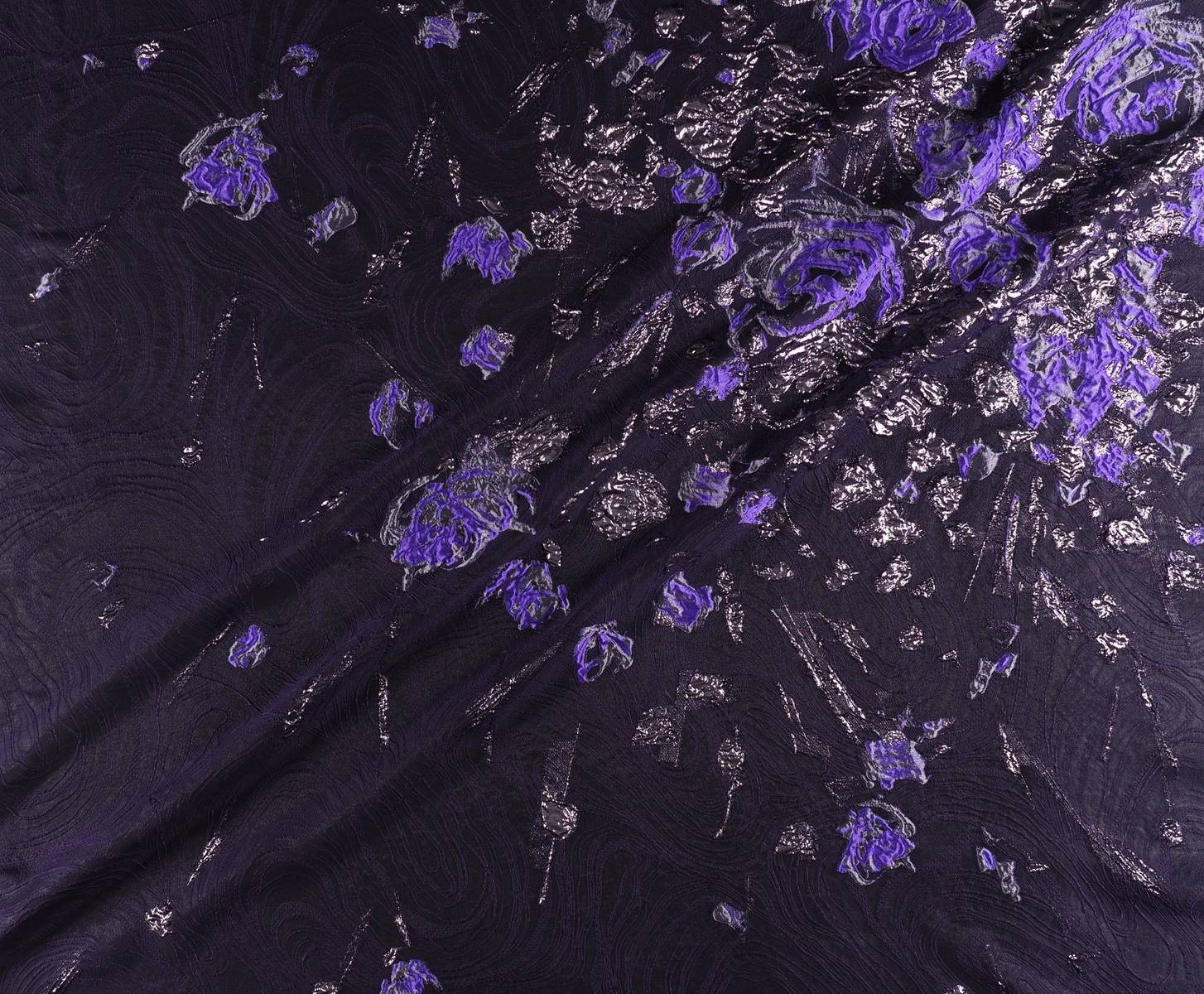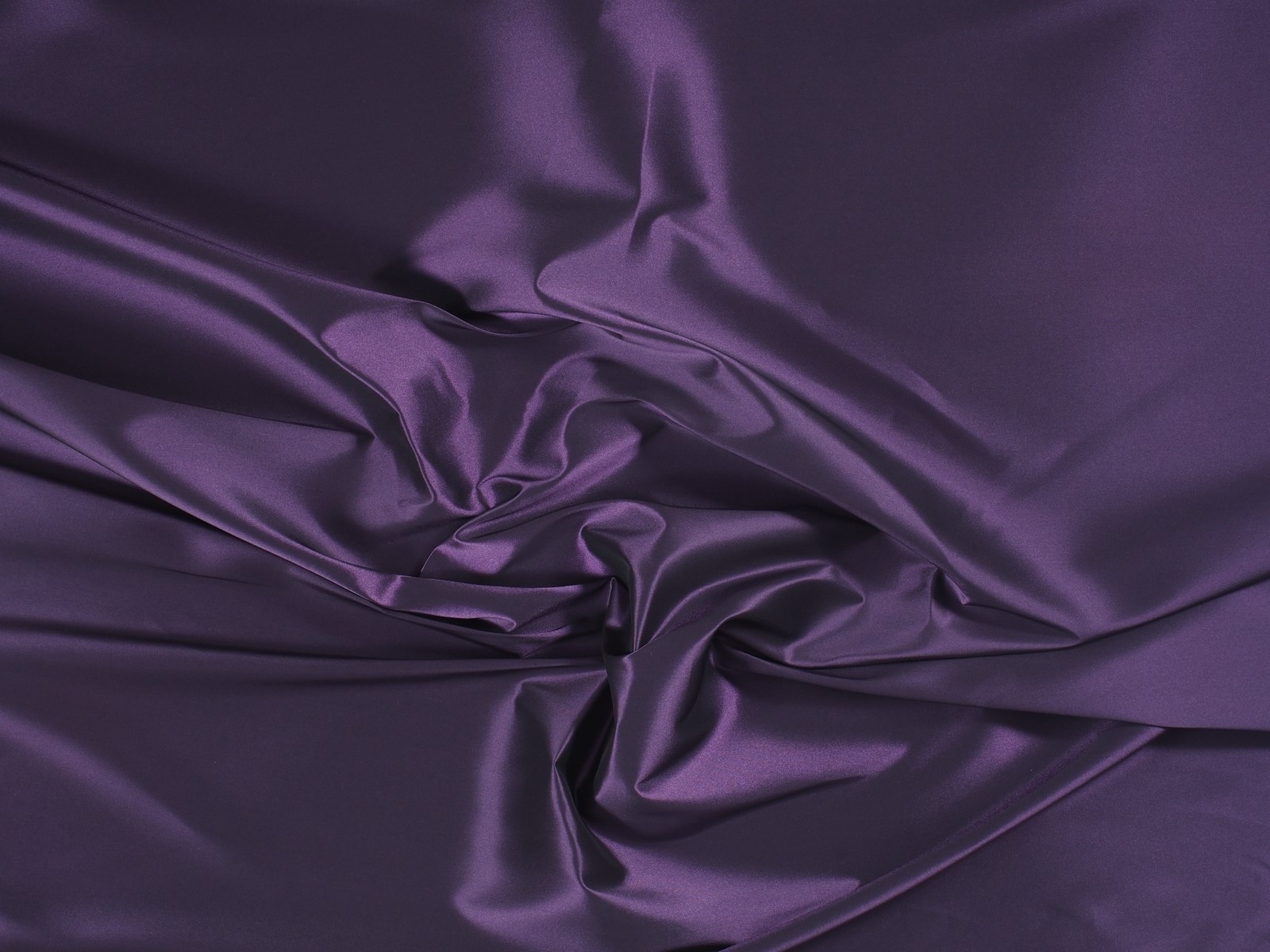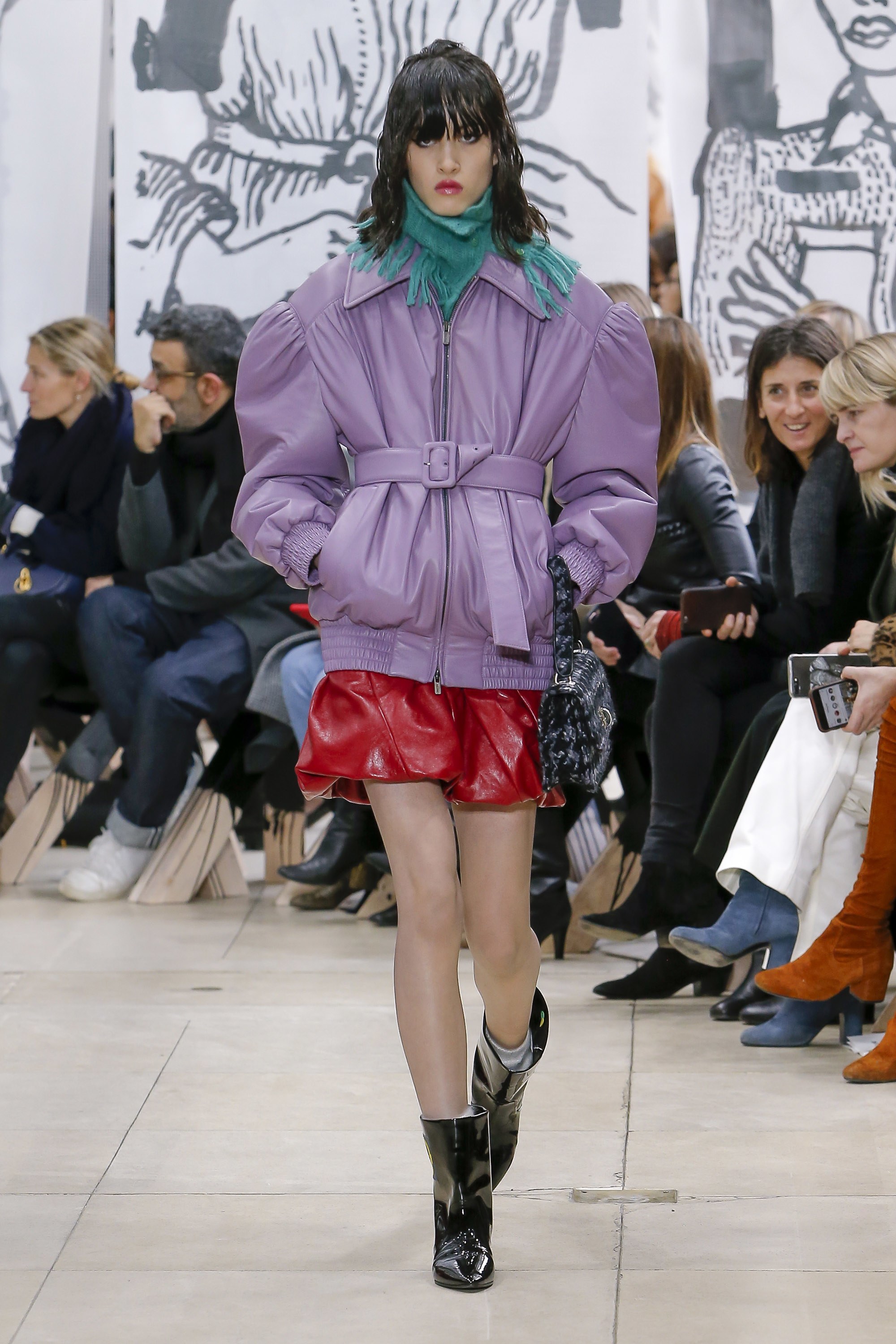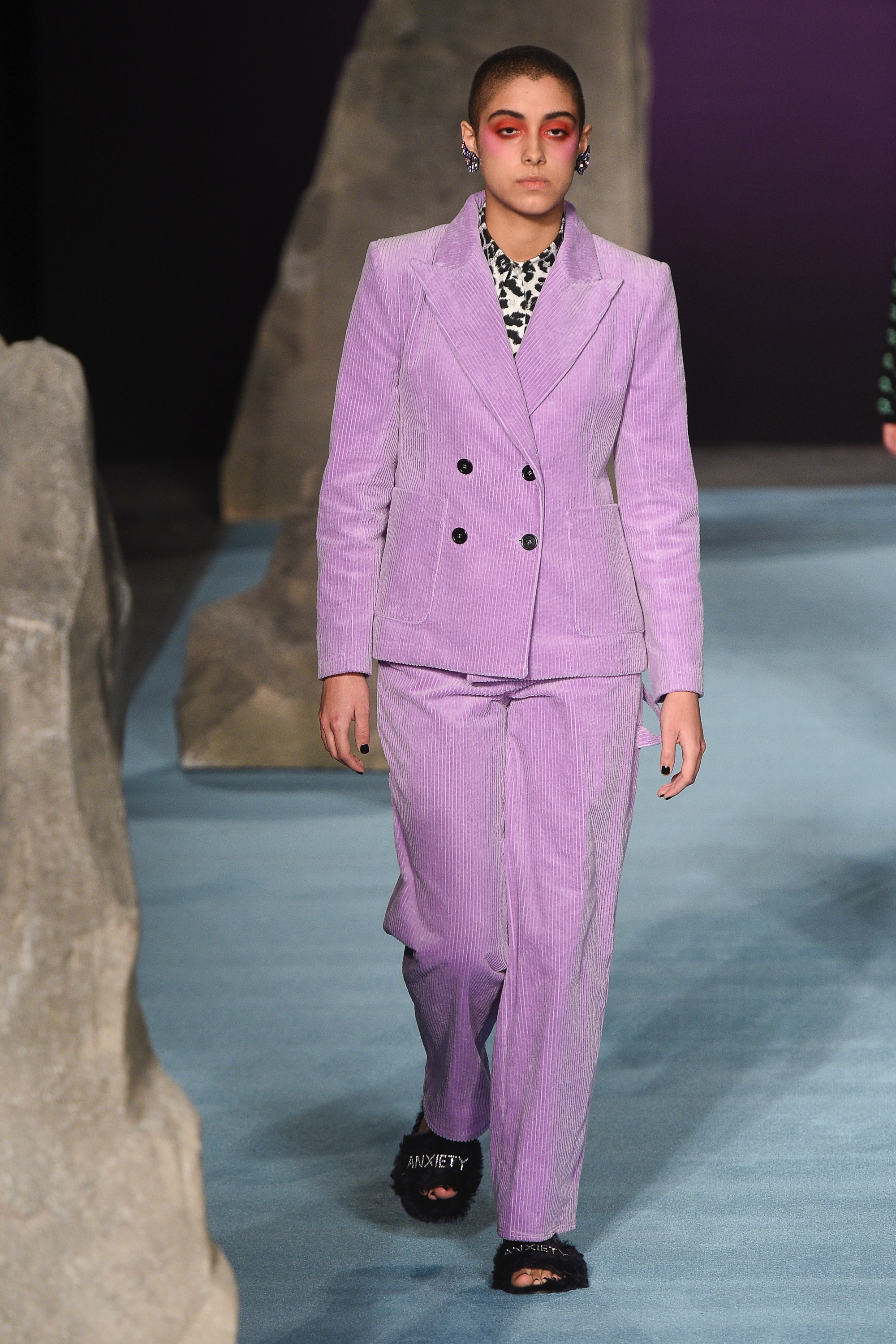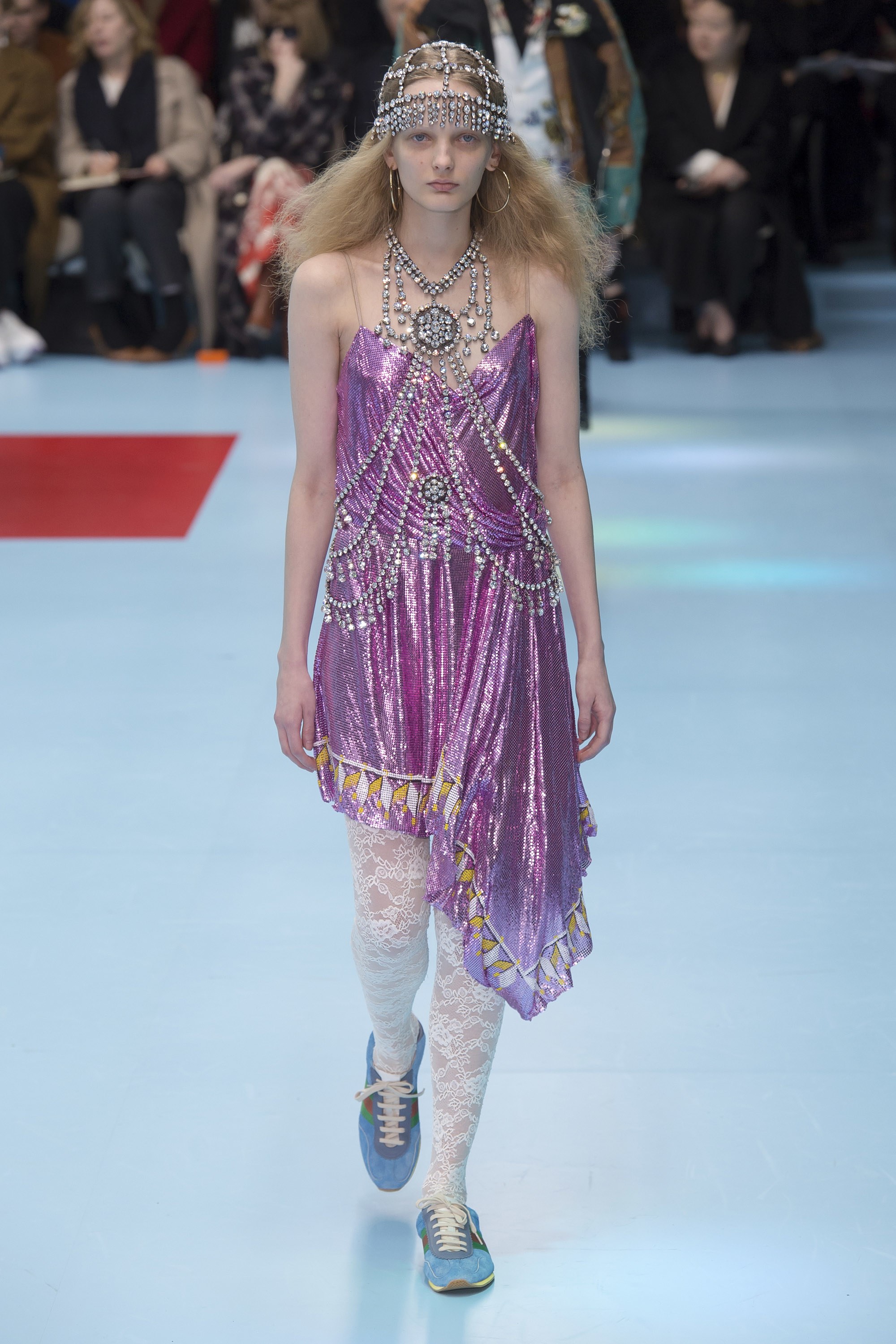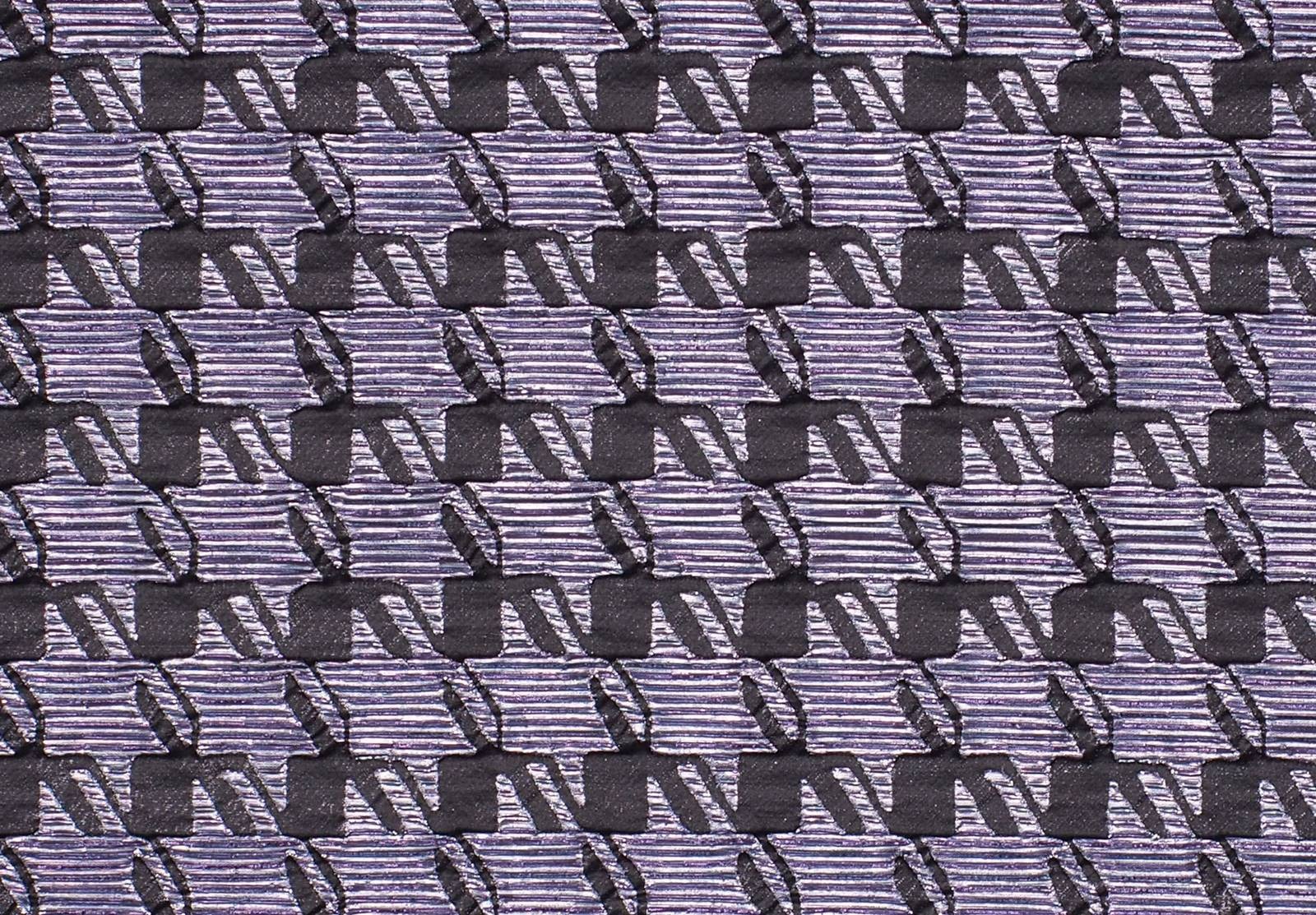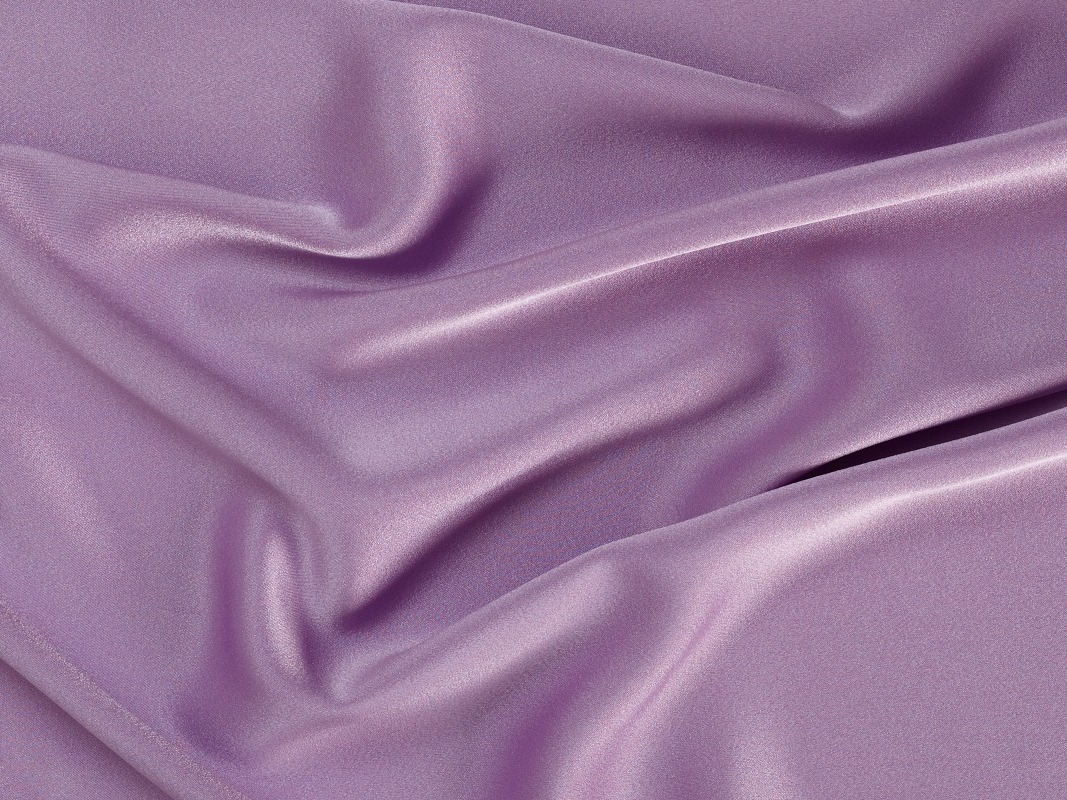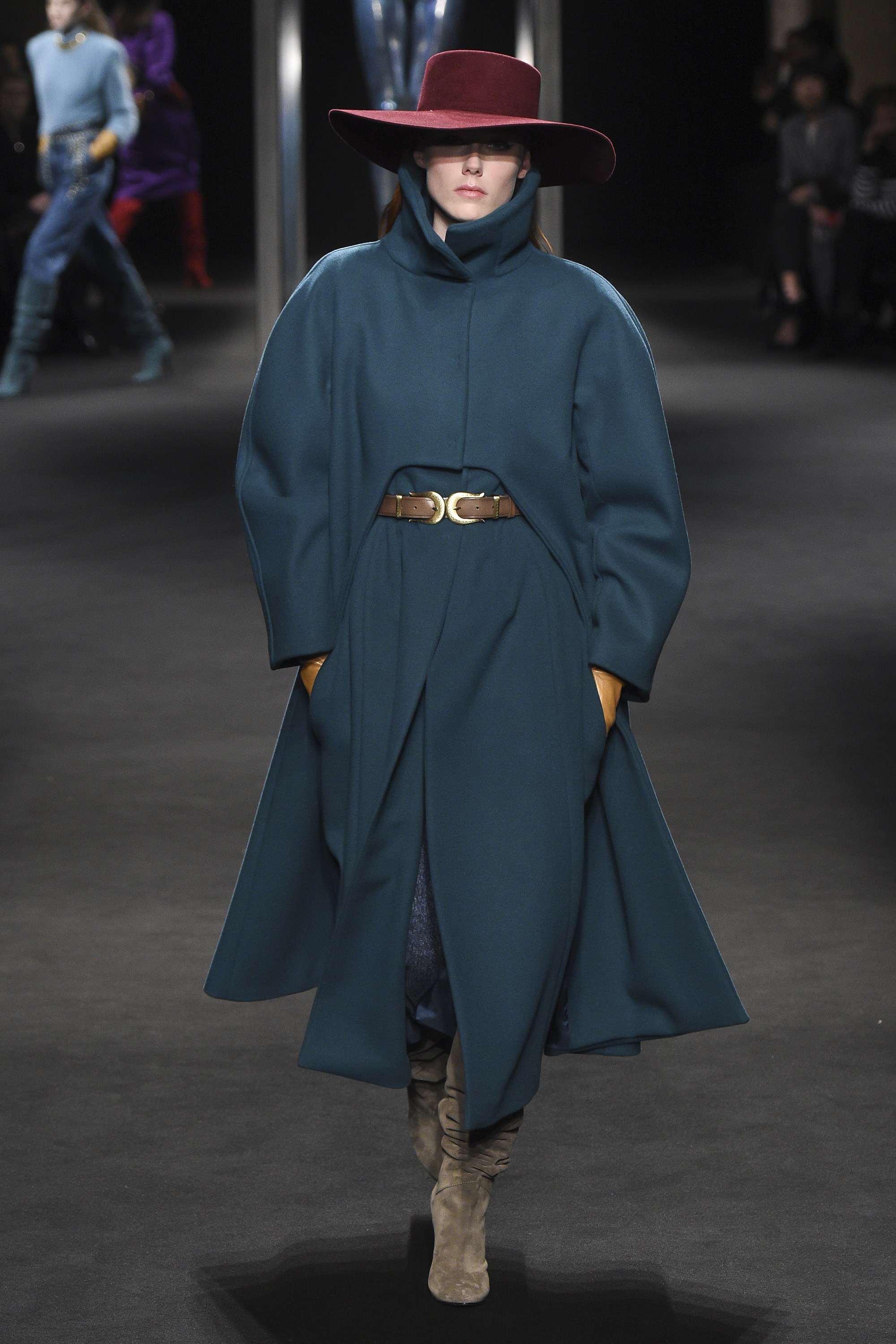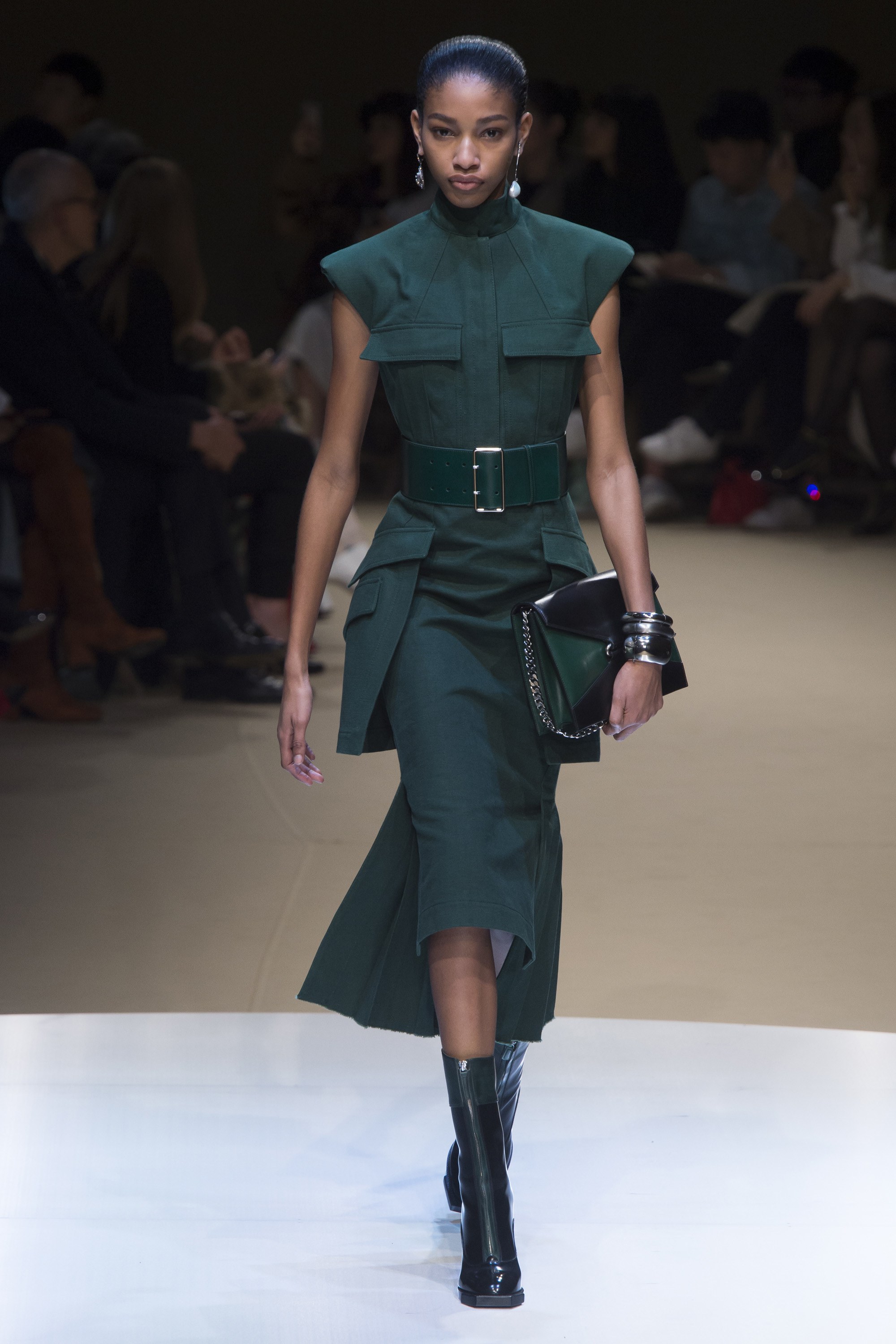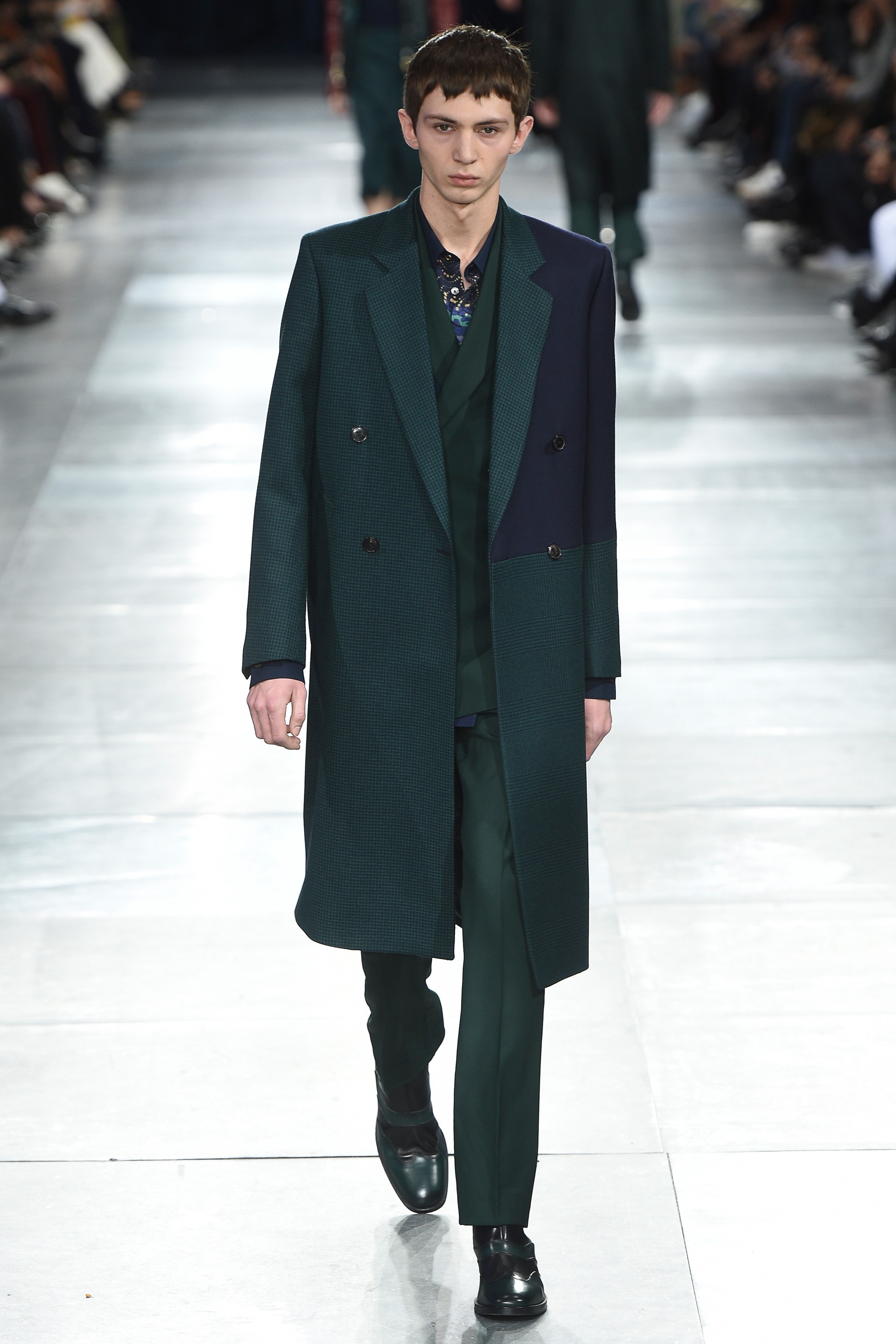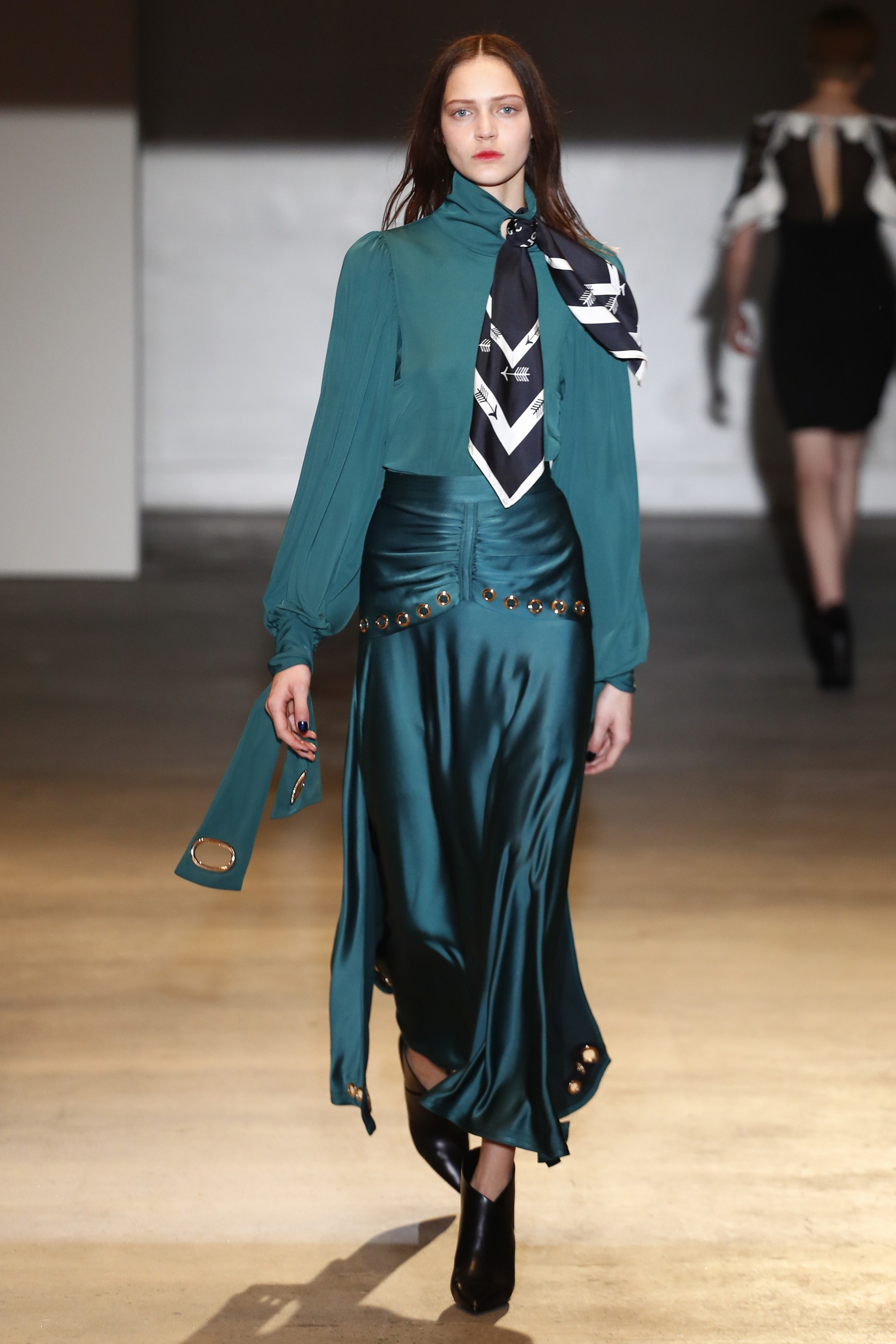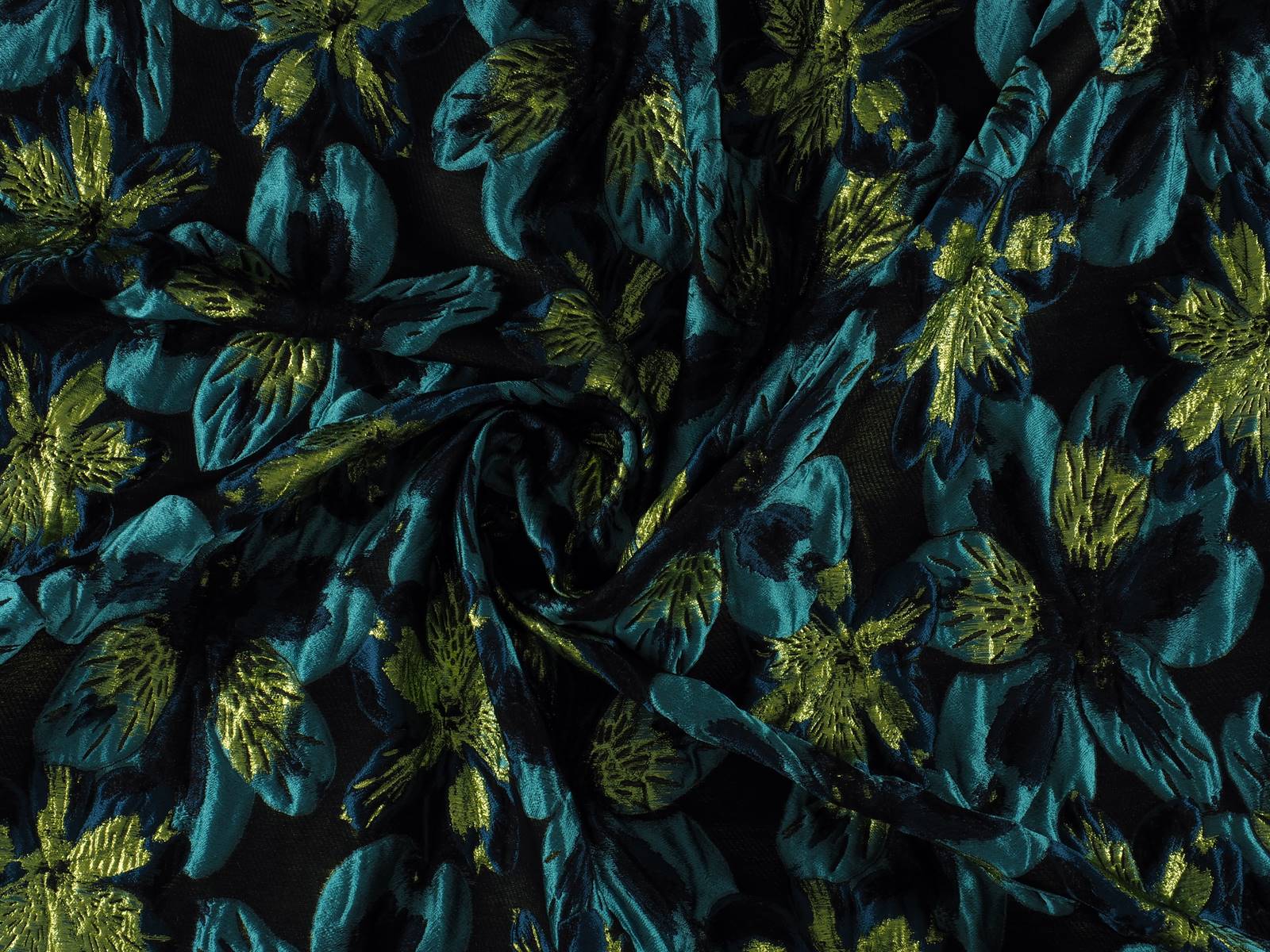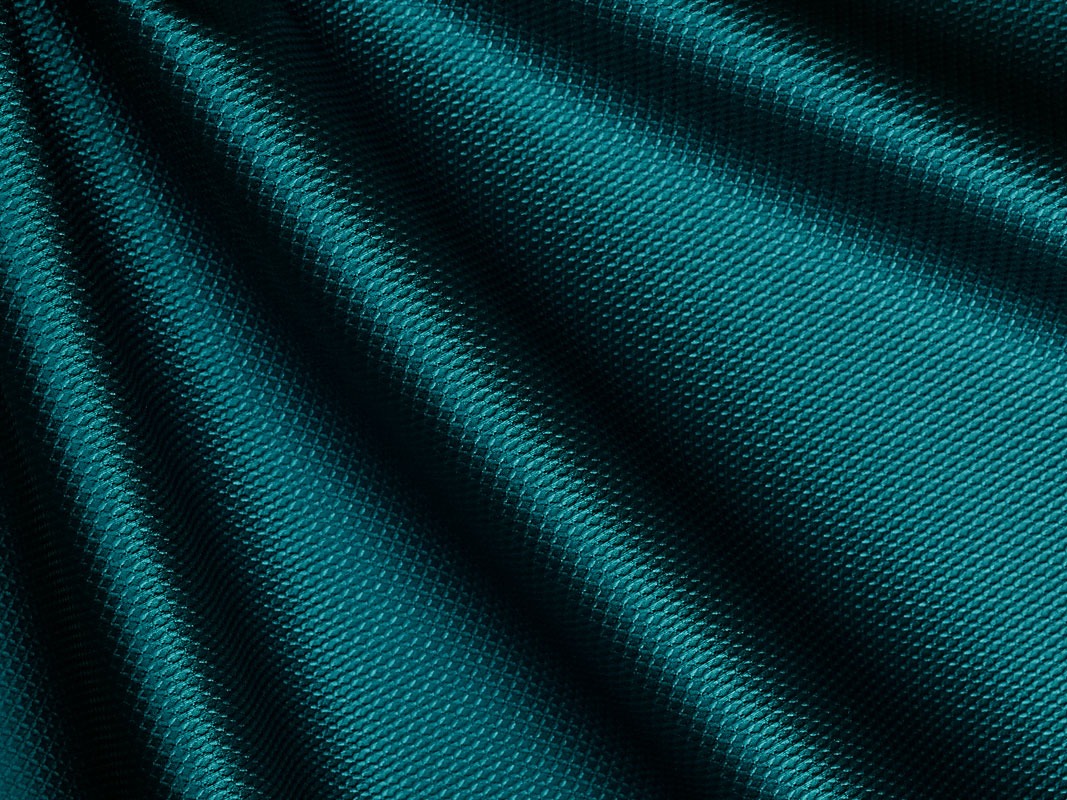Jueves 05 septiembre 2019
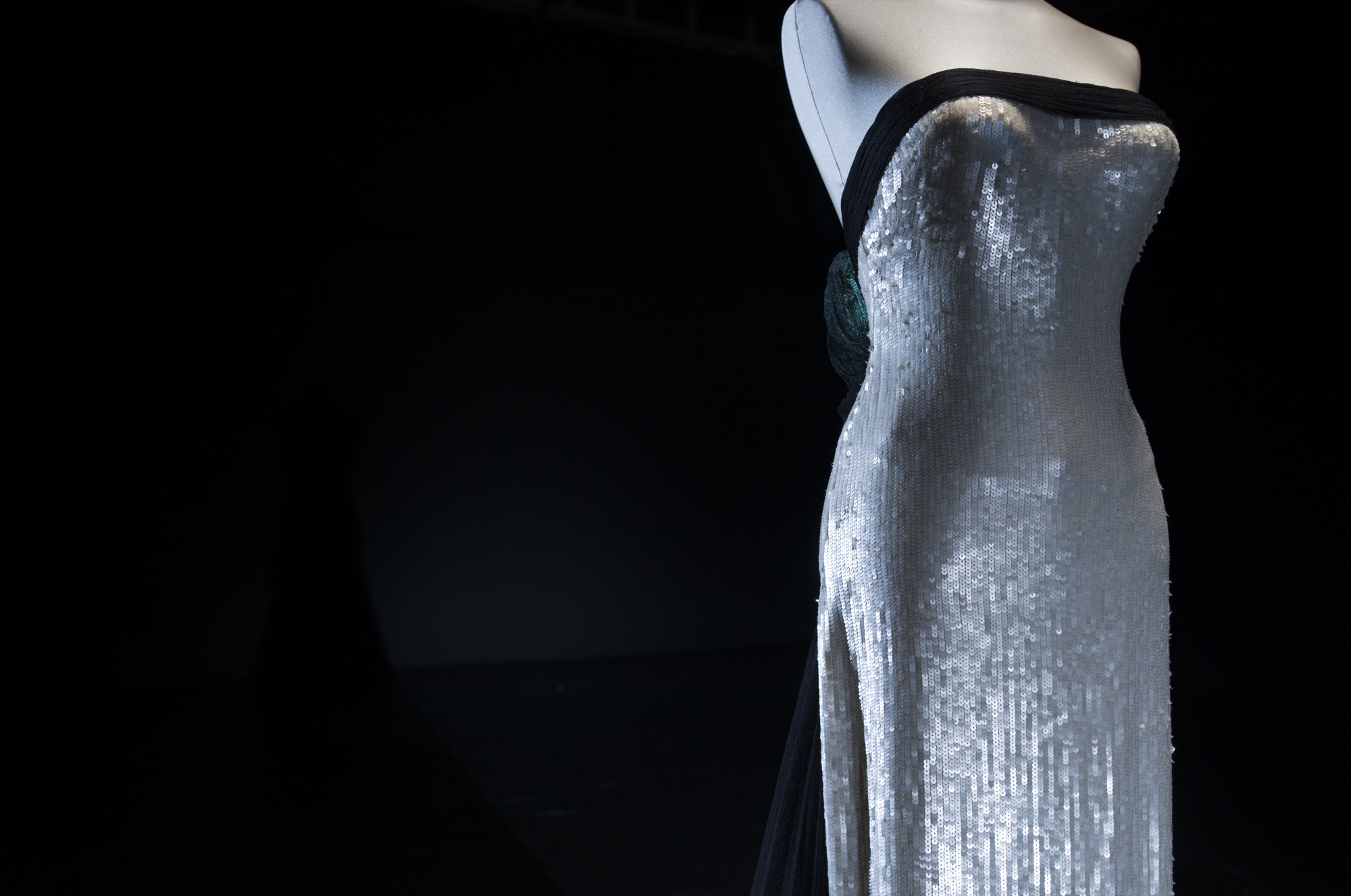
We kick off the season talking about another exhibition that extols the female figure and gives a new vision of the “body-fashion” relationship. Its title is evocative: ‘El Cuerpo Inventado’. (The Invented Body). A sample organized by Collectors Collective in Madrid that highlights the aesthetic canons that have remained in fashion since the early twentieth century to the present day, providing a new dialectic of evolution and changes that are especially appreciated in women’s clothing .
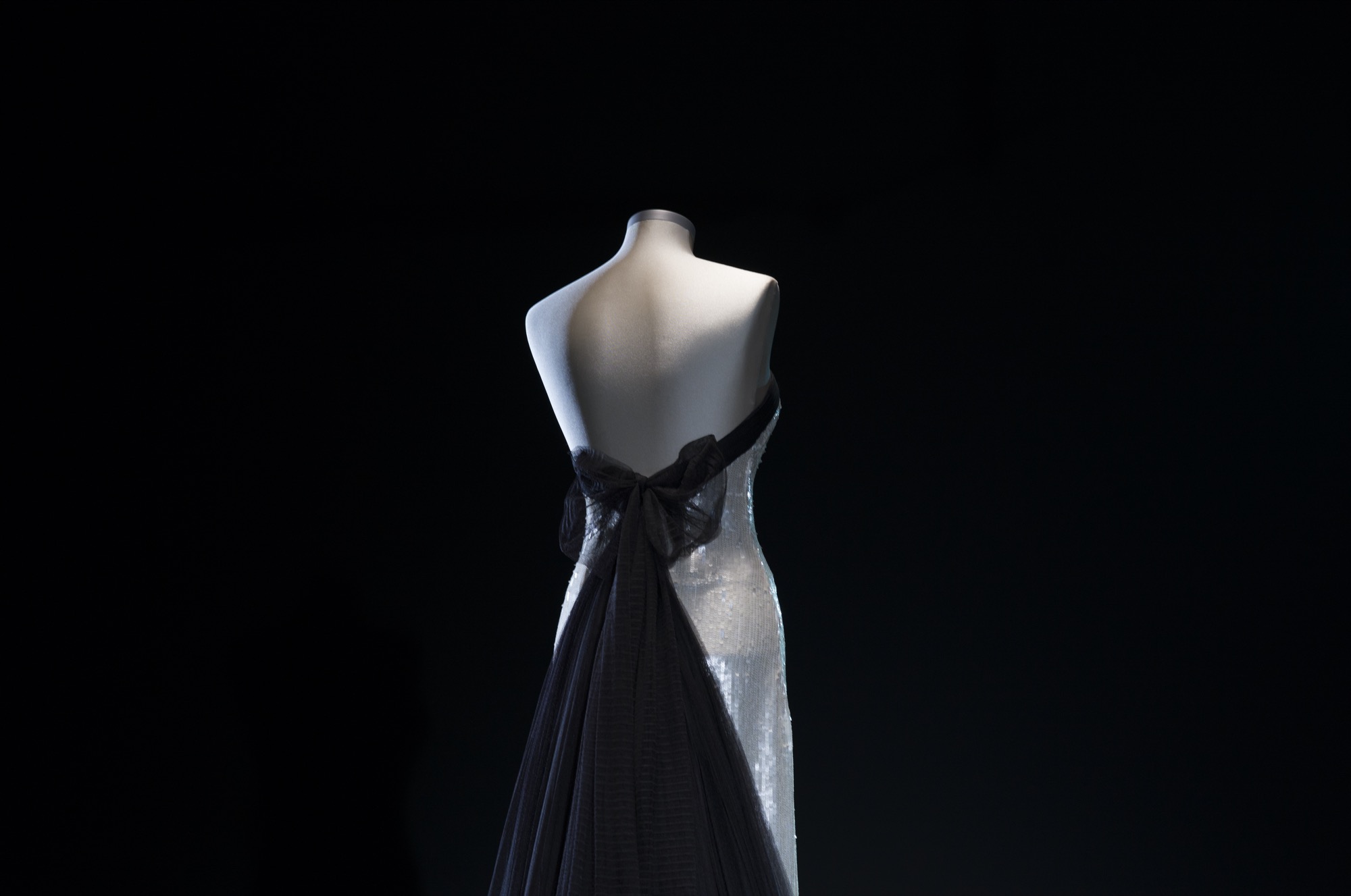
4 silhouettes and a century
The silhouette is responsible for creating the spirit of time beyond colours, fabrics or trimmings. It is precisely the silhouette that captures the aesthetic canon of an era.
In spite of its apparent richness and variety, the history of Western feminine dress has been repeating its forms throughout the centuries: there are only a handful of silhouettes with which the dressmakers have invented their creations. For example and focusing on the last 100 years, the silhouettes that have had more relevance in the twentieth century are four: tubular silhouette, triangular silhouette and double triangle silhouette, globular silhouette and anatomical silhouette. In addition, all of them have a history in previous centuries. Of course: the prevalence is not exclusive. The silhouettes can coexist in time, although the protagonism of one of them will be the one that defines the era.
In turn, the exhibition also proposes a reflection on “the tyranny of the invisible” and the naked body, a movement that has been consolidating in recent years to reach today unsuspected limits.
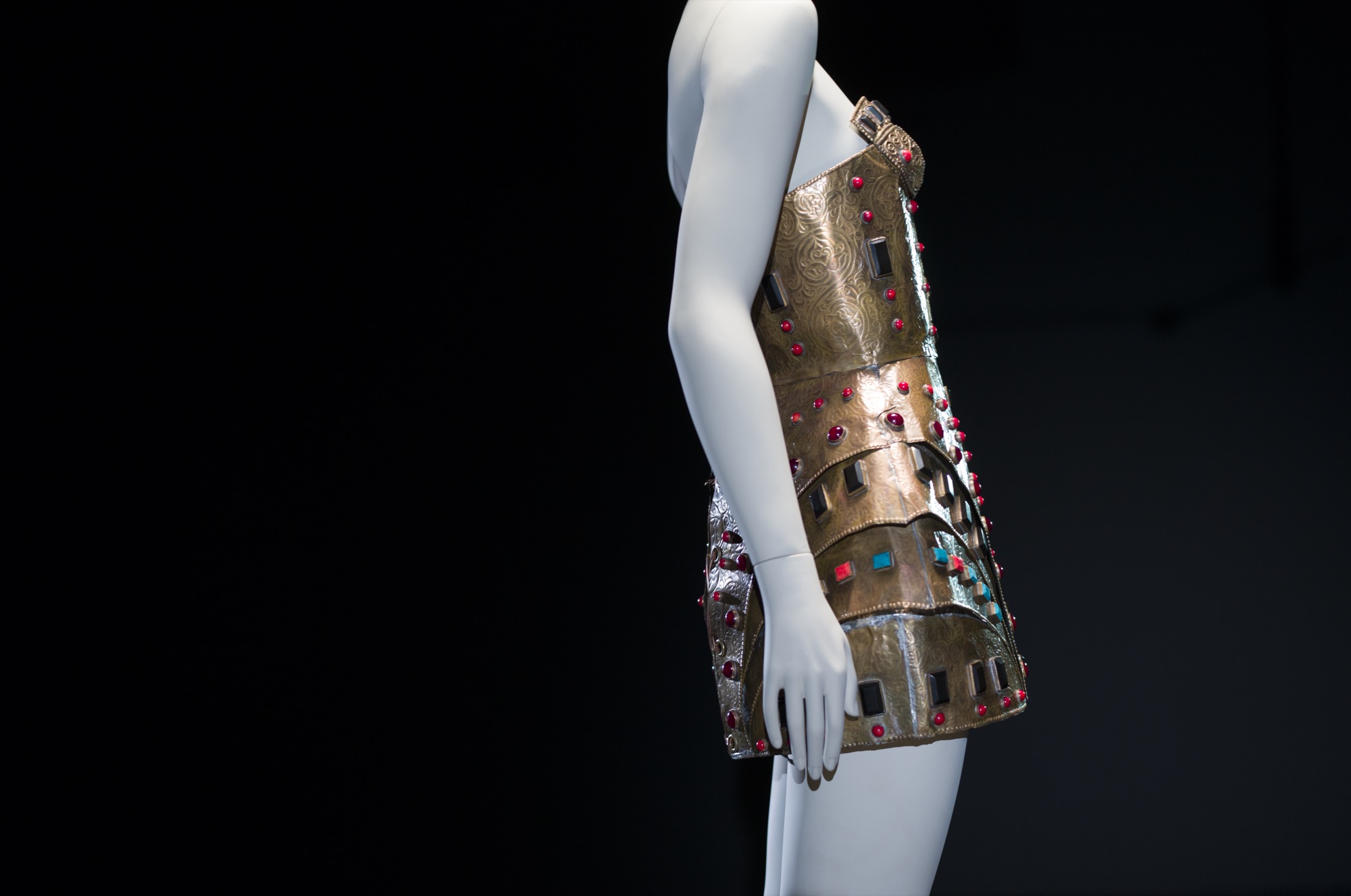
Collections and creators
‘The Invented Body‘ is formed of pieces by important fashion collectors (Antoni de Montpalau, Quinto, Maite Mínguez and López-Trabado), as well as three prestigious international renowned museums such as the Costume Museum of Madrid, MUDE : Lisbon Design and Fashion Museum and the Fashion Museum of Santiago de Chile.
The exposed designs are part of the most relevant names on the international scene such as Lanvin, Chanel, Christian Dior, Givenchy, Mainbocher, Versace, Yssey Miyake, Azzaro , Azzedine Alaïa , Pierre Cardin , Yves Saint Lauren, Pucci, Christian Lacroix, Commes des Garçons or Gucci. There are also first-class Spanish designer models such as maestro Cristóbal Balenciaga, Pedro Rodríguez, Lorenzo Caprile , Ágatha Ruiz de la Prada, Jesús del Pozo, Leandro Cano, Ernesto Artillo , Antonio Velasco or Josep Font.
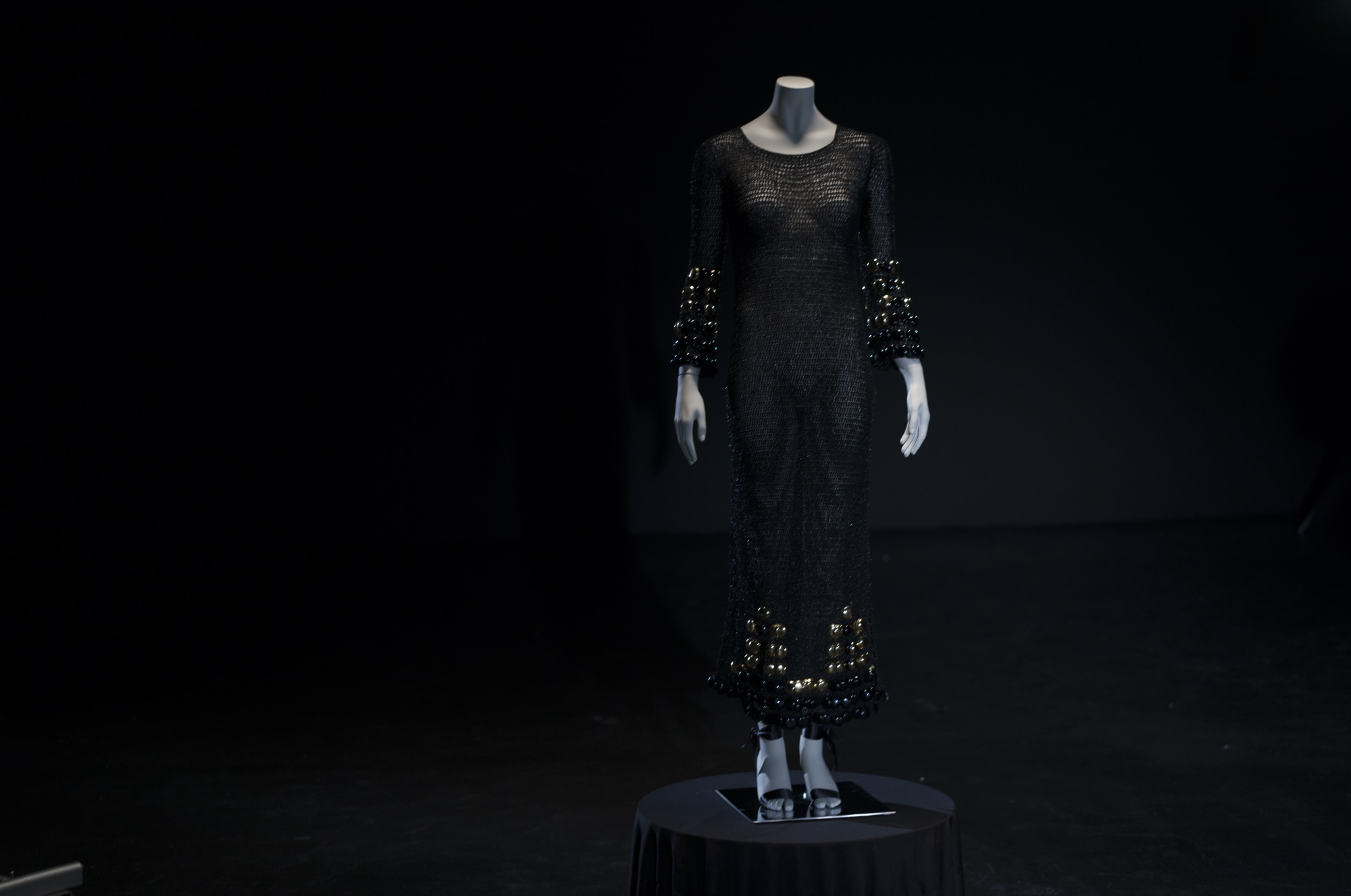
Trendy icons of yesterday and today
Throughout the history of the suit, fashion has used influential people to spread itself. Until the nineteenth century, it was the aristocracy who used to have this mission, but at the end of that century this trend begins to change and it is women in the field of culture and entertainment who become fashion prescribers for the dissemination of fashions. Next to a specific silhouette there is usually an influential woman legitimizing it: how could we disassociate the silhouette that narrows the waist, projects the breasts and widens the hips of actress Marilyn Monroe?
Therefore, the exhibition also includes the role of these famous women who have consolidated the different aesthetic canons, taking a tour of the most influential names in fashion of the twentieth century, with dresses that belonged to Madonna, Claudia Schiffer, Rita Hayworth, Audrey Hepburn, Sophia Loren, Lady Gaga, or even her majesty Doña Letizia, among other relevant women.
‘The Invented Body ‘ of Collectors Collective opens next Thursday, September 12th at General Perón Avenue in Madrid and can be visited until December 15th.
Fotos: Alfonso Ohnur
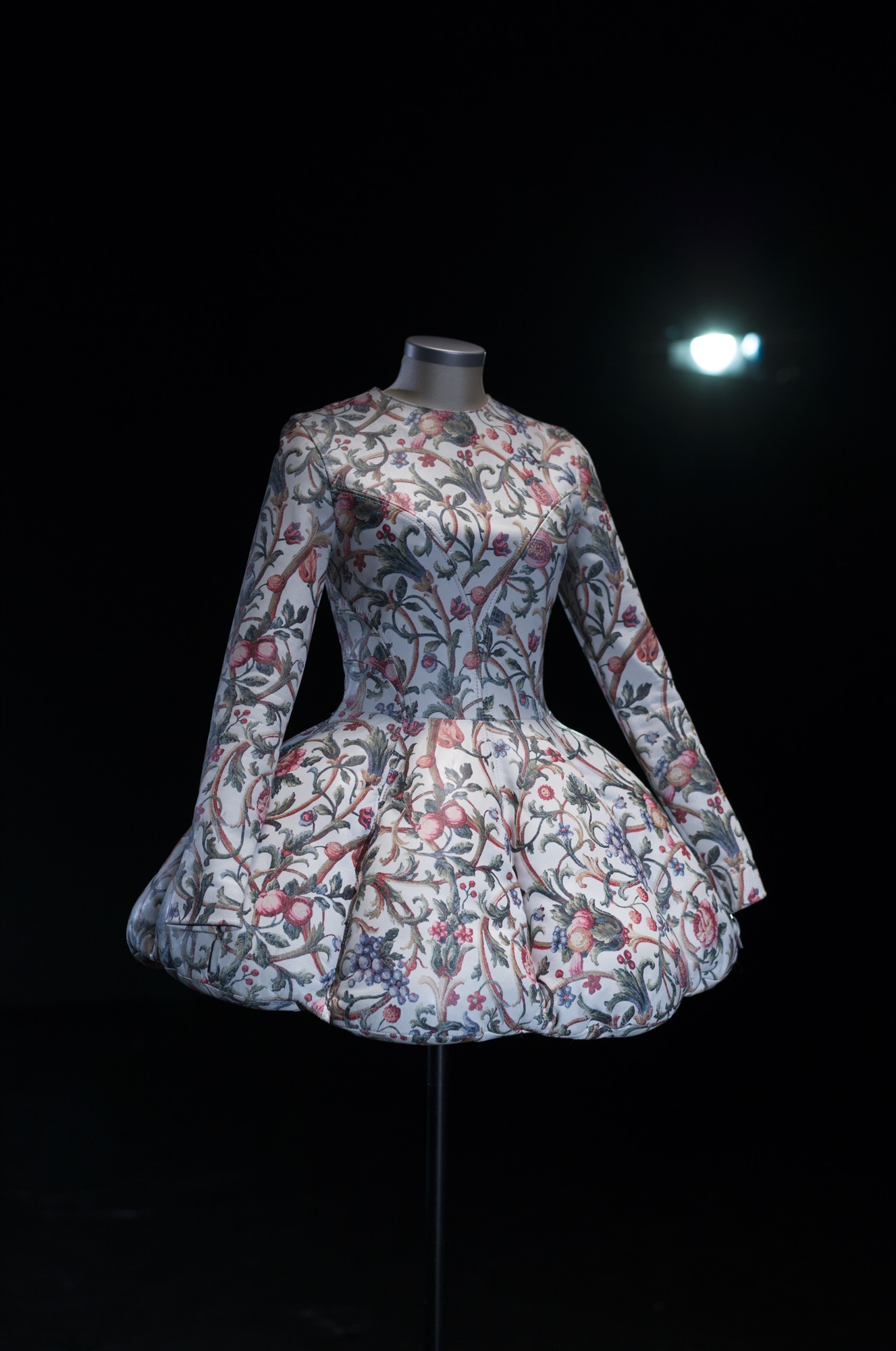
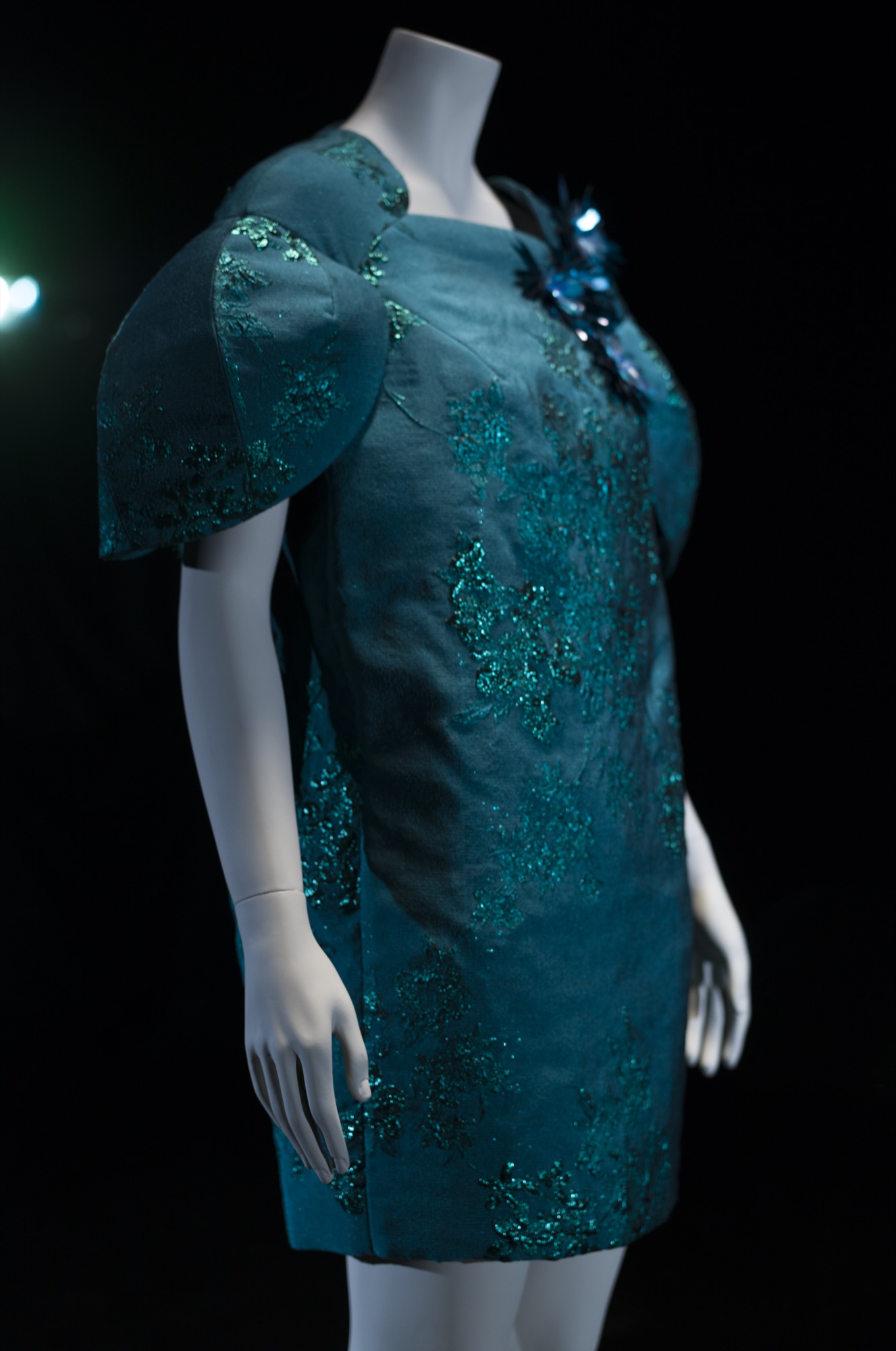
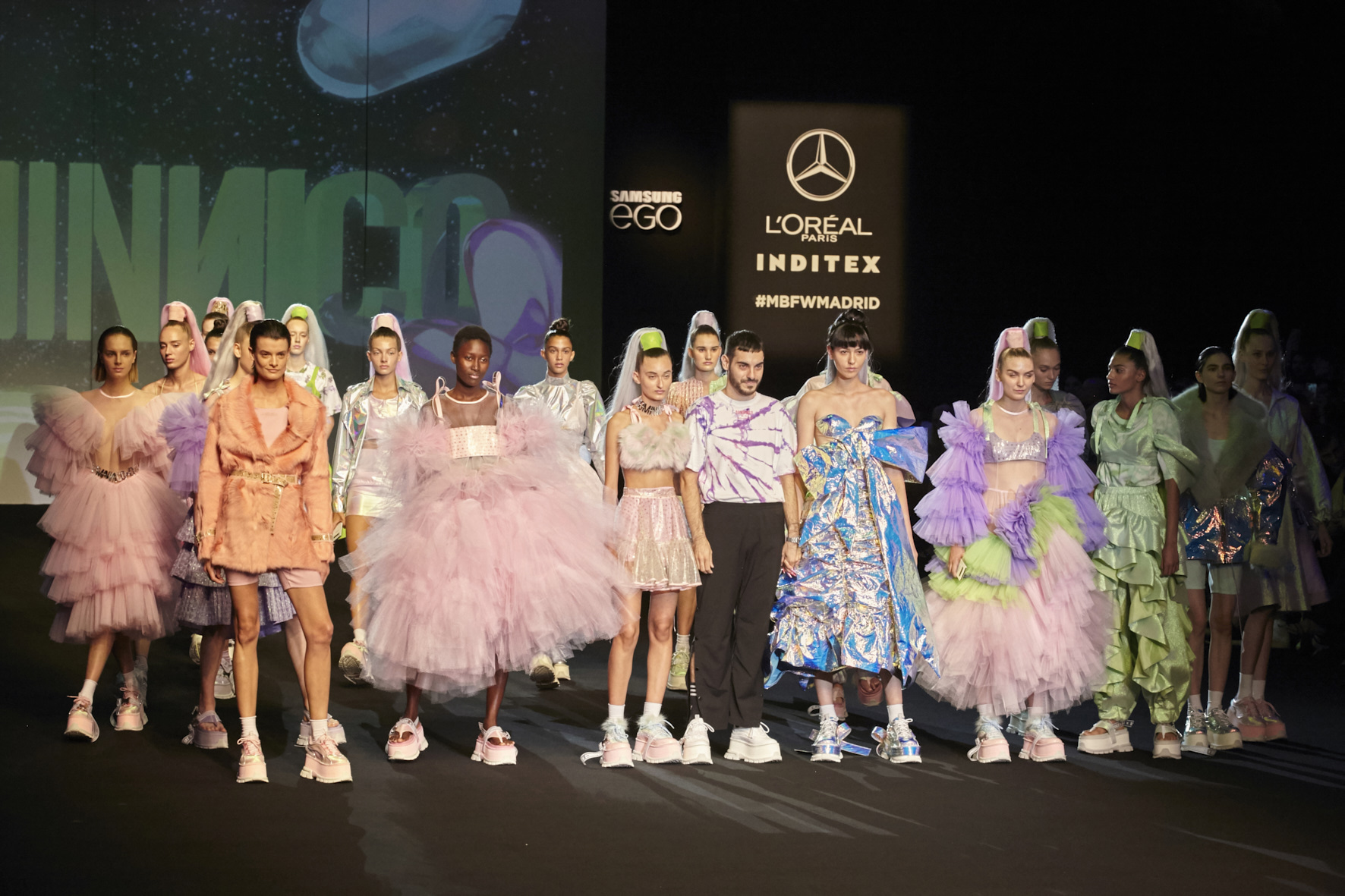
The rise of Dominnico was foreseen . It was just a matter of time for his meteoric career to take off. And this ascension has only just begun. Now, the restless Domingo Rodríguez has landed himself a new achievement that consolidates him within the map of young promises of Spanish fashion : becoming the winner of the Mercedes-Benz Fashion Talent.
“Winning this award means fulfilling a dream.It represents the start of my firm and the beginning of a new stage for this project “, explained the young designer after winning the prestigious award.In fact, the designer has already begun to gain fame outside our borders.At only 24 years of age, Dominic has dressed personalities from the world of entertainment such as Lady Gaga, Rita Ora or Rosalía, who have worn the outfits ,made in part with our fabrics on tours around the world.
His impeccable dressmaking, his huge national and international projection, his early maturity and his commercial outlook have been some of the attributes that have fascinated the jury. A project with a speech of its own and true to its essence that has made him the winner of the 14th edition of this contest that rewards young talents.
Domingo Rodríguez: “inning this award means fulfilling a dream and the beginning of a new stage for Dominnico”
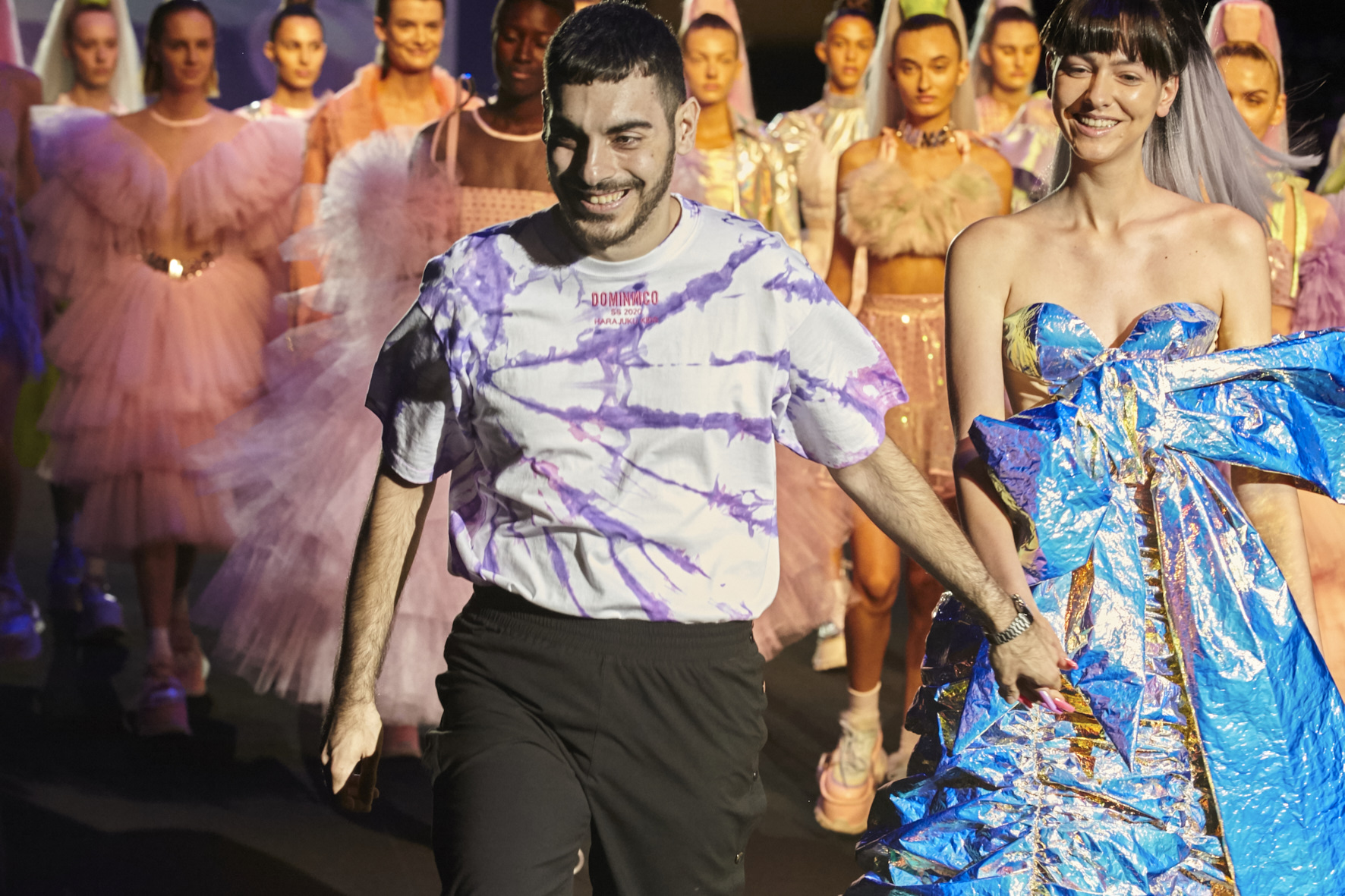
An ode to Generation Z
The award-winning collection , presented on the Madrid catwalk , is called Harajuku Kids and it is inspired by Club Kids, the London generation of the nineties, but also in the new digital era, centreed above all on social networks. Artists like Andy Dixon, Antoni Tudisco, Six N. Five, or the influencer Ruby Gloom have also been taken into account in the conception of the collection. A proposal that also takes into account the urban tribes of Japan and is conceived as agender, away from labels with extravagant shapes and silhouettes that are an invitation to individualism and character.
The collection, replete with Gratacós fabrics, is impregnated with textures, sequins, laminates, tulles, overlays and volumes wrapped in a range of pastel colours. In this way, inheritance, actuality and even future mix thanks to a sweetness and femininity unusual in Dominnico that advances to gain maturity in its style.
Next stop Georgia
Beyond the recognition, the prize includes the possibility of a catwalk next November at the international Mercedes-Benz Tilti Fashion Week in Georgia. A moment in which the designer from Alicante will already be presenting the winter collection of the following year. In this way, Domingo Rodríguez joins the successful group of great young talents who got this award back in the day, such as Outsiders Division, Célia Valverde, Juan Carlos Pajares, Ela Fidalgo, Xavi Reyes, María Clè Leal, David Catalán, Ernesto Naranjo or Pepa Salazar.
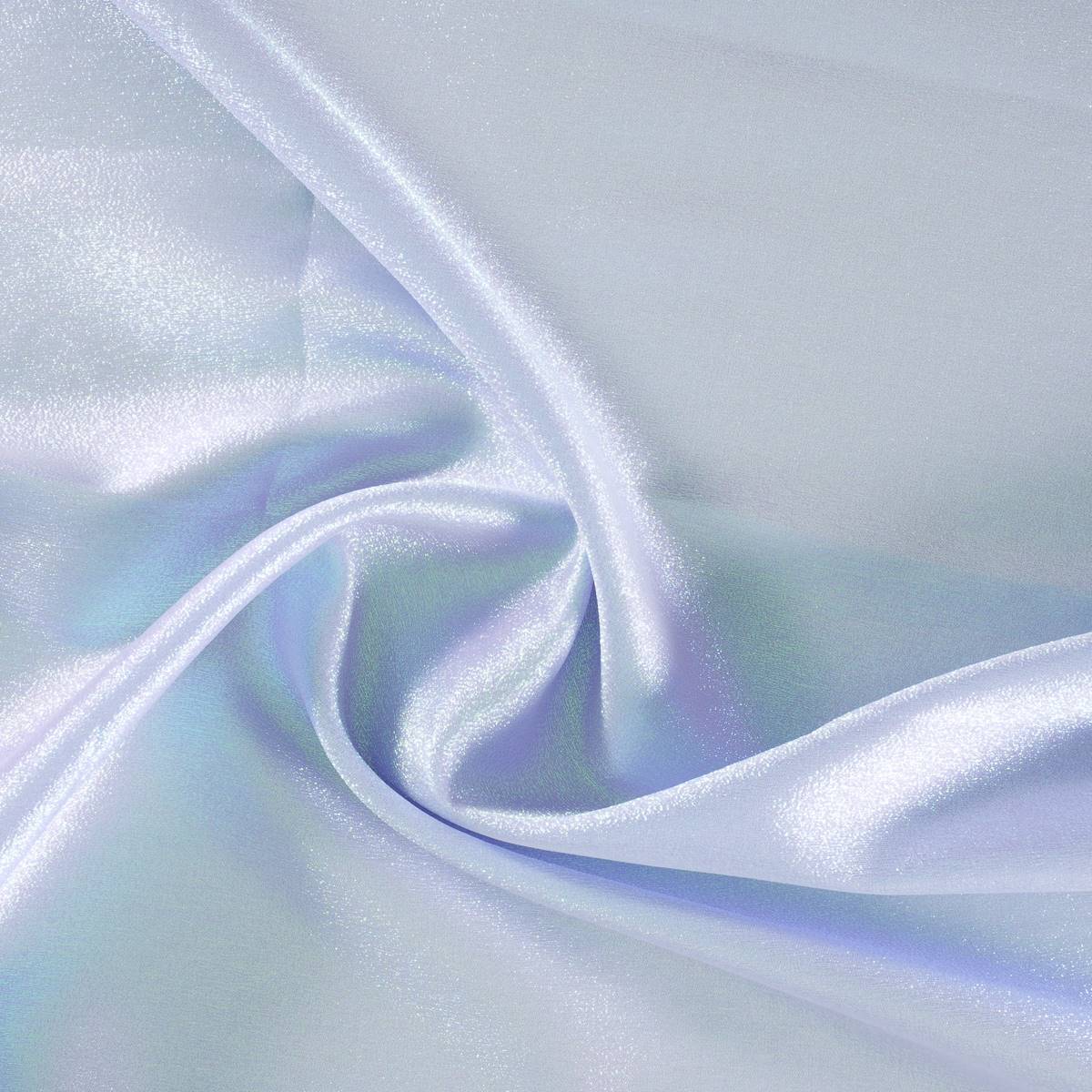
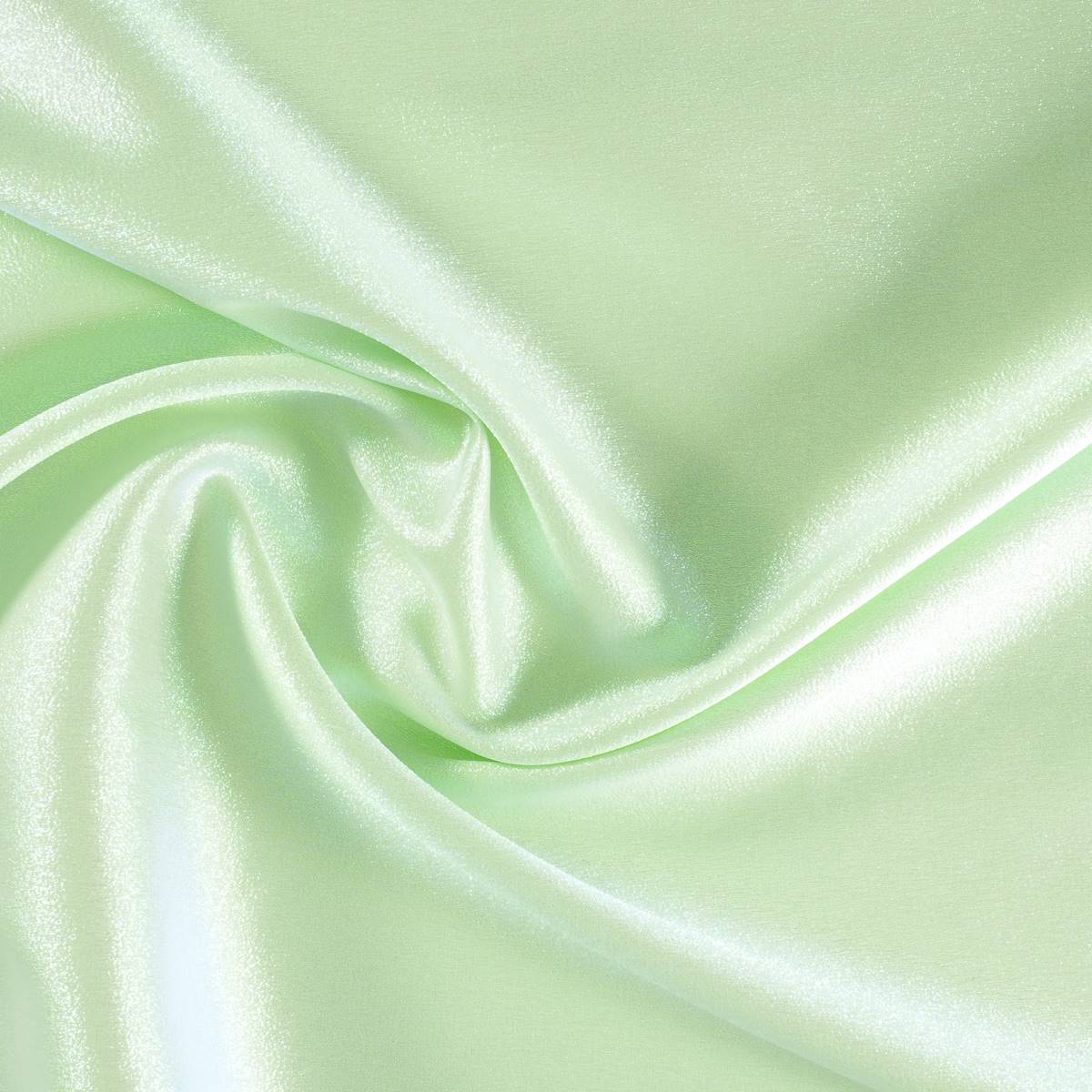
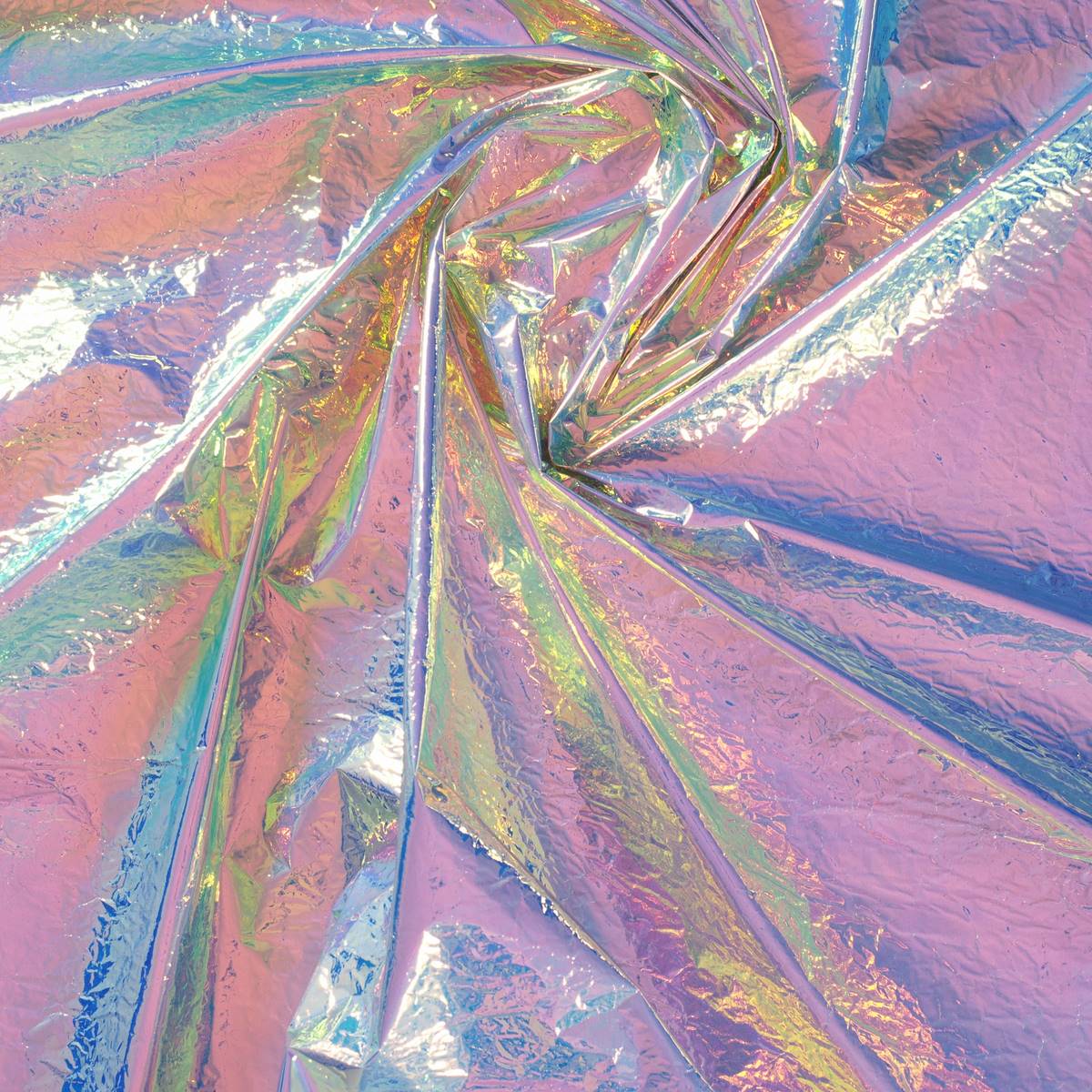
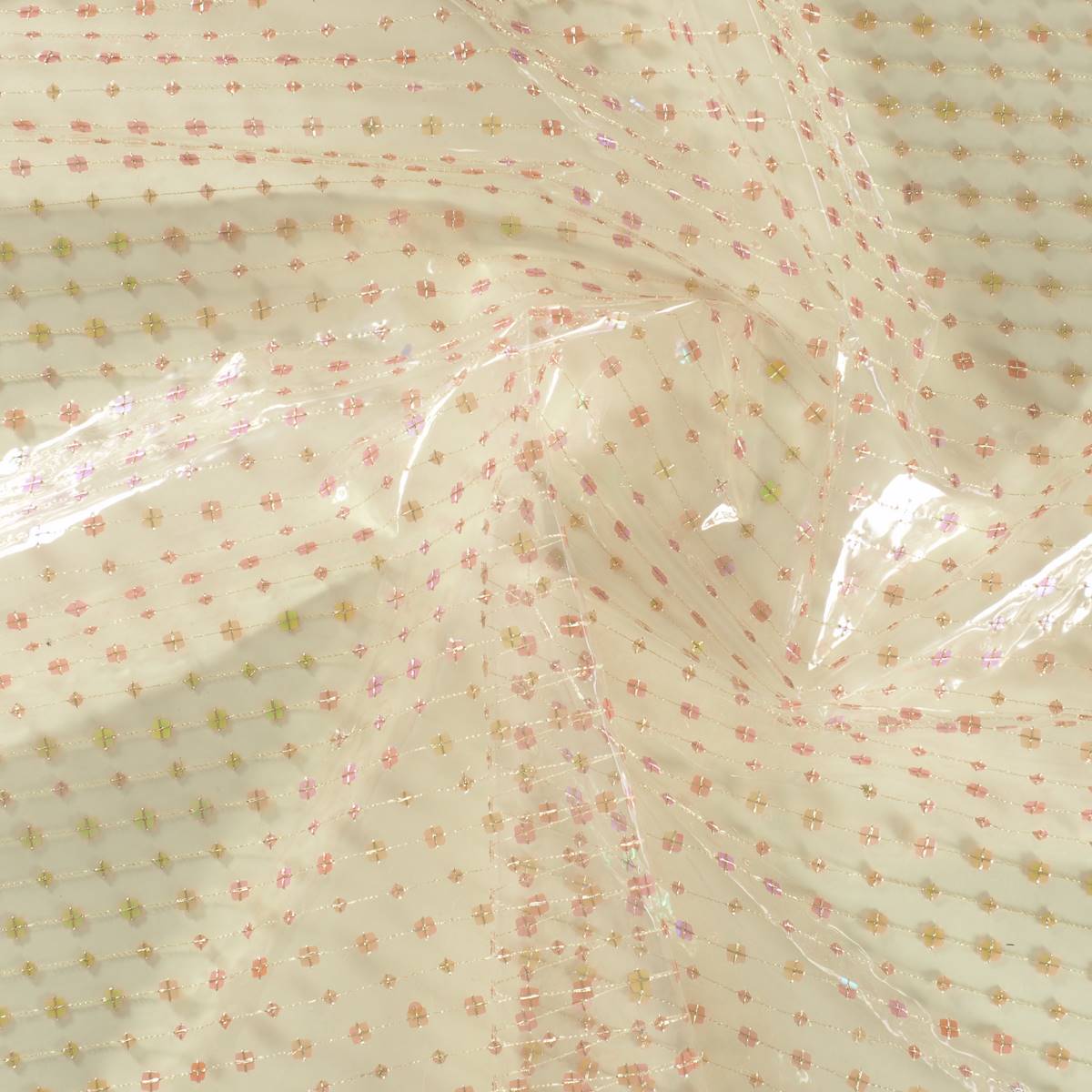
Sorry, this entry is only available in European Spanish.
Sorry, this entry is only available in European Spanish.
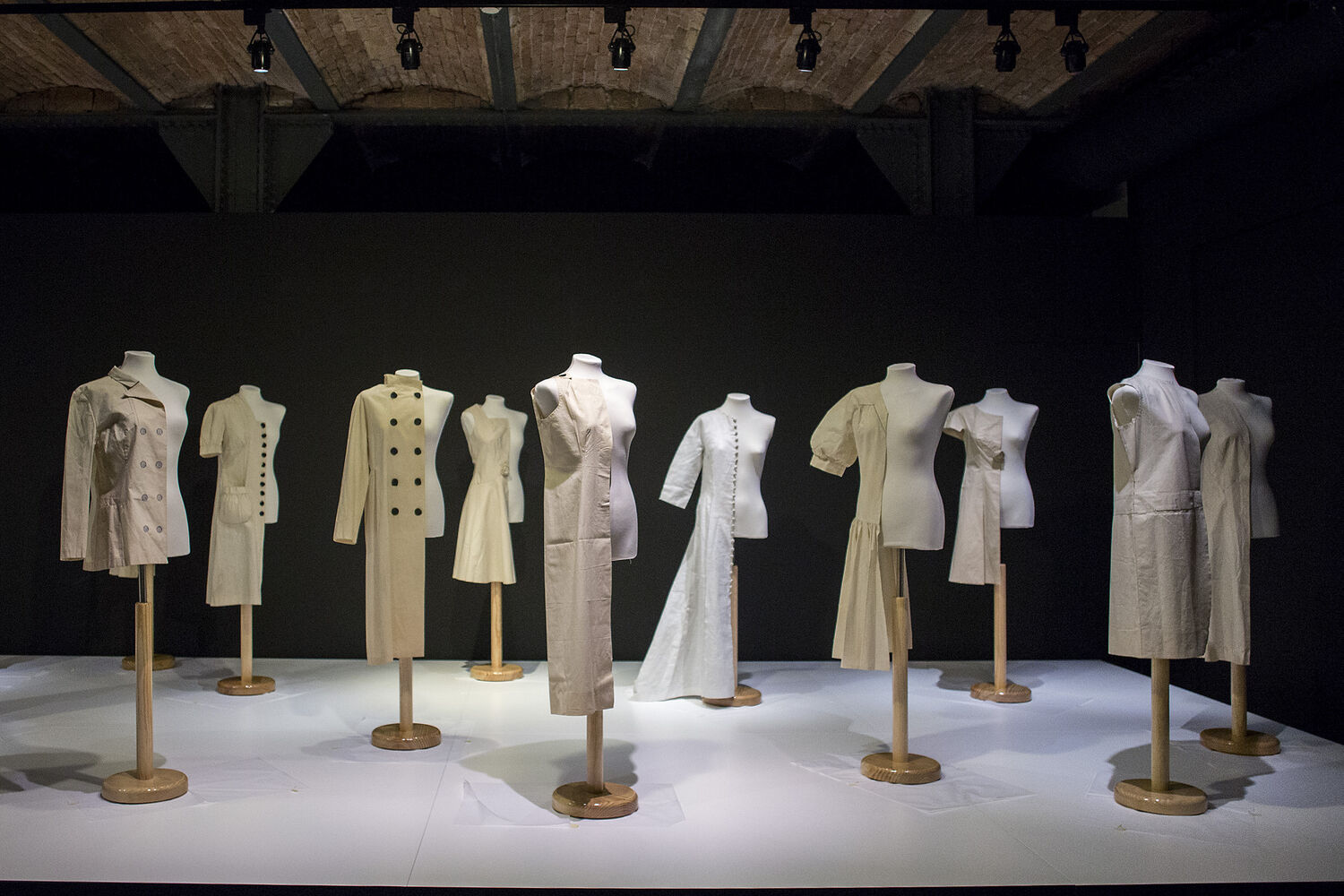
Barcelona launches at the Museum of History of Catalonia the exhibition Moda i modistes, a show that extols the craft of fashion designers and their contribution to fashion throughout the 20th century. This traditional and craft occupation was carried out by women who represented at the time a platform for female emancipation in the workplace, with regard to both business and creativity. It was an activity, connected with fashion, that helped develop the textile and commerce industry of the time. Their intensive work has always required knowledge, skill and dedication, and sometimes all this know-how has remained in the shade, apart from the big names of design and brands. For this reason Moda i modistes represents a broad look at the work and career of many women who have remained anonymous apart from in the spoken memories of their immediate family or traditional clientele.
The exhibition is divided into several sections, where the profession develops through the history of clothing, social changes with the emancipation of women and the evolution and know-how of the trade during the past century to this day. Below, we will give you a brief summary of what can be seen in this sample.
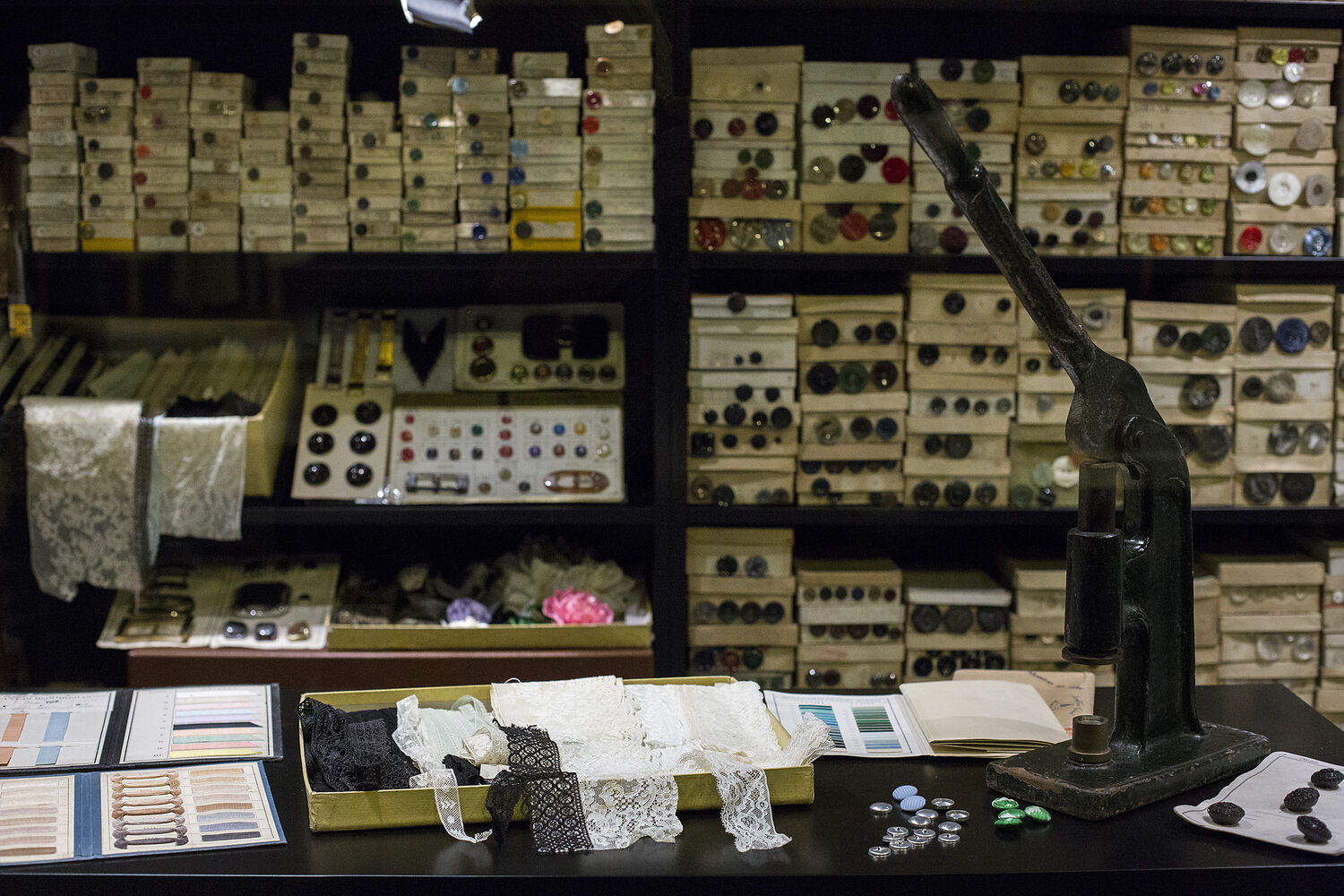
Needle workers
Women managed to claim their own space in the art of making dresses at the end of the 19th century. Before it was a trade reserved for tailors, and women hardly had access to clothing if it was not via their family or as collaborators. It was at this time and in the first decade of the twentieth century, when the work of dressmaker became one of the main forms of employment of women in the workplace, apart from factory work and among certain other professions such as teaching
Dressmaking spread because to learn the trade one did not necessarily have to go to any school, but it was sufficient to learn in a workshop or even self-taught from manuals of dressmaking , and also because this learning offered the possibility of working independently once the technique was mastered.
This time also coincided with the beginning of feminism and the birth of several initiatives aimed at protecting workers in the sector.
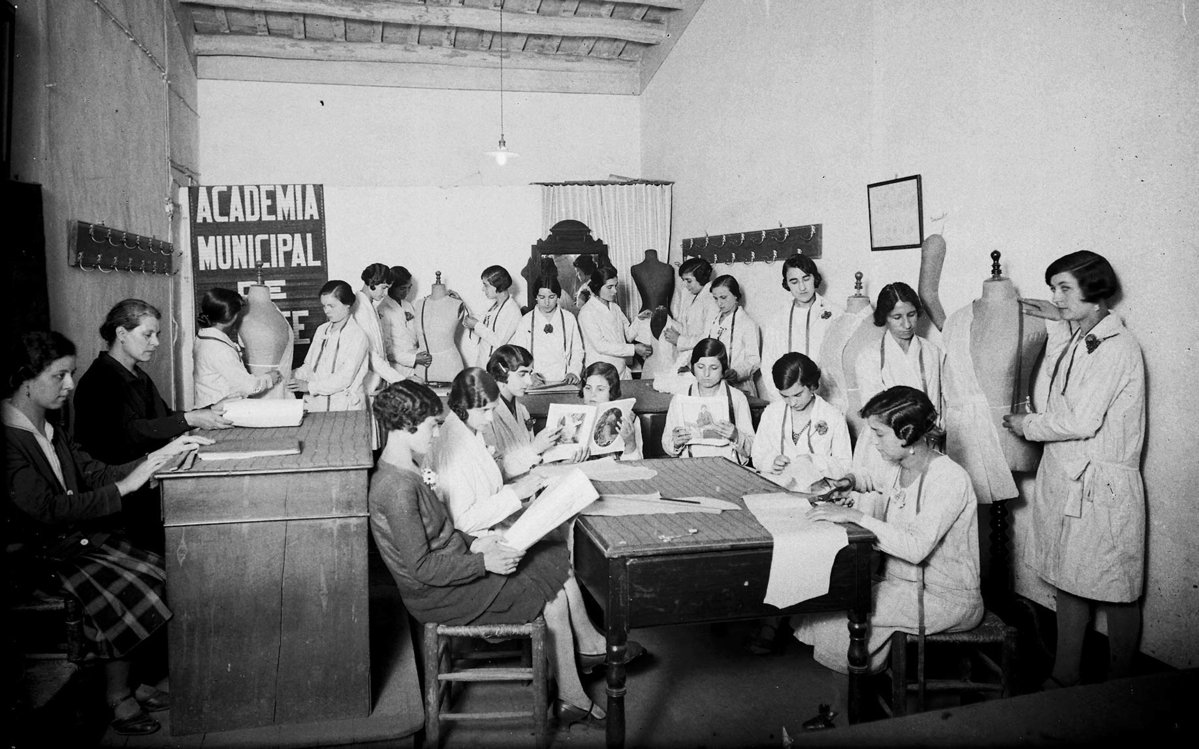
Dressmaker by profession, an expanding trade
Dressmakers represented a very varied group that were often outside the guilds and workers’ organizations: they could work in a small workshop of their own, in that of an established dressmaker, in a haute couture house or go to sew in private homes. In the trade there were many categories, depending on the skill, good taste, and, above all, the clientele they had.
Until prêt-à-porter expanded globally many dressmakers needed to make clothing for the different social classes. The capitals of province and county and large cities brought together a large number of dressmakers, but also each small town and each town had its dressmakers, with a very loyal clientele. In the scale of the trade there were many categories, from the caretaker who also worked as dressmaker, because she had enough time at work, to renowned dressmakers, alternatively those with a humble clientele, those who worked for others, whether at home or in the different workshops, those that did their sewing at home, those that had a certain reputation, though not a label, either out of discretion or to save money, or those that, with the pride of a job well done, put their name on each piece.
And what were their sources of inspiration? As a general rule dressmakers were more followers than non-creators and interpreted in their own way the fashion trends of each decade and, in turn, adapted it to the tastes, size and different economic means of each client. The magazines, the parades where the trends of each season were made known, the cinema, with the irruption of iconic stars and the street were constant sources of inspiration.
In fact, from the work done by the dressmakers, you can review the fashion of almost the entire 20th century until prêt-à-porter became consolidated. The haute couture houses of Paris, Milan or Barcelona dictated the trends, they invented models and had a reduced and elitist production. Dressmakers, who were then counted in thousands, were the main customers of the textile industry because they bought or recommended buying fabrics and materials fabrics for their clientele. This in turn favoured commerce, generated income in the big fashion-houses by buying patterns and glasilla, encouraged workshops specializing in embroidery and pleats, generated jobs in a process of development of the craft down to the present day.
The legacy stays alive
Times have changed and today this profession is the strength of yesteryear. Even so, the legacy of dressmakers is still alive, it has simply been transformed. The new dressmakers continue to make clothing adjustments for stores and individuals, they also work for clothing factories and carry out pattern making and prototypes for large companies that are then manufactured outside. In parallel, there has also emerged a new generation of young designers offering a limited handicraft product which is a counter to industrial production on a large scale and of dubious quality. The work of these dressmakers is to revalue hand-made fashion, personalization and exclusive garments for a customer who values the art and effort that goes into hand-made garments.
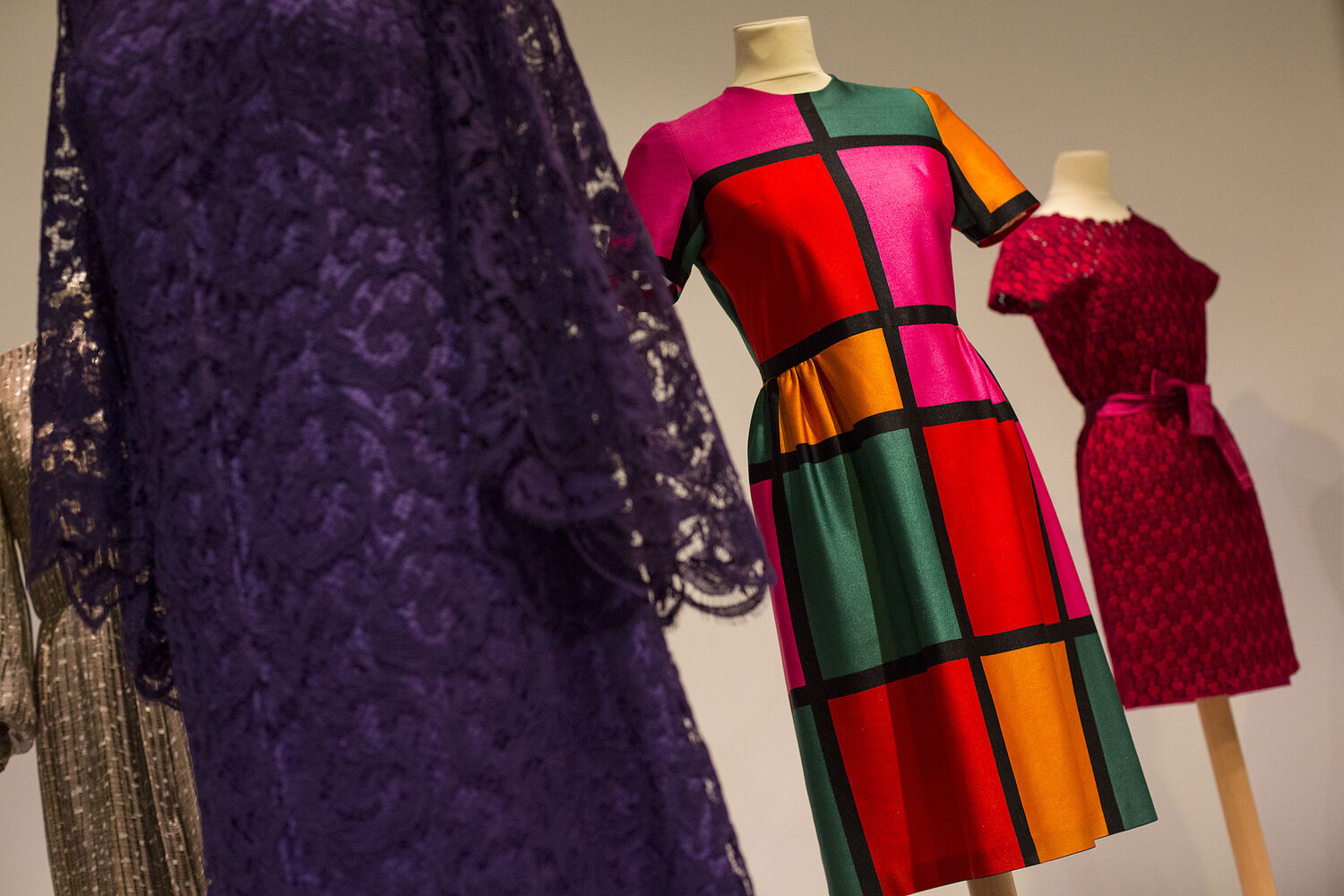
The exhibition Moda i Modistes opens today at the Museum of History of Catalonia and can be visited until 13th October 2019. It is a good opportunity to discover the legacy and evolution of this craftsmanship centennial.
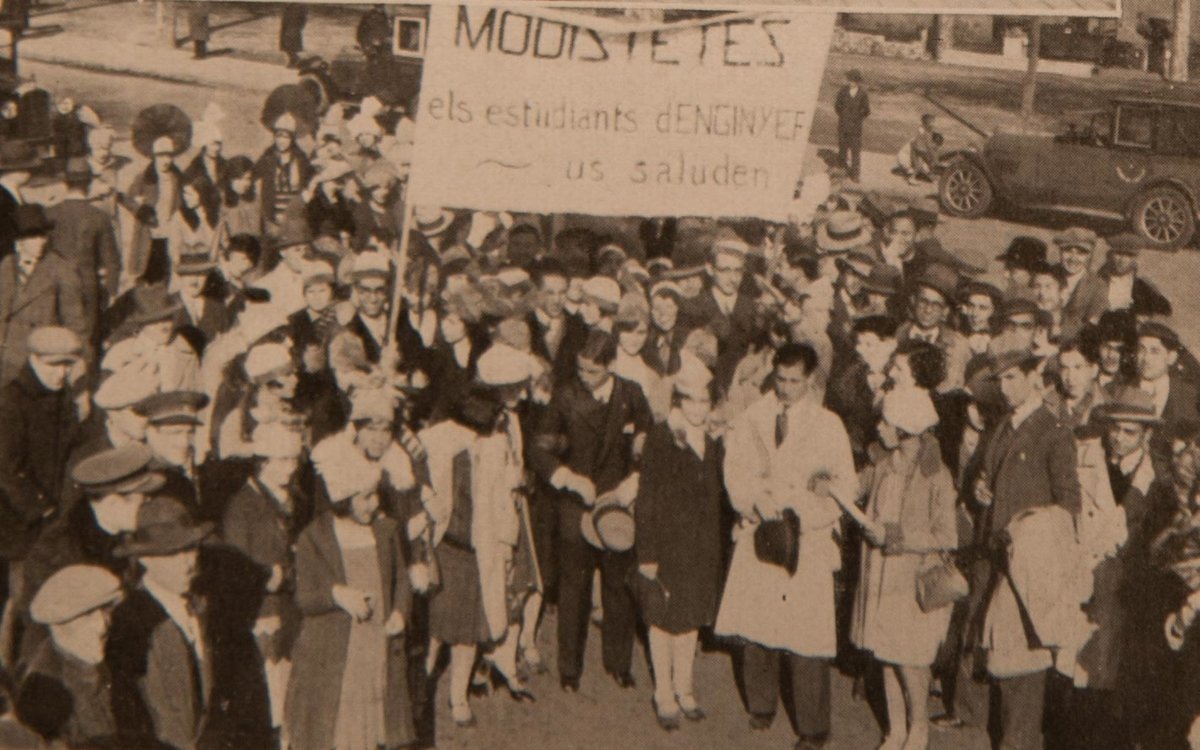
Sorry, this entry is only available in European Spanish.
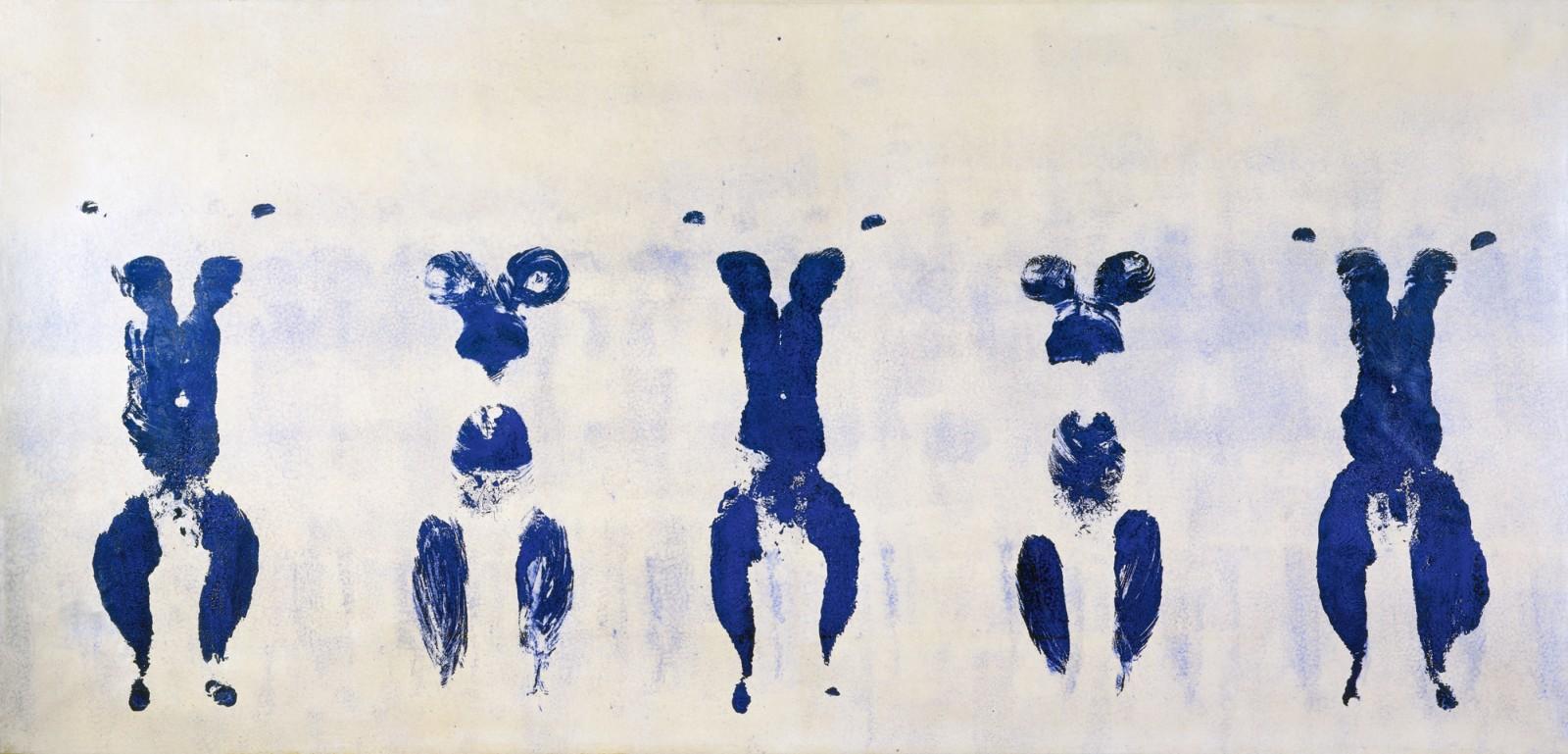
here are few artists whose works are linked to one single colour. An identifying tone, existential and full of meaning. The force of this tonality is so great that it acts as a true symbol to understand the creator himself, way beyond his artistic career.
One of these names, that goes into the history of art for its totally identifiable chromatic fingerprint, was the experimental Yves Klein (Nice 1928-Paris 1962). This versatile artist and showman, was the inventor of a tone that had never existed before. As a ” father ” , he baptized and registered it in 1960 under his own name: International Blue Klein (IBK) . A deep tonality of blue that maintained the visual impact of its prized ultramarine blue, as well as the thicknesses and textures that Klein used to apply on his canvases.
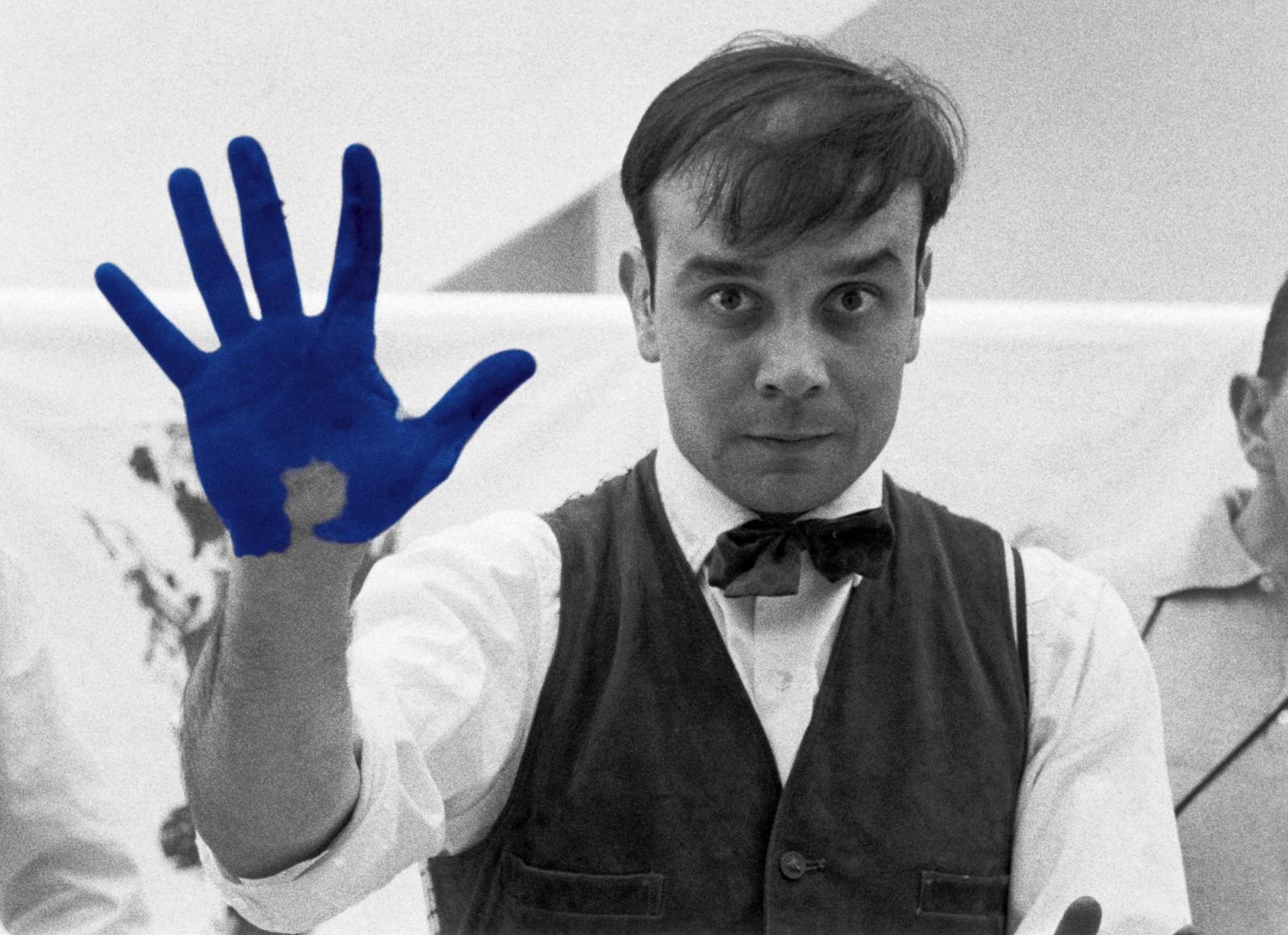
How did this devotion for blue occur?
In several biographies of Yves Klein, it is explained anecdotally that one summer day in 1947, the French artist was with two friends sitting on a beach in Nice in southern France. To kill time, they decided to play a game and spread the world among them. One chose the animal kingdom, another the kingdom of plants and the young Klein examined the infinite blue of the sky and chose the mineral kingdom. That contemplation changed the destiny of his life and when he addressed his friends he announced: “The blue sky is my first work of art.”
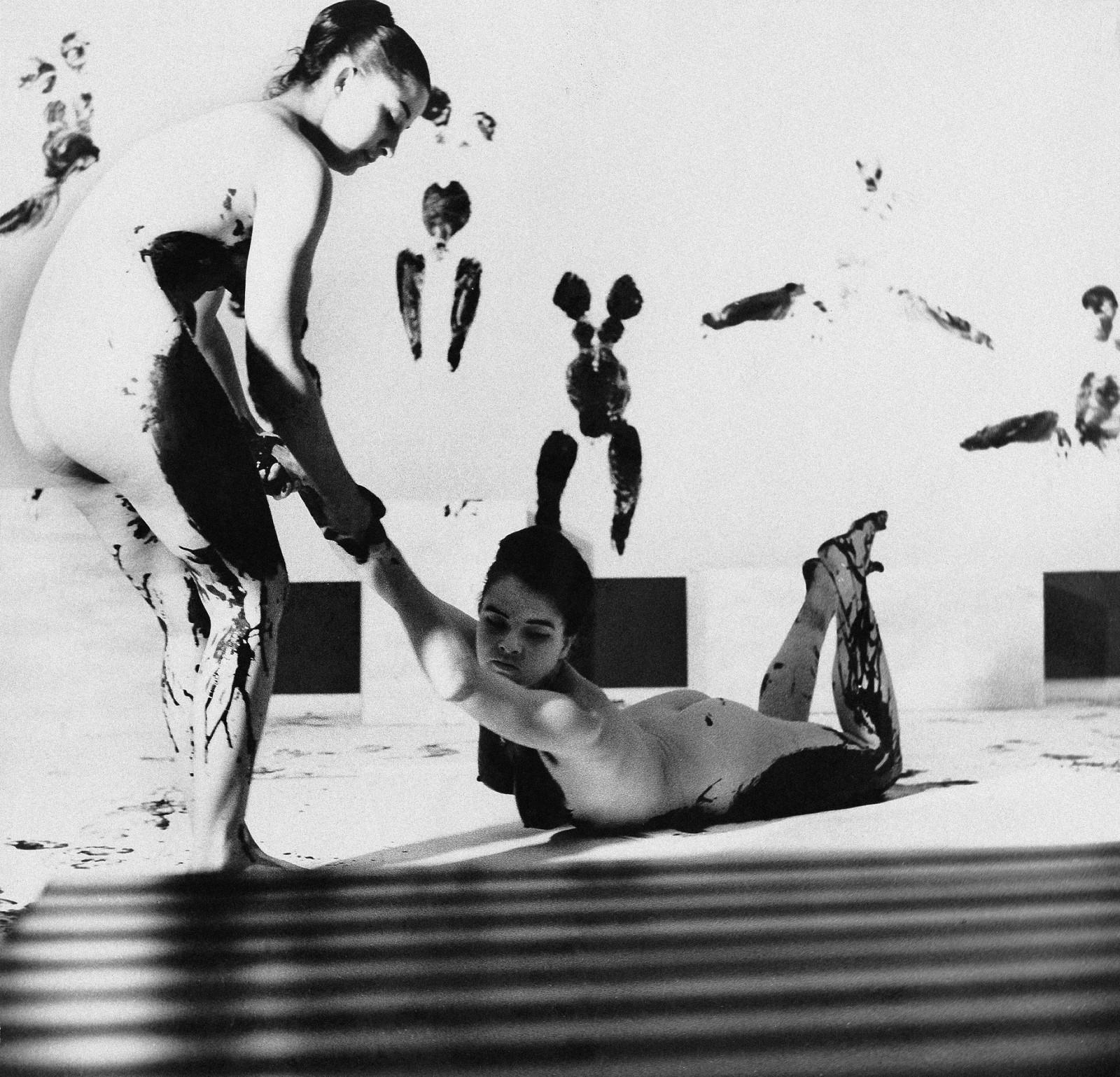
Enchanted by the cosmos and esotericism, the blue symbolized the spiritual, the mystical and the religious, and little by little, this deep tone was gaining ground with other colours present in his work such as gold or rose. It was in 1954 when he began his eclectic paintings of monochrome fields, which at the beginning were of different shades but which he eventually reduced to ultramarine blue. Klein erected around the blue colour an artistic theory that was articulated around two principles: absolute colour and emptiness, that he limited by creating what he called the “zones of immaterial pictorial sensibility.
Beyond the blue period and fire paintings, Yves Klein’s artistic career is also known for his Anthropometries, where he explored his most provocative and experimental side with paintings made by nude women that were daubed in IKB blue and turned into a continuation of the artist’s brush when they left the imprint of their bodies on stretched canvases on the wall or floor. Occasionally, he organized authentic happenings with live audiences and musicians who entertained the experimental painting sessions. What today we would call performances.
Yves Klein had a very short but intense artistic career that was especially concentrated during the last eight years of his life. He died in 1962 of a heart attack at only 34 years of age. Despite his youth, Klein defined the course of Western art and its colour, the intense International Blue Klein (IBK) has become immortal, an icon of the legacy of what is considered “the last French artist of great international impact”.
Recognition on the catwalks
Two years ago, Yves Klein’s Anthropometries were present on the catwalk in Paris with Céline. The creative director at the time, Phoebe Philo wanted to capture in two dresses of the Spring-Summer 2017 collection, the blank canvases with the silhouettes of the bodies of the women that were smeared with Klein blue paint. A recognition of this imaginative creator of contemporary art. From Gratacós, we are fascinated by the vibrant blue of the master Klein and we pay homage through some fabrics of the current collection that capture the intensity of this totally evocative blue.
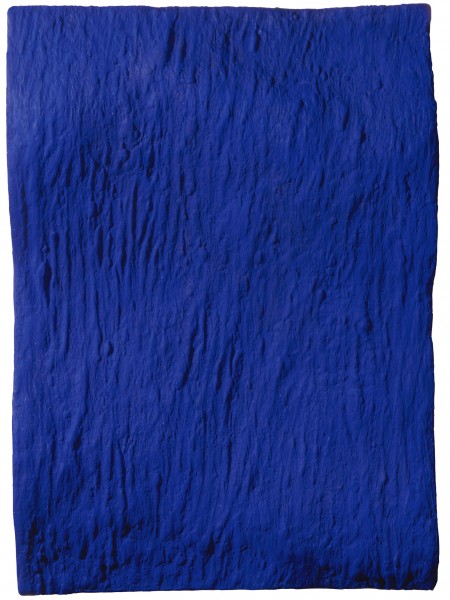
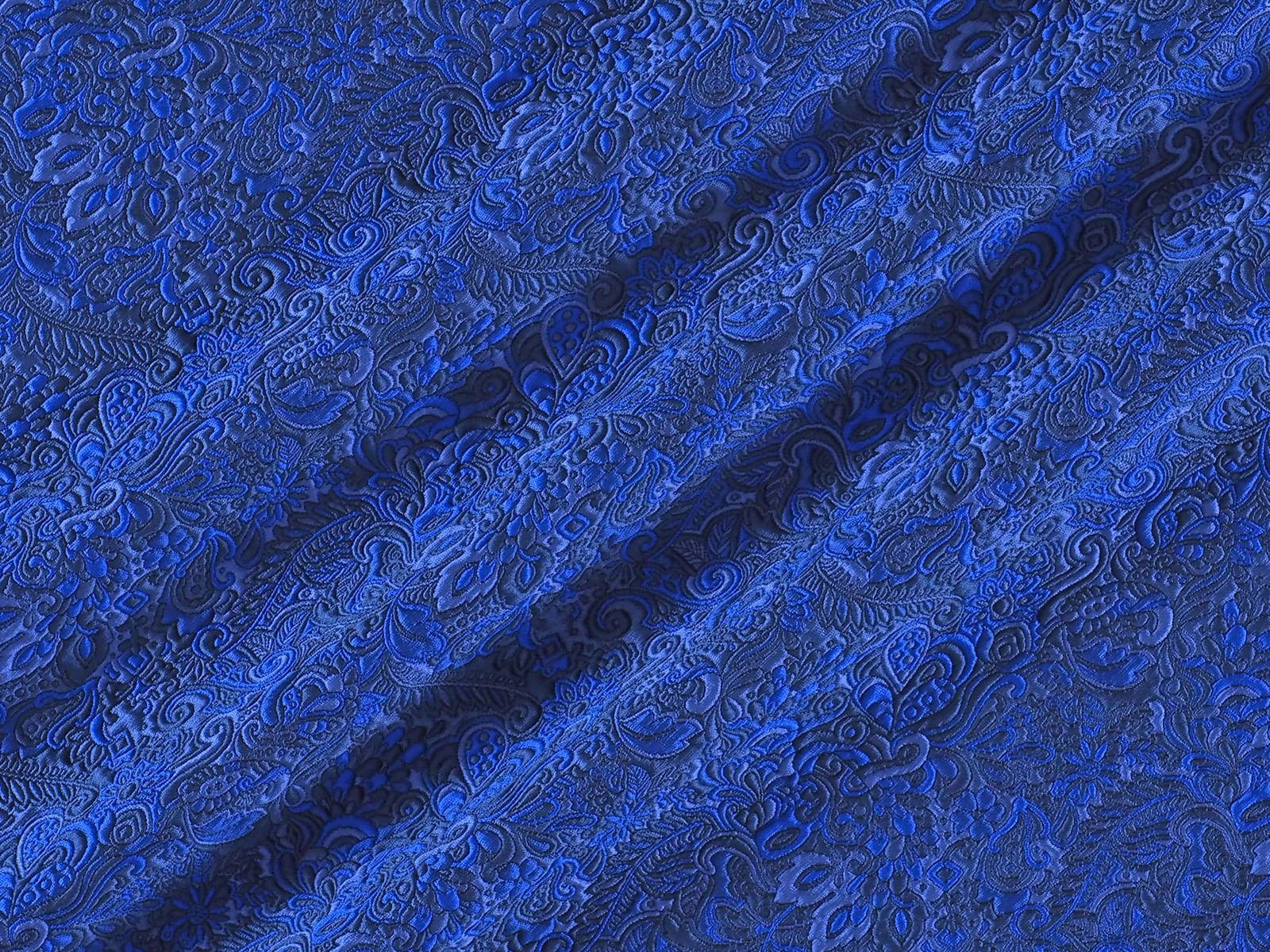
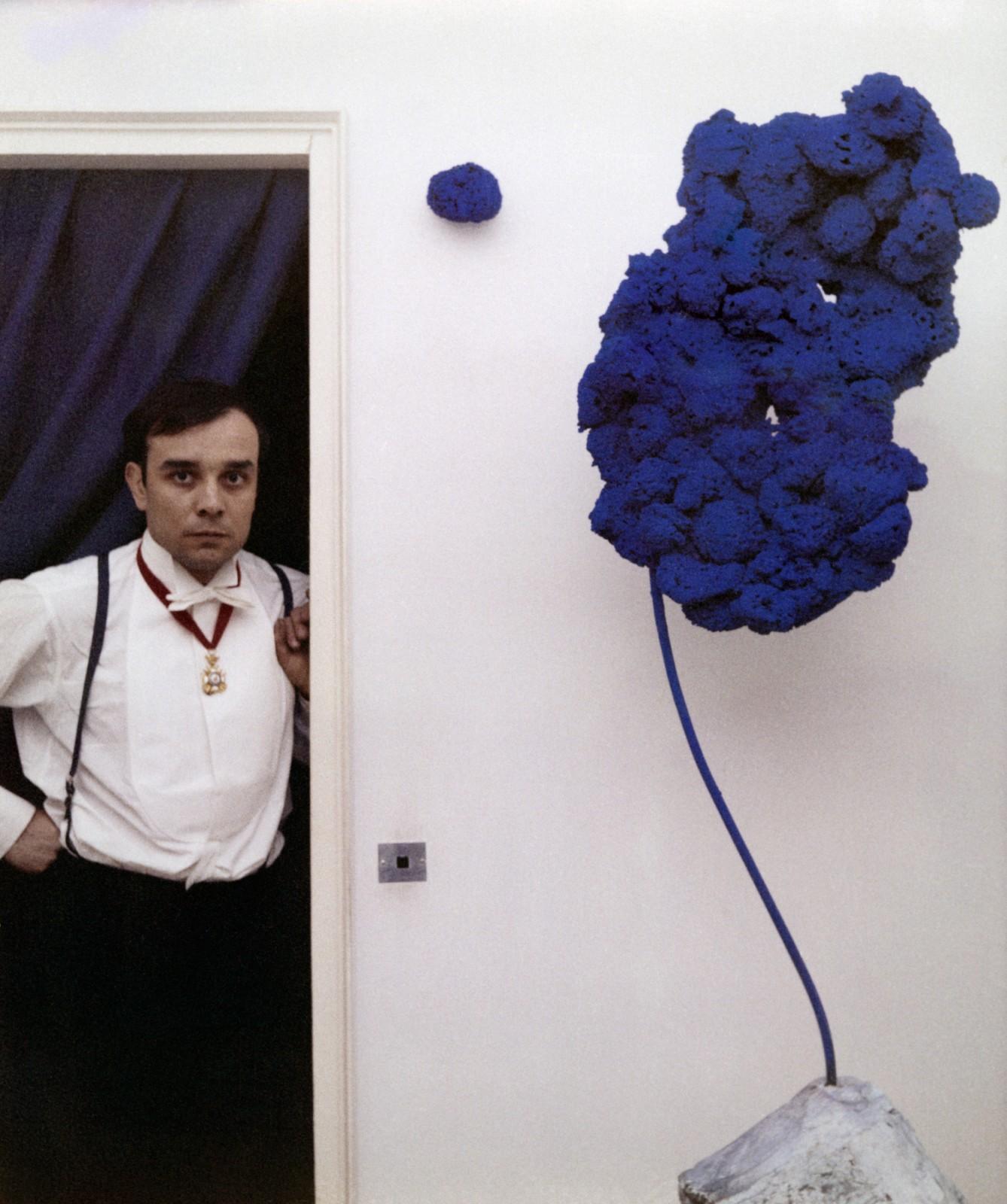
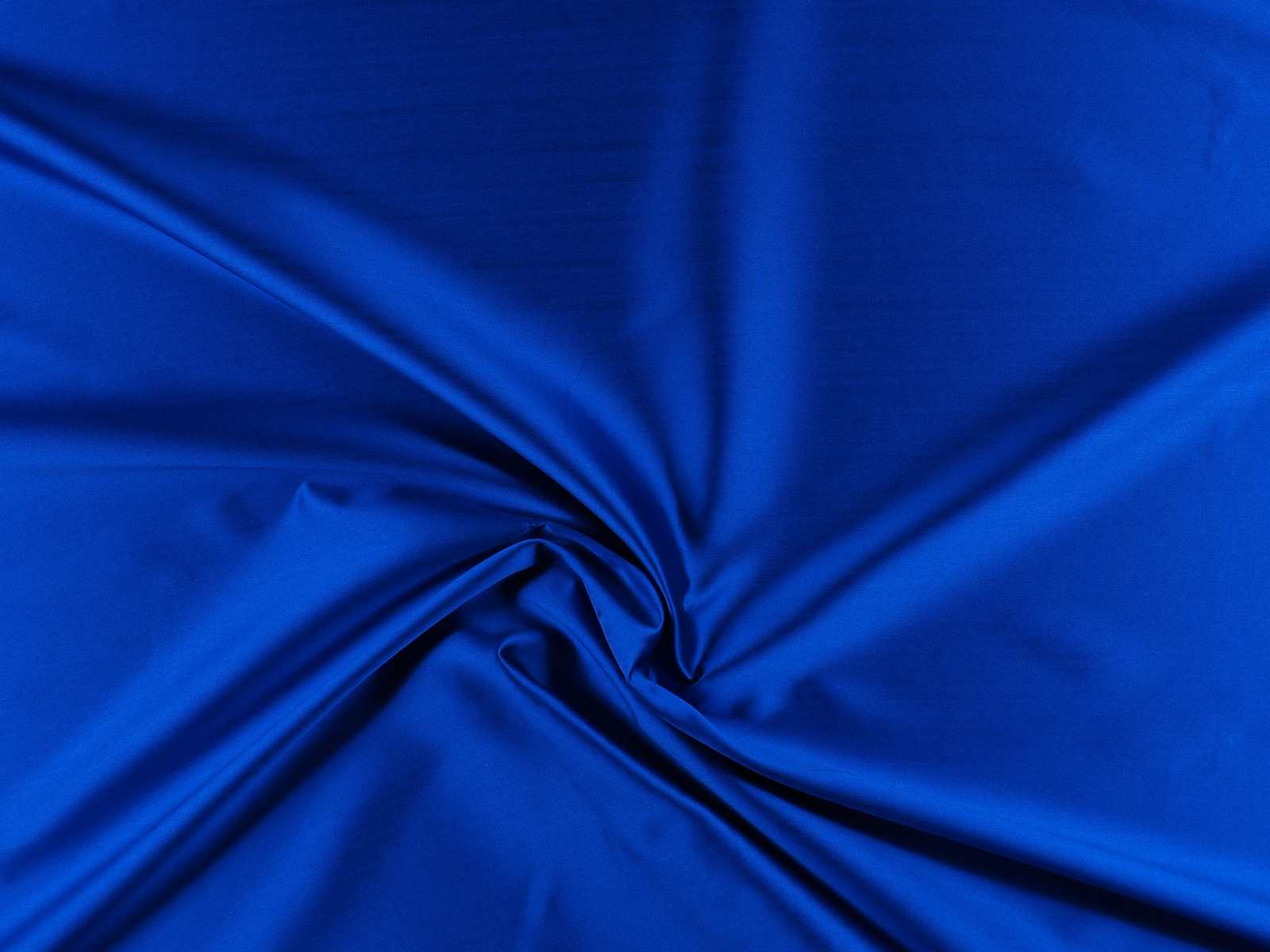
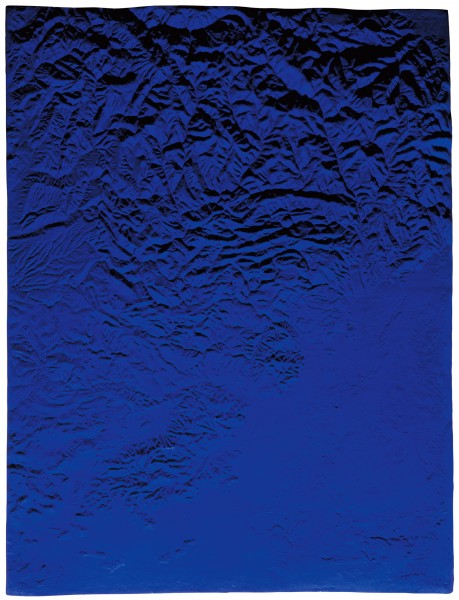
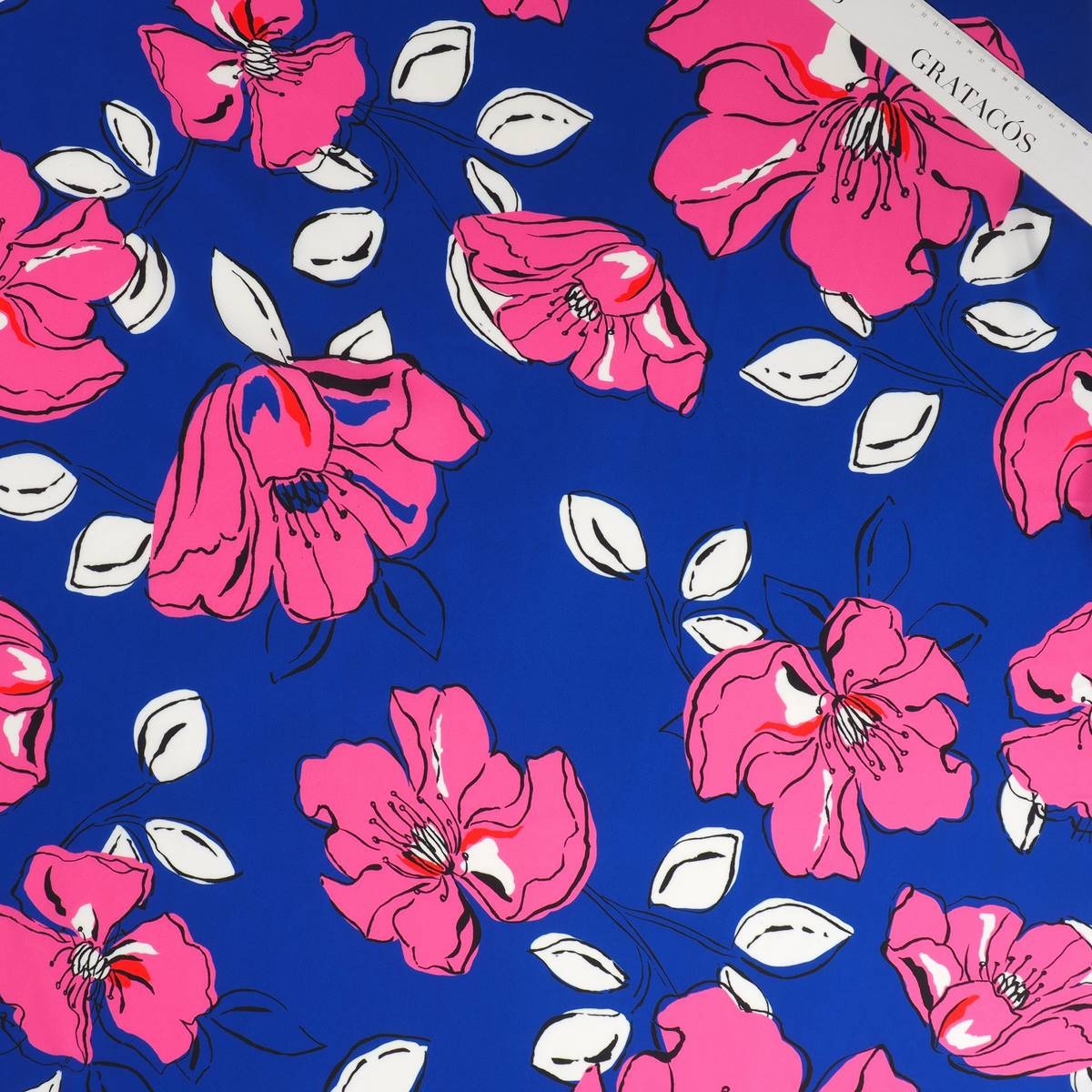
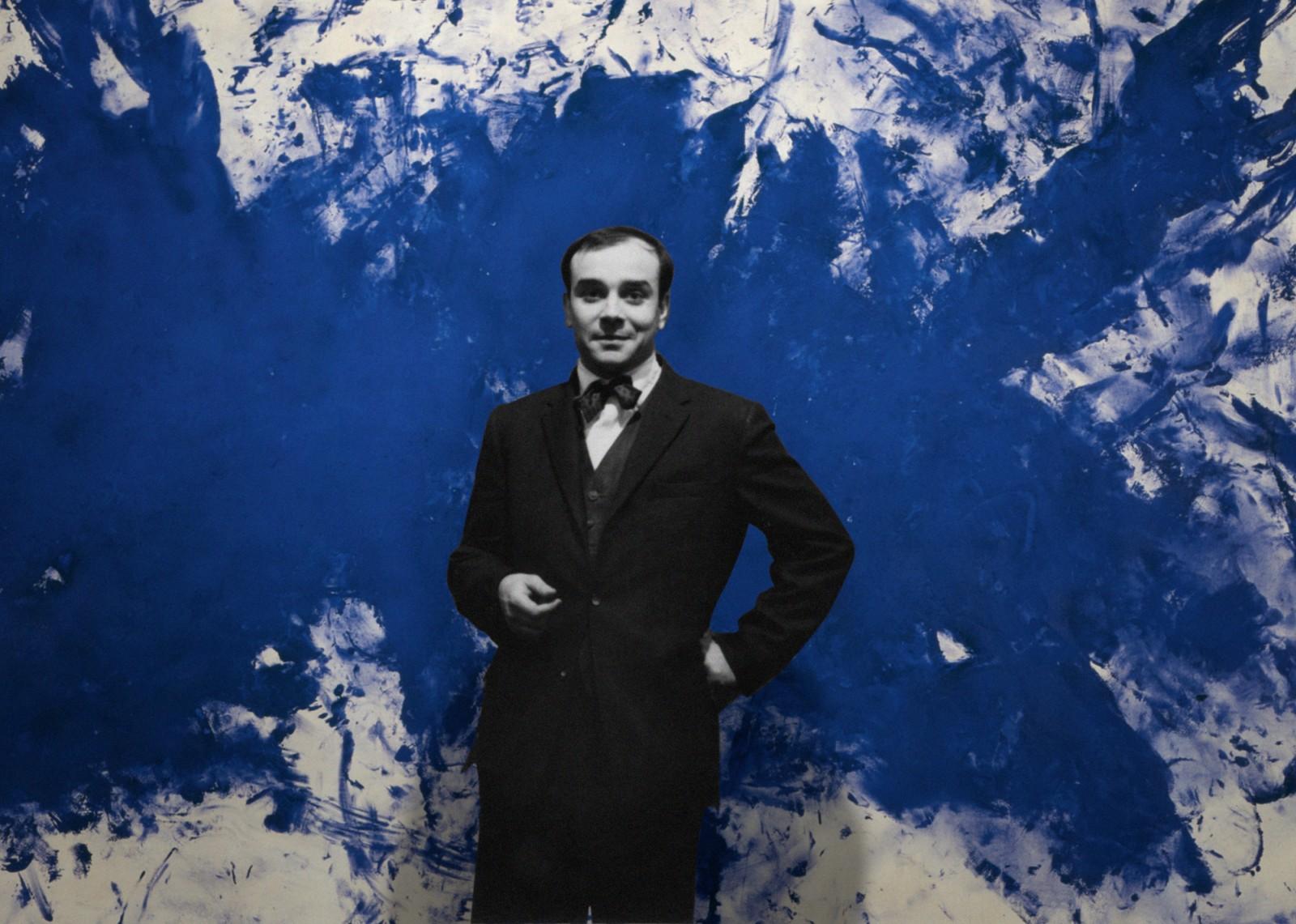
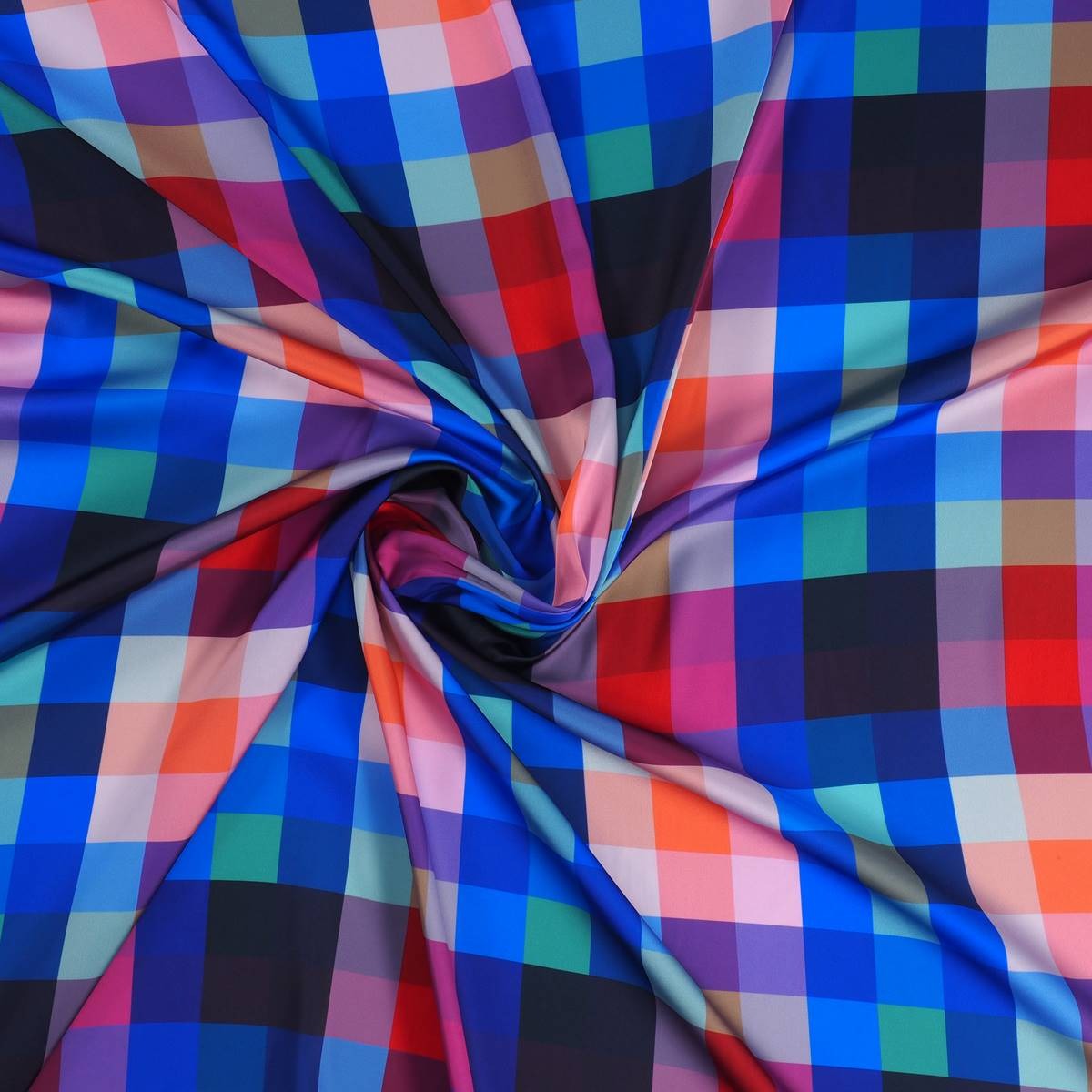
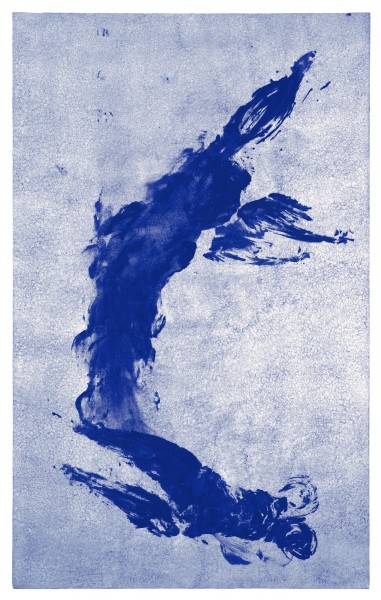
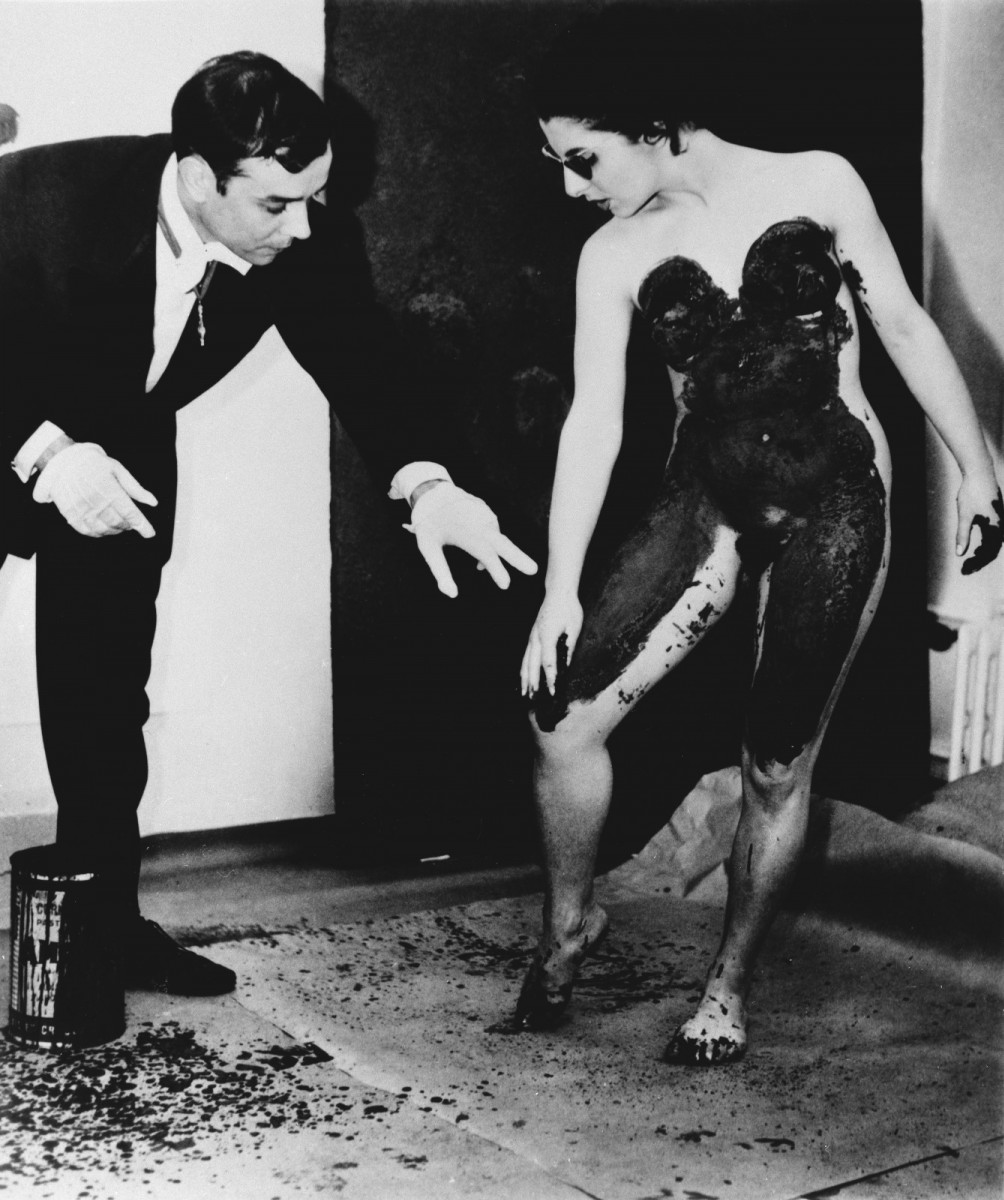
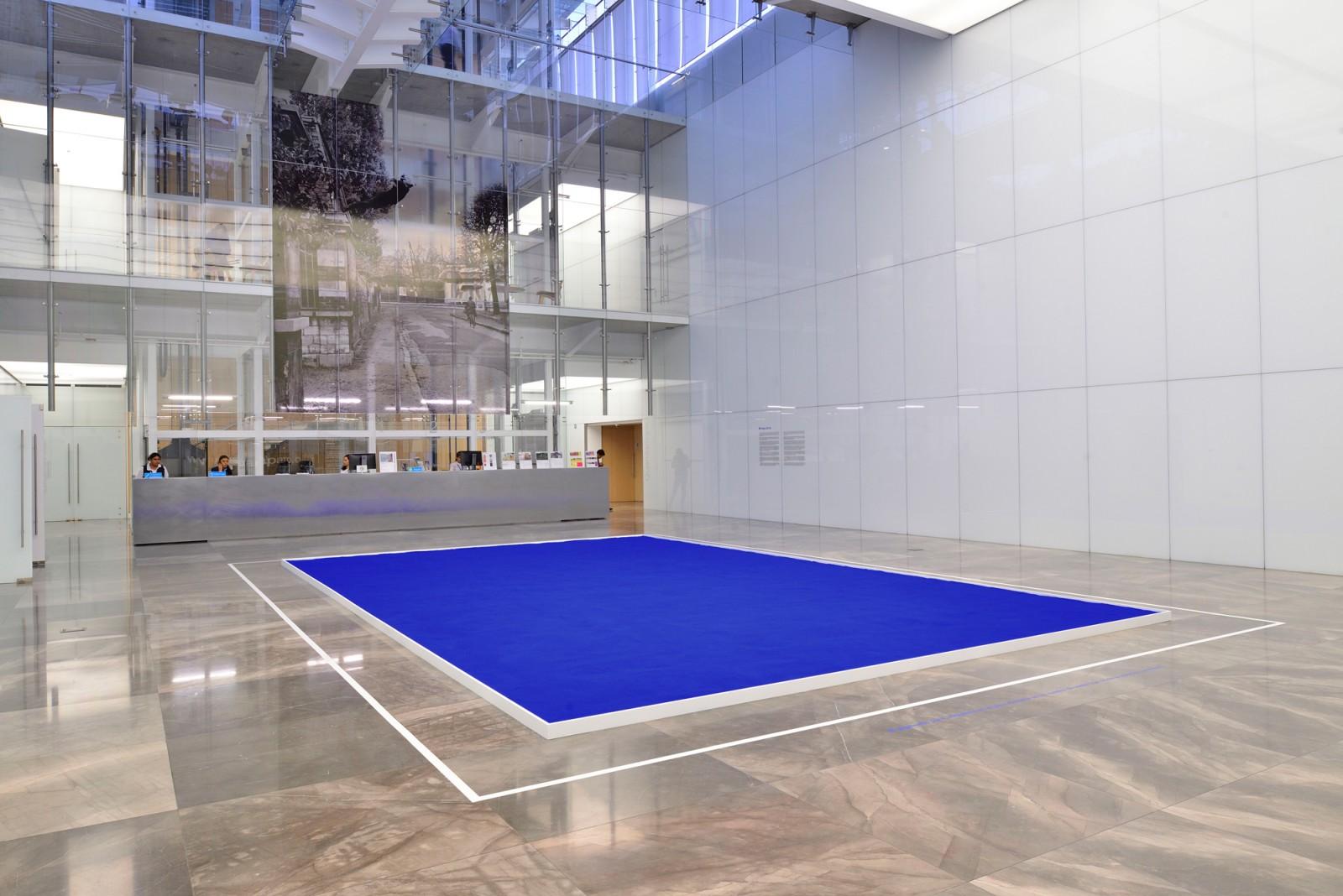
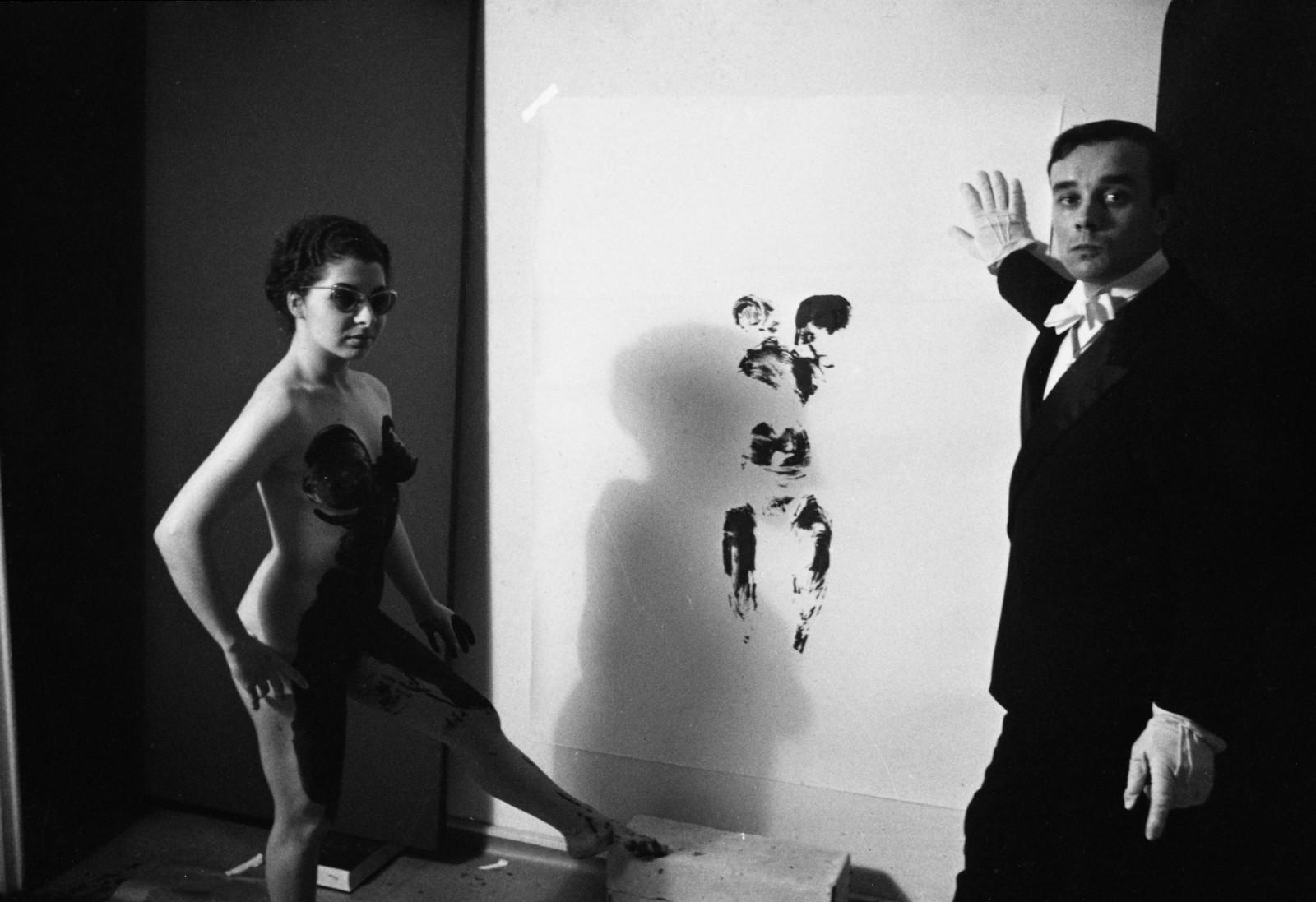
Sorry, this entry is only available in European Spanish.
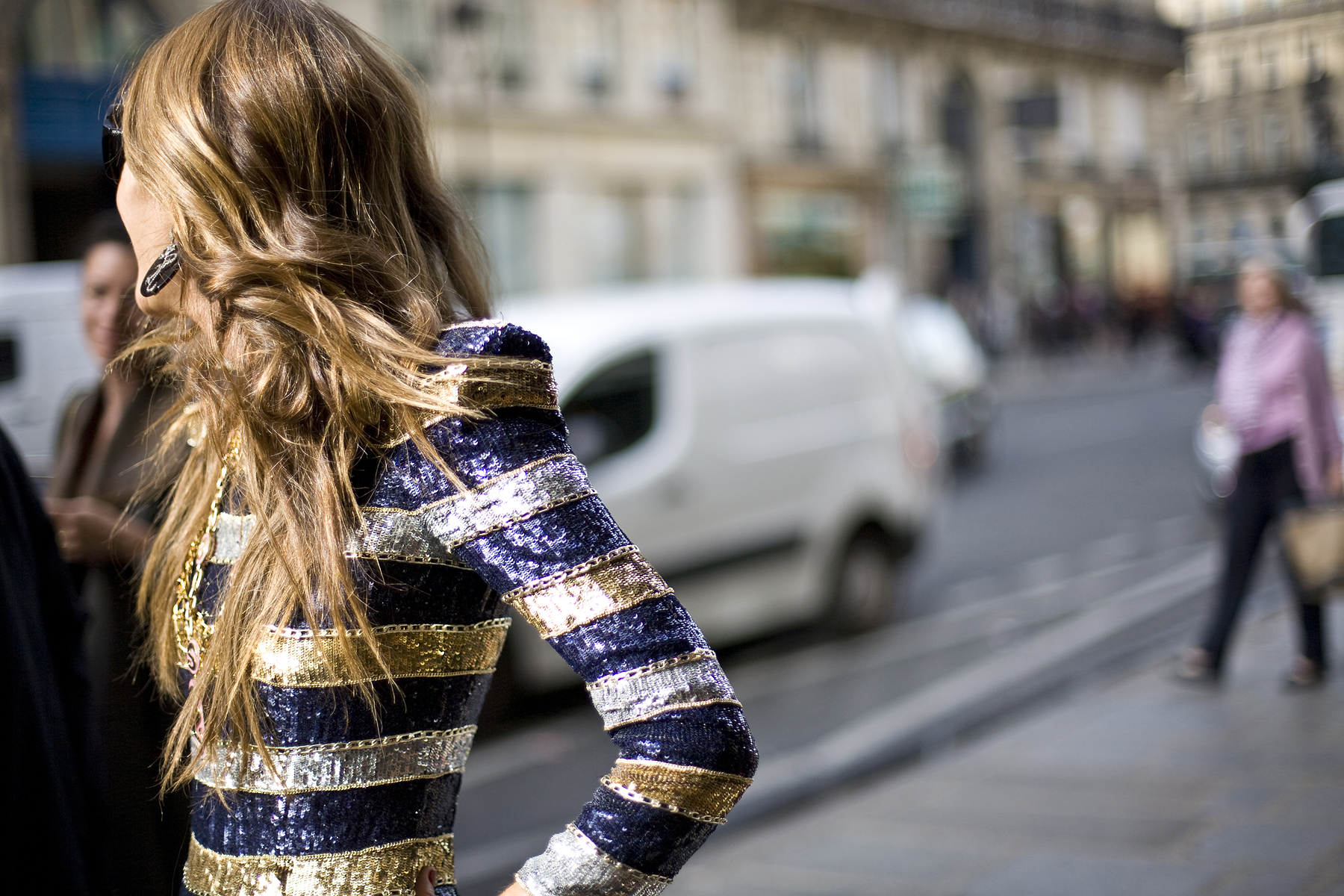
Sequins are not just synonymous with celebration. In any case, we will not deny the opposite either, because it is evident that during the festive periods -mainly between Christmas and New Year’s Eve- it is when they shine at their maximum splendor. But why do we insist on booking this shiny fabric for special occasions?
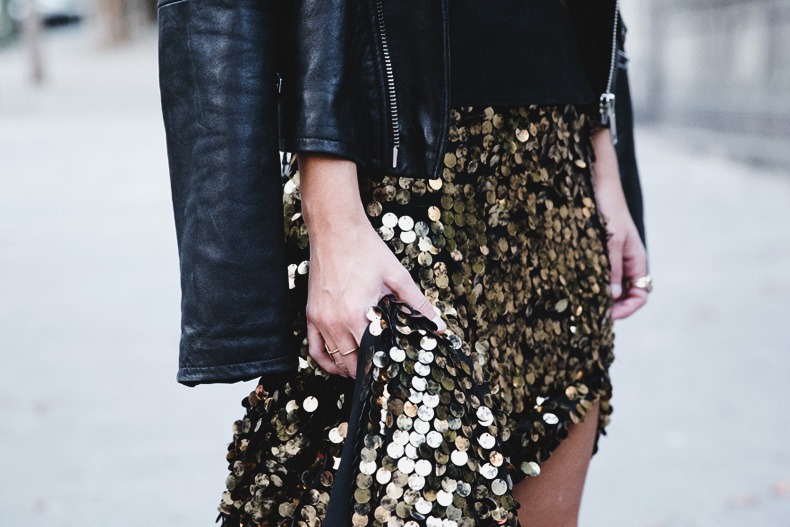
The change has already begun. In recent seasons, we have seen how, little by little, sequins have conquered the ground featuring in the daily outfits of celebrities and prominent personalities from the world of fashion. In various sizes from XS to XL, creating colourful graphic mosaics or blocks of colour, in this transition to street fashion, the sequins have appeared in all its versions to give that radiant air to daily looks.
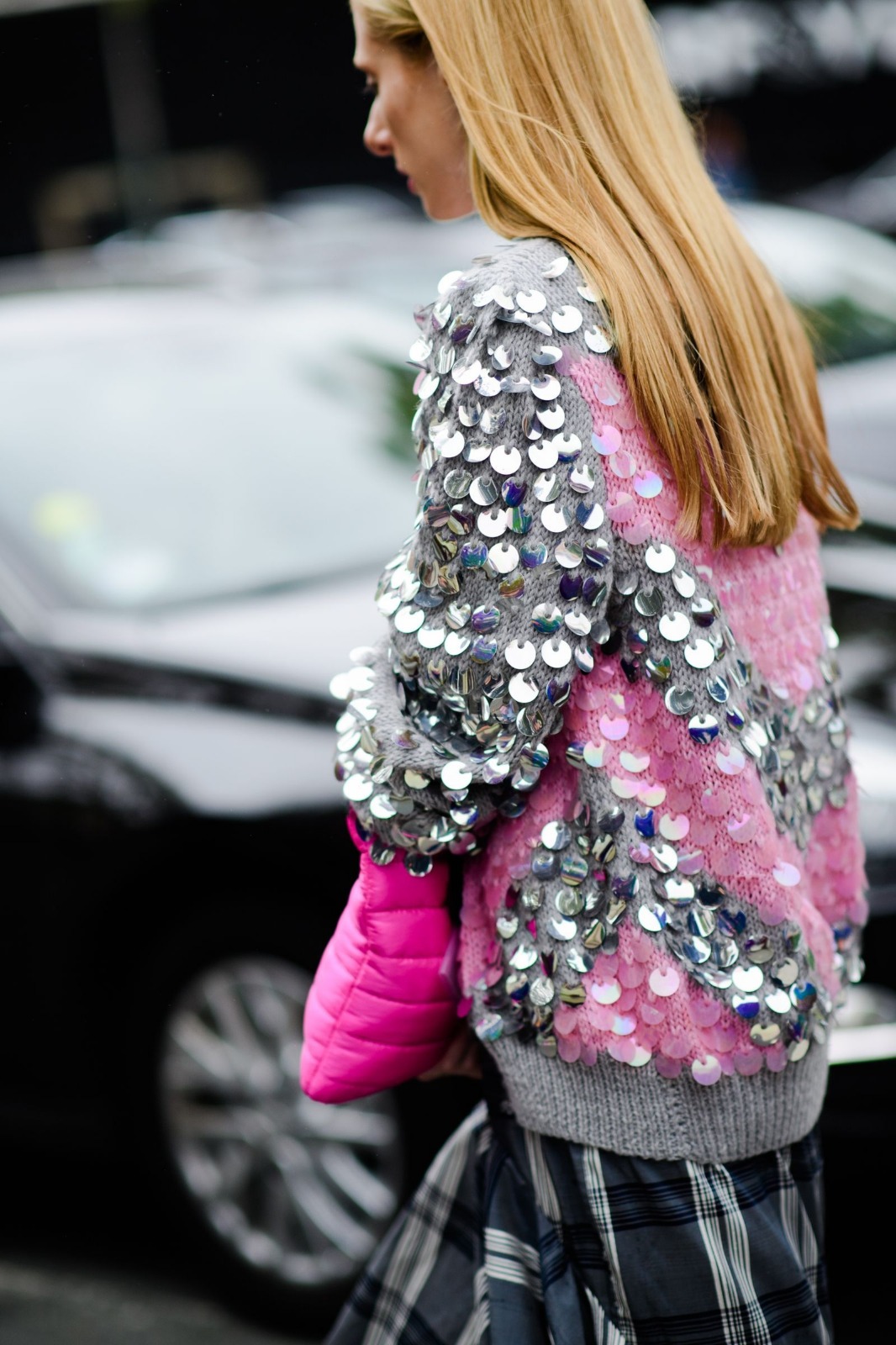
How to combine these brilliant accounts in day to day wear? The key, more than in the fabric, lies in the garment itself and in the way it is combined. The star garment of the season is the narrow midi skirt. An ideal piece to add shine to a daily outfit without the risk of making mistakes. This garment can be combined with neutral garments such as basic sweaters, white shirts or coats in muted tones, which attenuate the brilliant effect of the sequins. In this way an elegant, daring and youthful outfit is achieved.
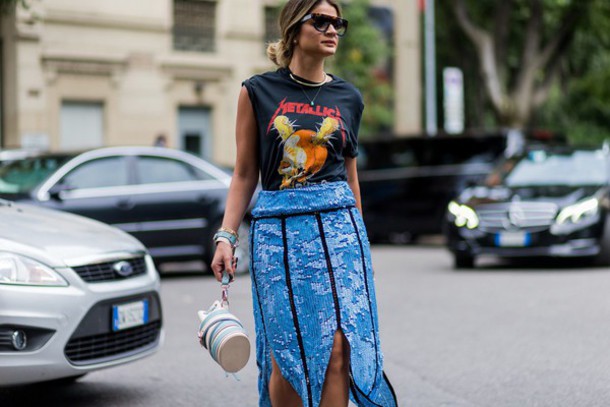
Beyond skirts or narrow trousers, you can use other garments with sequins that are also easily combined with a vest top, a shirt or a thin jumper. A trick to integrate it into your wardrobe is to play the overlays: it is an effective resource to combine several garments subtracting the bling bling effect of the sequins.
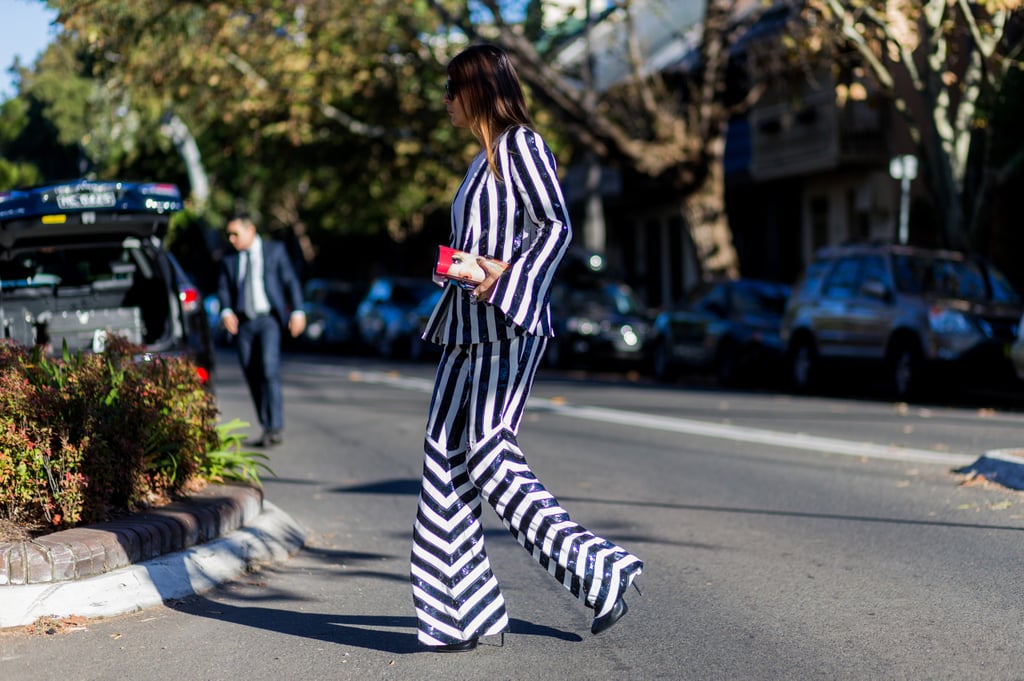
Finally, there is a garment that maintains all of its power if it is made with sequins: short jackets and blazers. A versatile and useful option for evening wear. To reduce its intensity, it is advisable to wear a black and white look underneath. Even so, its shiny effect means that, with sequins, it never goes unnoticed.
In Gratacós , we have a selection of very varied and colourful sequin fabrics for you to invent with them the garments that will star in the looks of the new season. Imagination to the power!
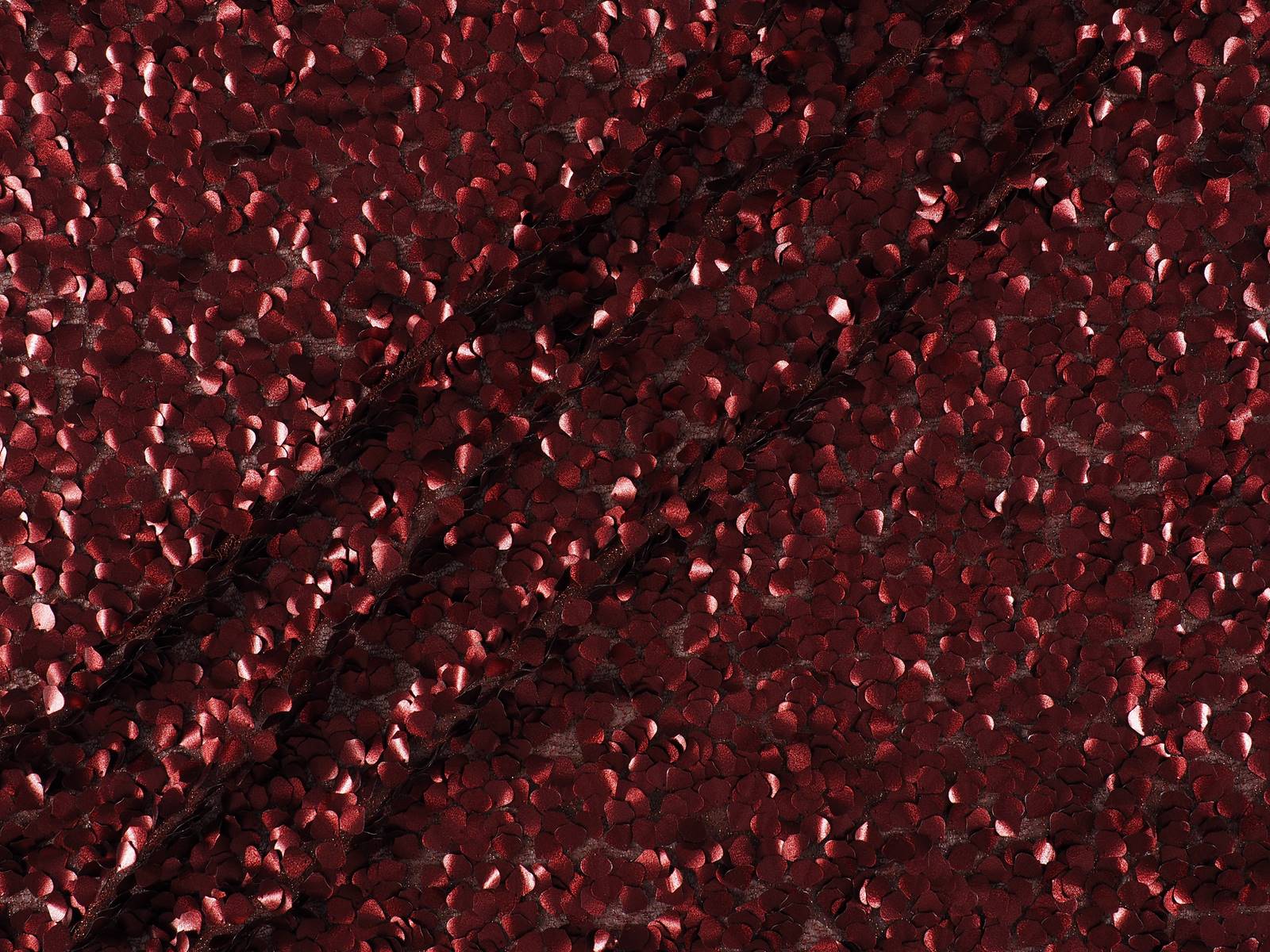
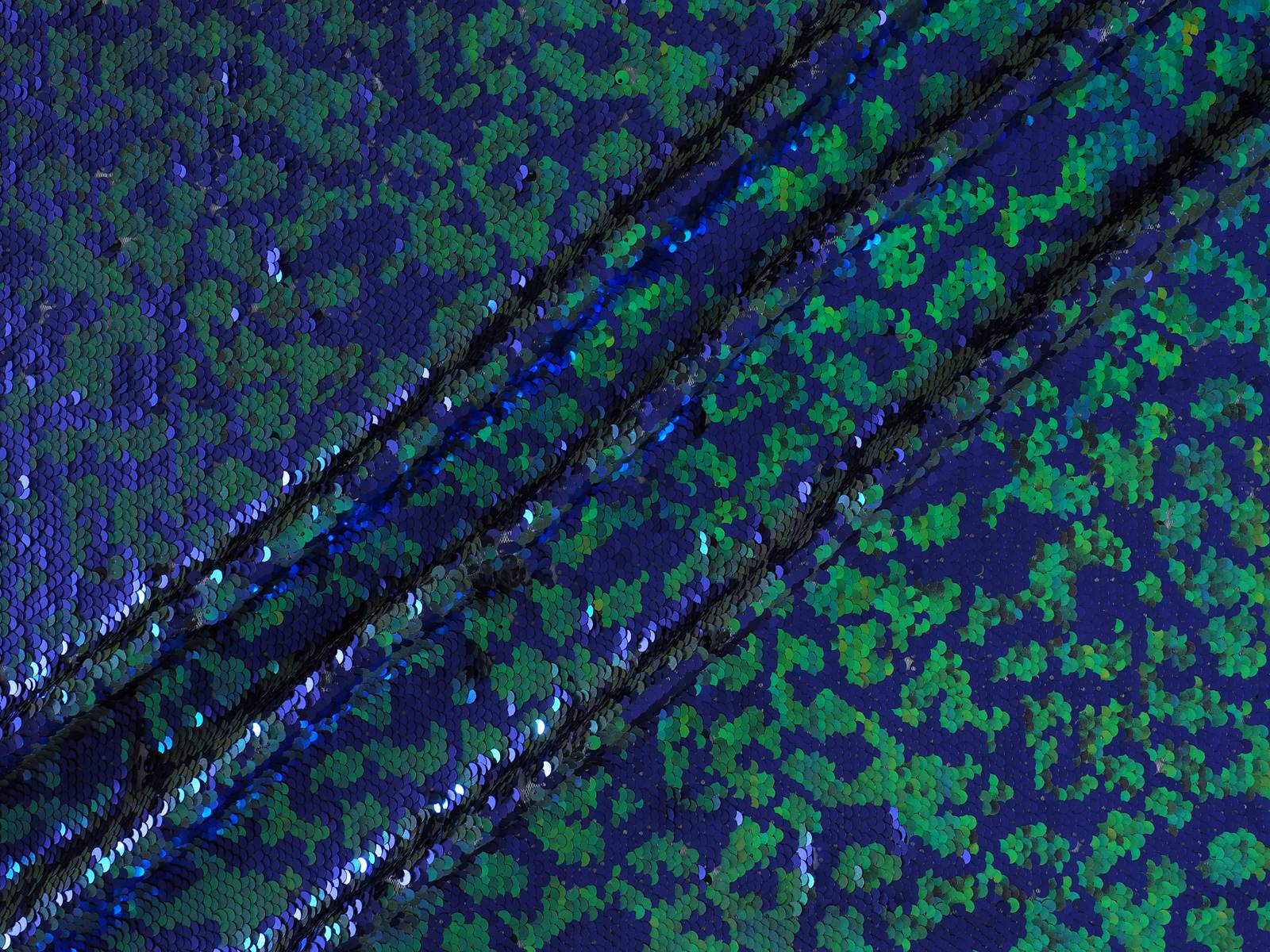
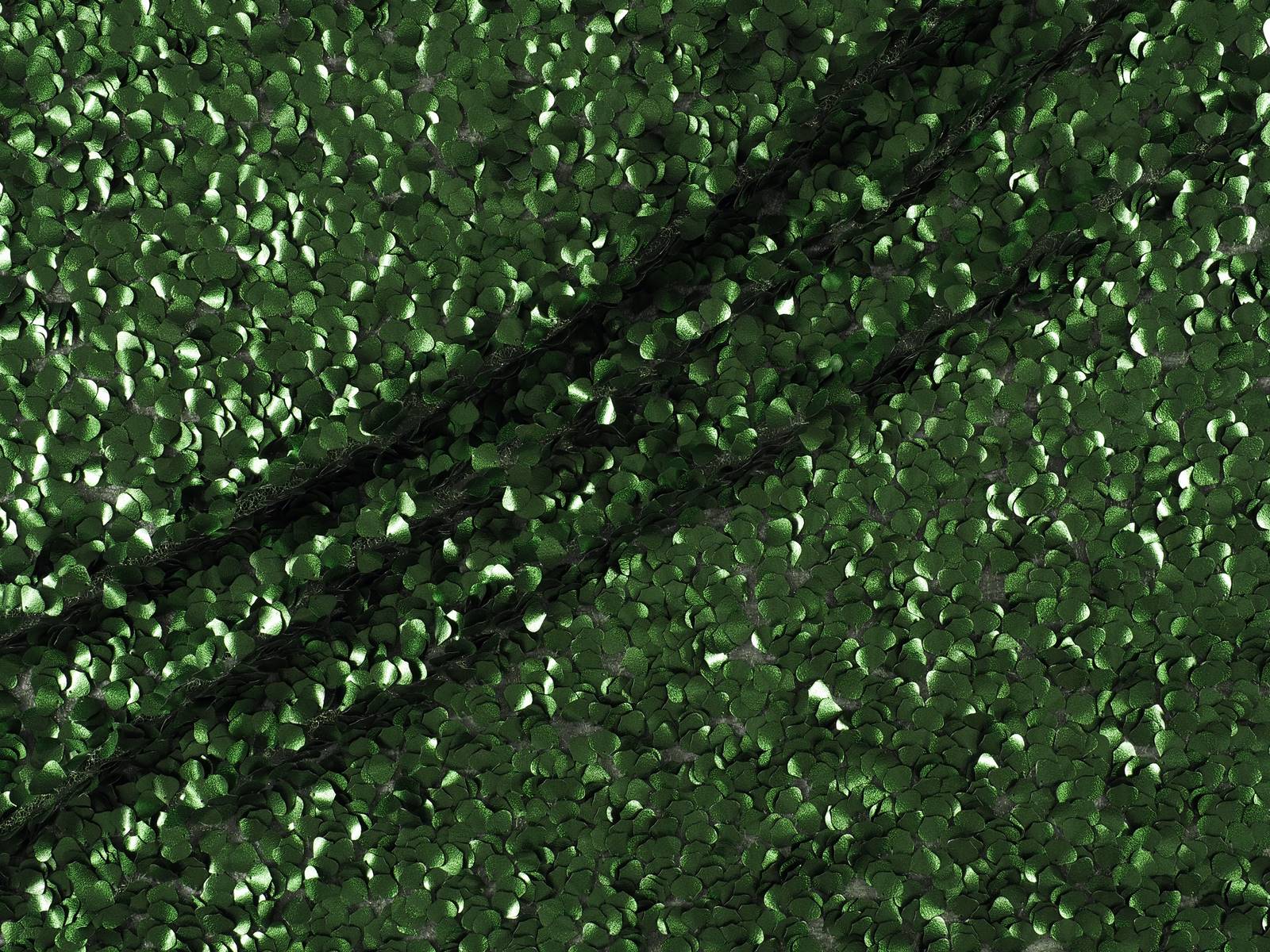
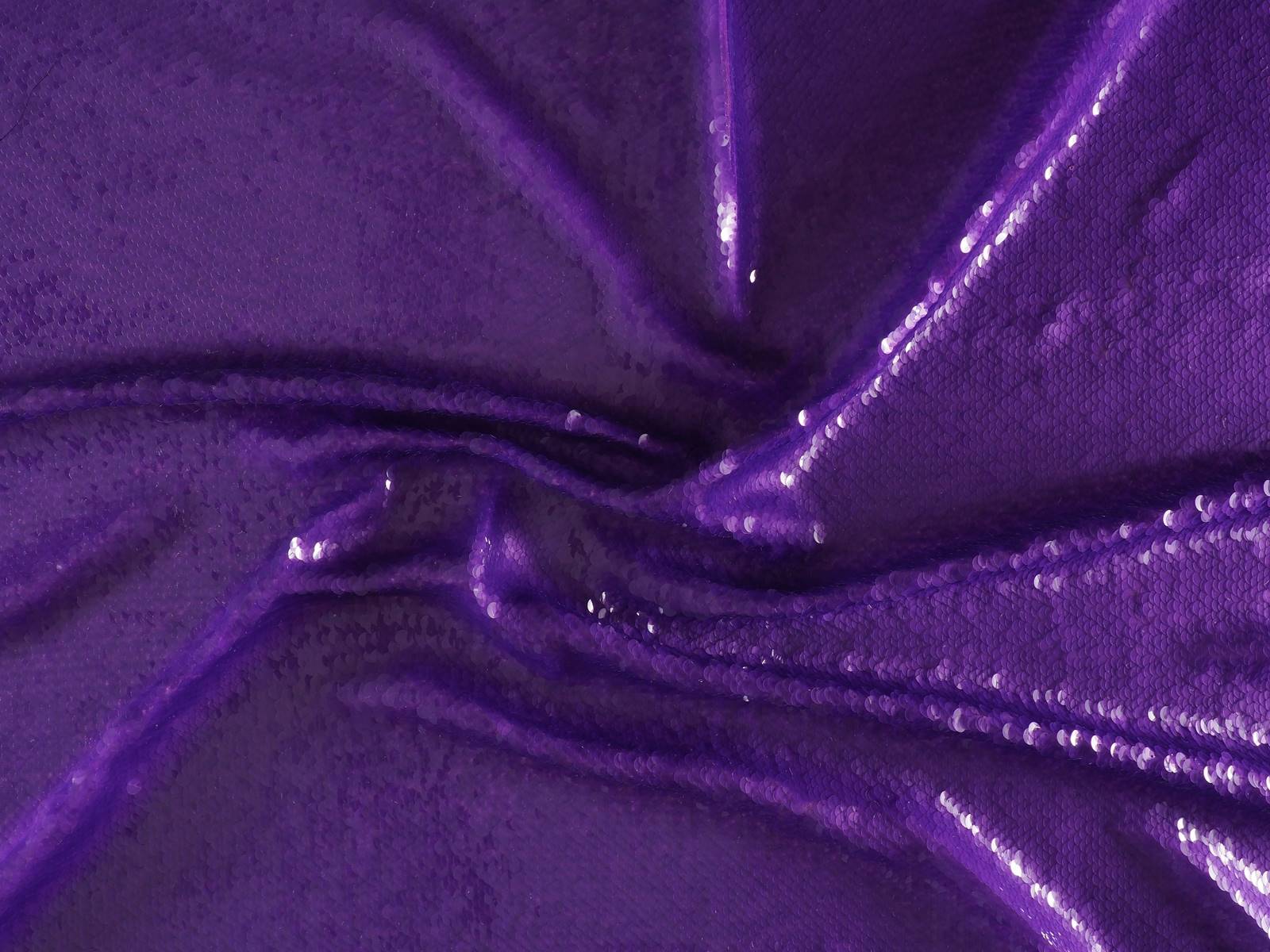
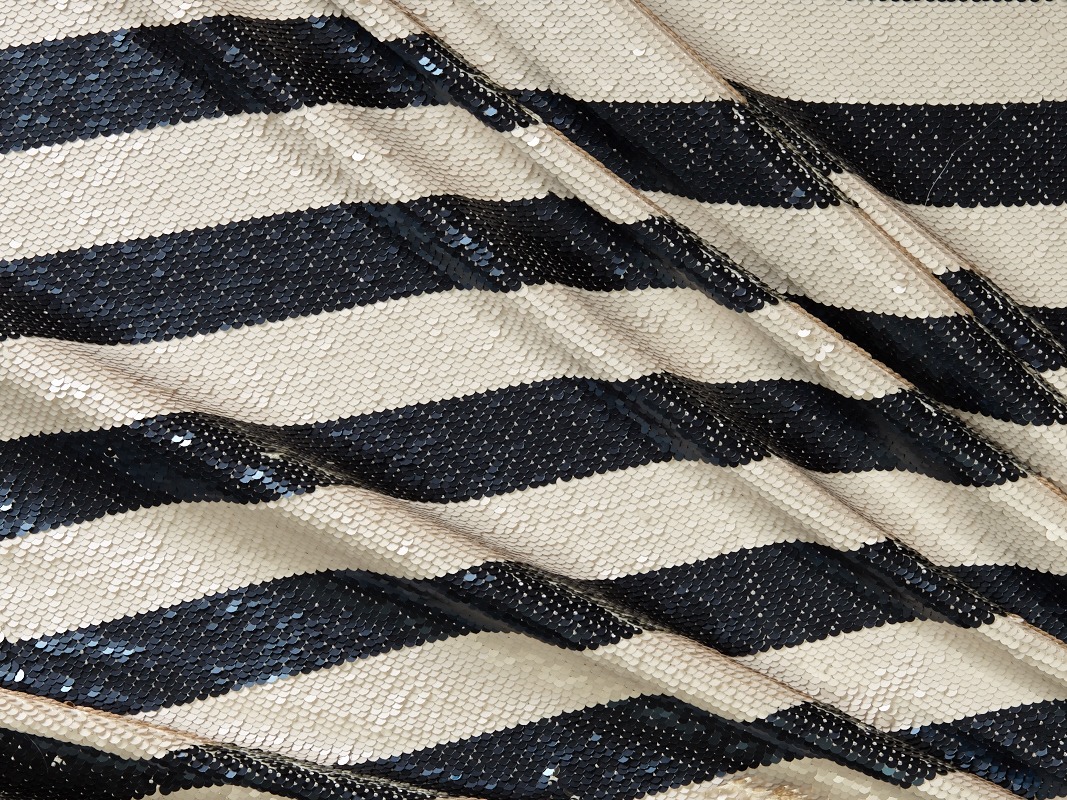
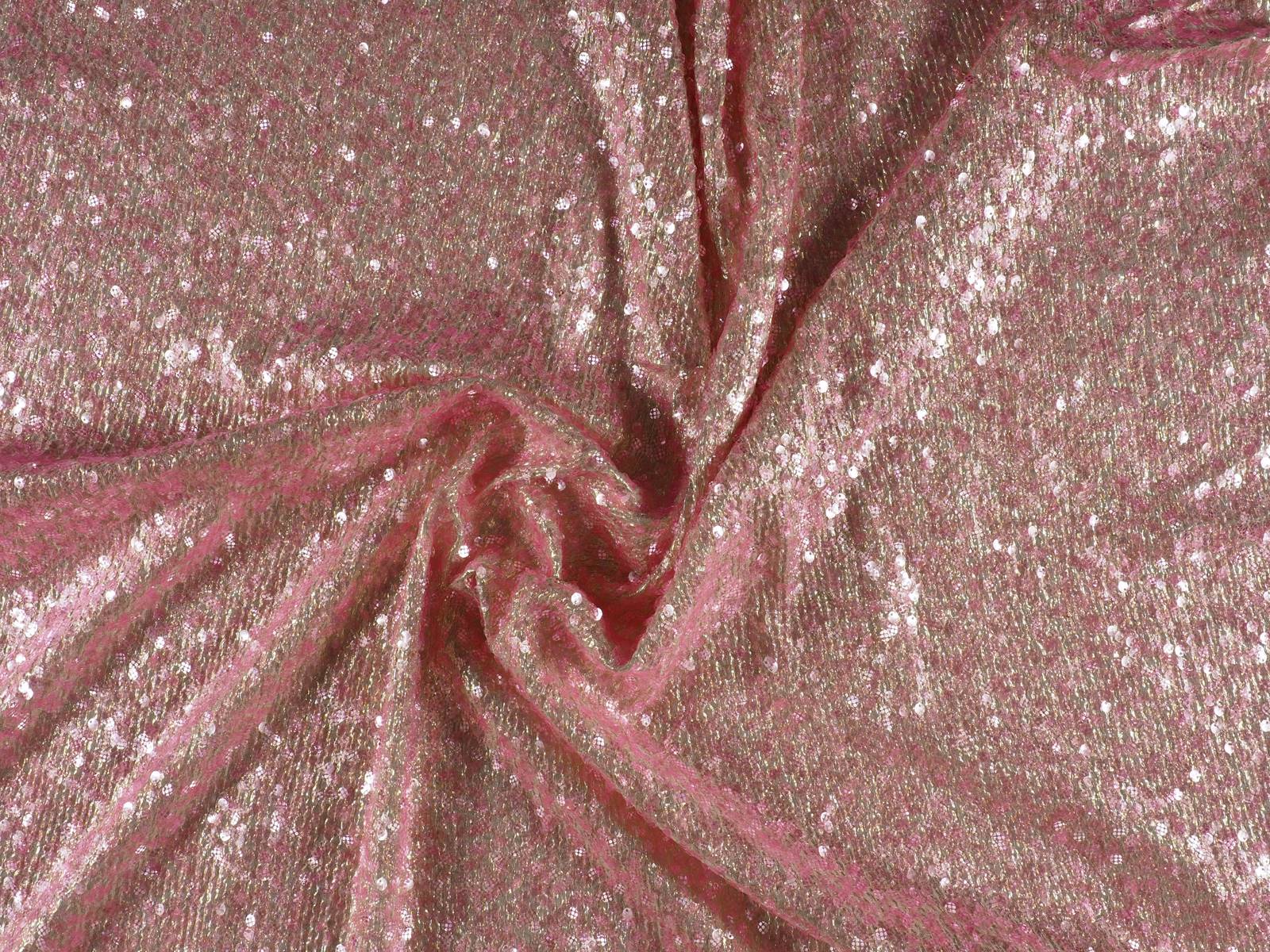
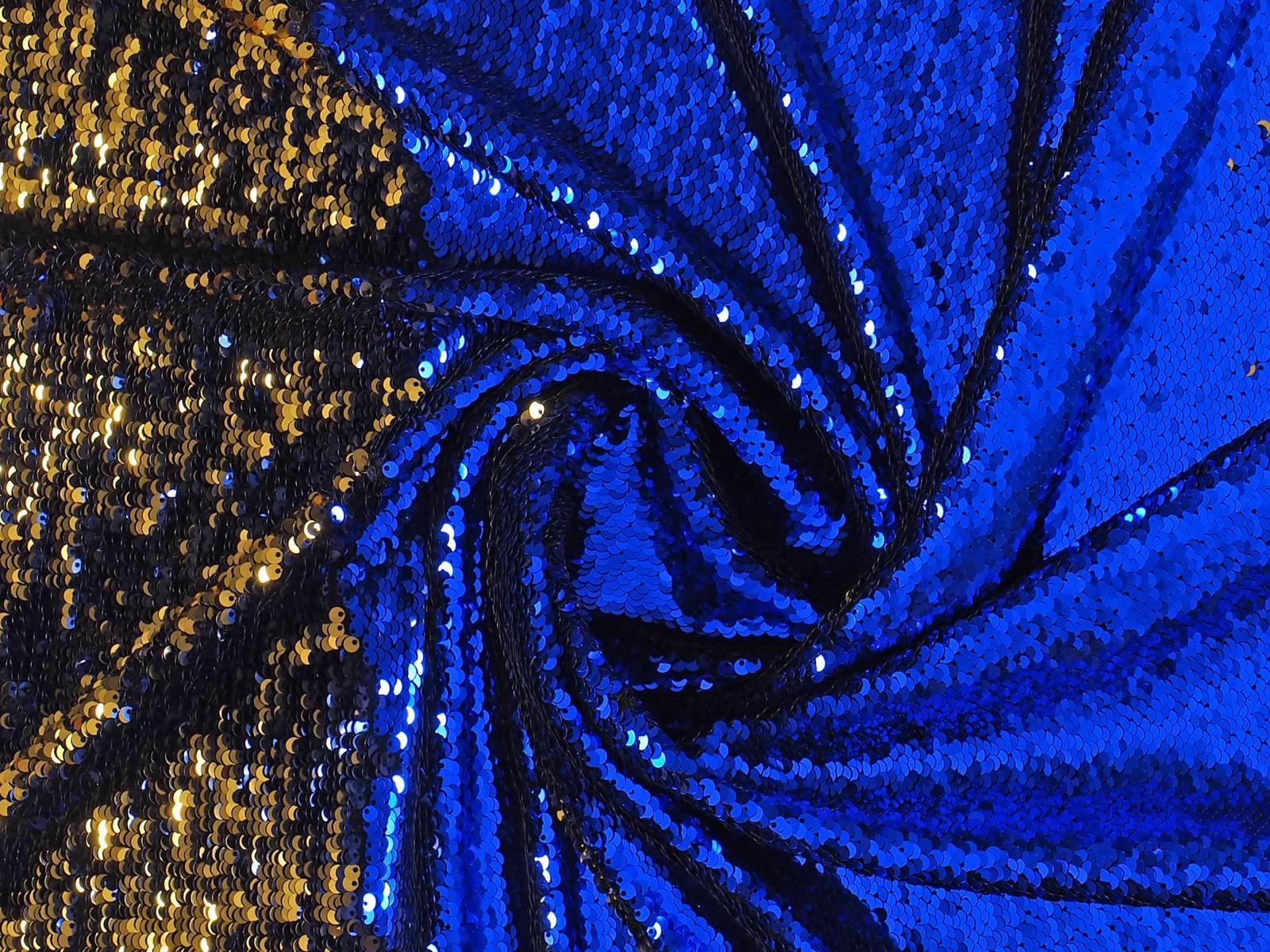
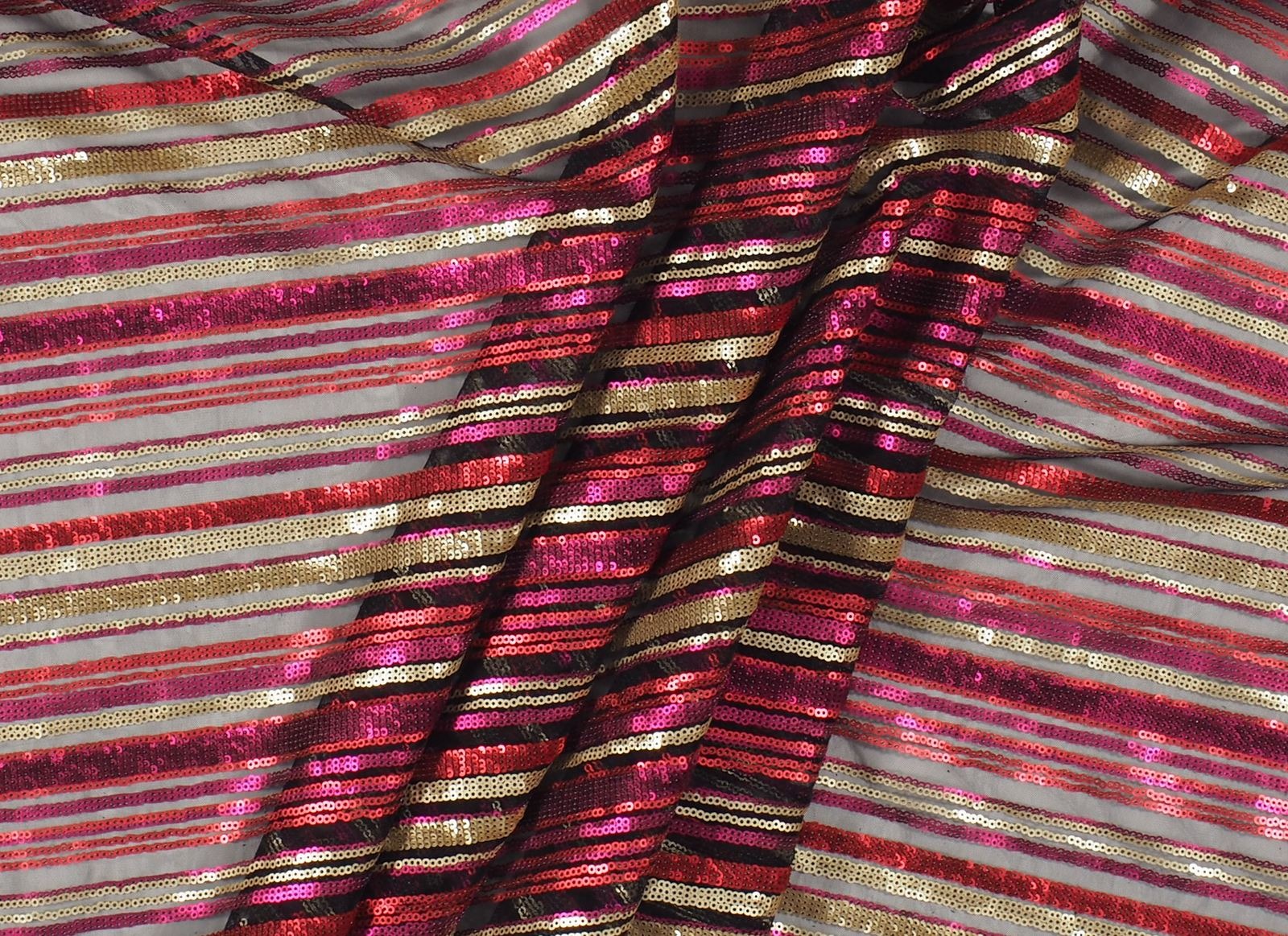
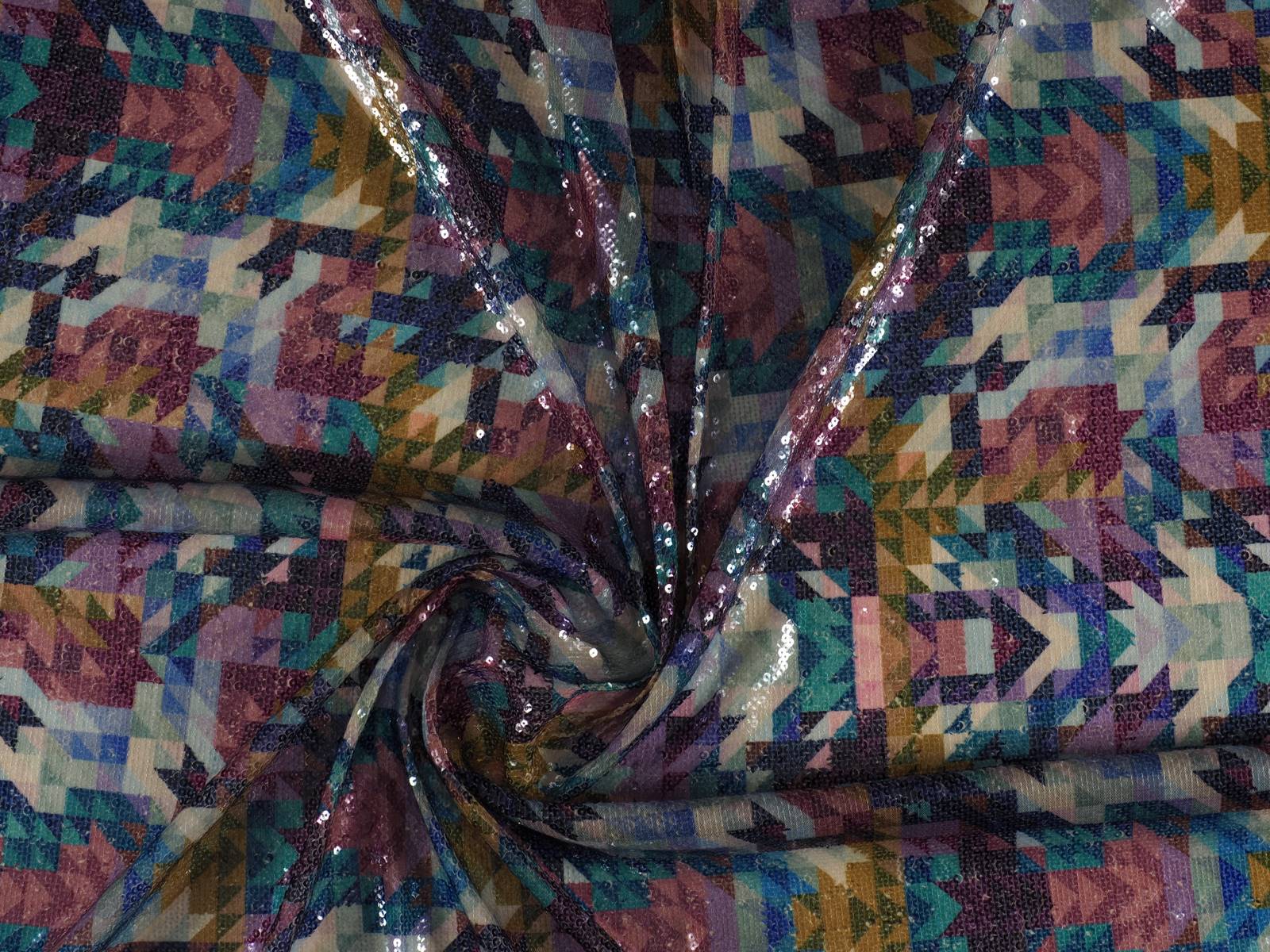
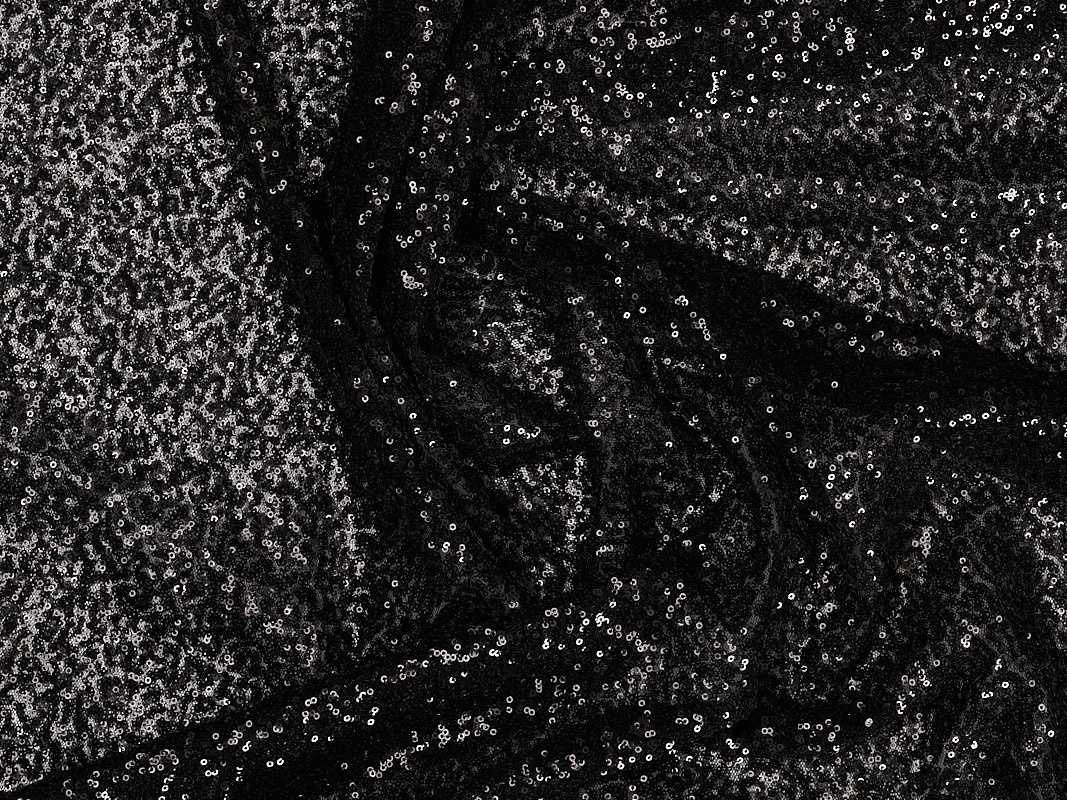
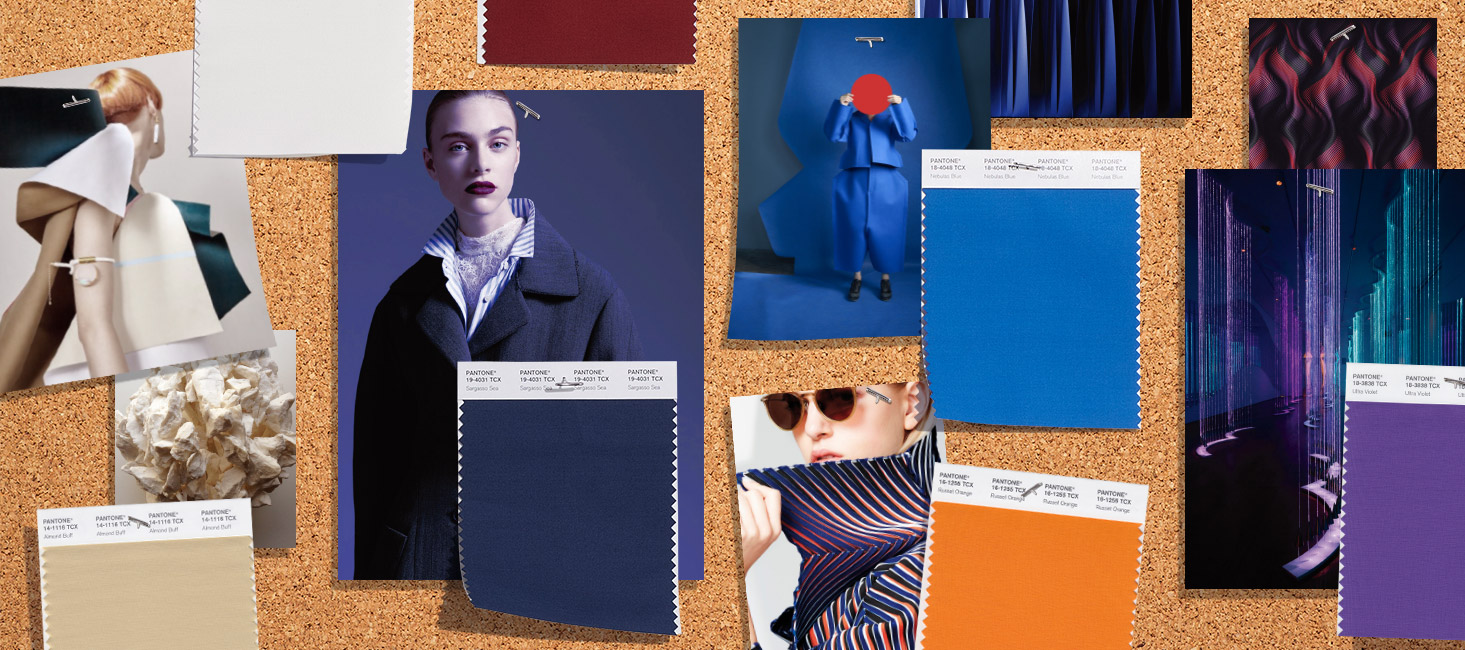
This autumn is especially colourful, with saturated and bright shades that radiate strength and energy for the darkest months of the year, where it is usual for neutral ranges and pale tones to predominate. Now it is just the opposite!
First it was the neon colours, then orange as a transition between summer and autumn and now there are other shades within the colder palette ready to take over. According to a Trends Report from Pantone (the international colour authority), the colours for Autumn-Winter 2018 “express our need for individuality, ingenuity and creativity”. They are unexpected autumnal tones that are complemented by more traditional ones that radiate this desire to break with the seasonal structures. The same report points out that they are “expressive colours that reinvent the history of seasonal colour and allow fashion to play with art and originality”.
Here we reveal four colours that illuminate the looks of autumn and that have already been seen on the catwalks:
1.- Red Pear
This red is the most appealing of the palette and perhaps also the most classic of the fashionable colours. Red Pear is an intense and delicate red that attracts by its exquisite depth. It is a seductive color (reminiscent of burgundy), which admits a great variety of shades and in fabrics it appears frequently thanks to its versatility with fully evocative reliefs and textures. Companies suach as Elie Saab , Bottega Veneta , Roksanda , Givenchy , Lanvin or Oscar de La Renta have incorporated this shade tone into their autumn collections, creating easy-to-match looks.
2.- Ultra Violet
This tonality is more present in our minds because Pantone chose it as the colour of the year 2018. Whilst we thought it was merely a passing mention, this radiant hue of violet appears in all its splendour in the autumn collections. It is a bold tone linked with creativity and imagination. In fabrics such as velvet Ultra Violet acquires a more sophisticated side, although it also suits floral embroidery and Jacquard. On the catwalk companies such as Moschino, Tibi, Salvatore Ferragamo , Marni or Dolce & Gabbana have shown daring with this variety of violet.
-
Crocus Petal
We continue with violet shades by focusing now on their softer version. Crocus Petal, according to Pantone is “a cultivated and refined shade that brings a feeling of lightness”. It is a very feminine pastel tone that softens traits and stands out from the rest for its unique character, a colour which enhances movement and which in fabrics can be appreciated very well on soft, smooth textures and with slight reflections. On the catwalk Crocus Petal has been seen in designs by Acne Studios, Miu Miu and Ashley Williams.
-
Quetzal Green
Deep, evocative, sophisticated … this shade of greenish blue is simply breathtaking. It is a colour that abounds in nature in certain bird plumages which stand out against females of the same species: ducks, peacocks … It is a beautiful mix of deep blue and turquoise that aligns with elegance and that allows practically all the textures that highlight the nuances of this rich colour. On the catwalk companies such as Alexander McQueen, Alberta Ferretti, Paul Smith or Self-Portrait have all given full expression to Quetzal Green.









